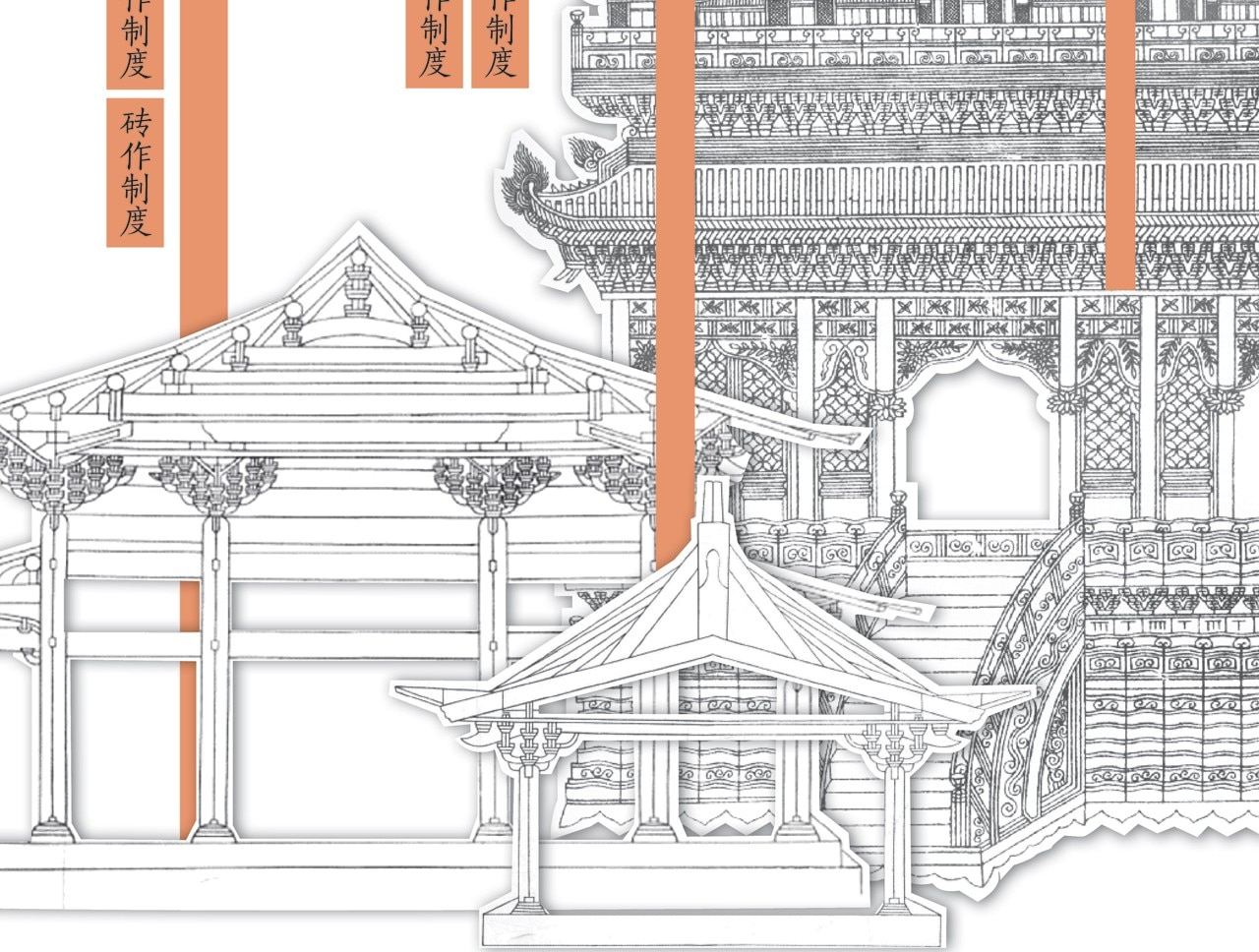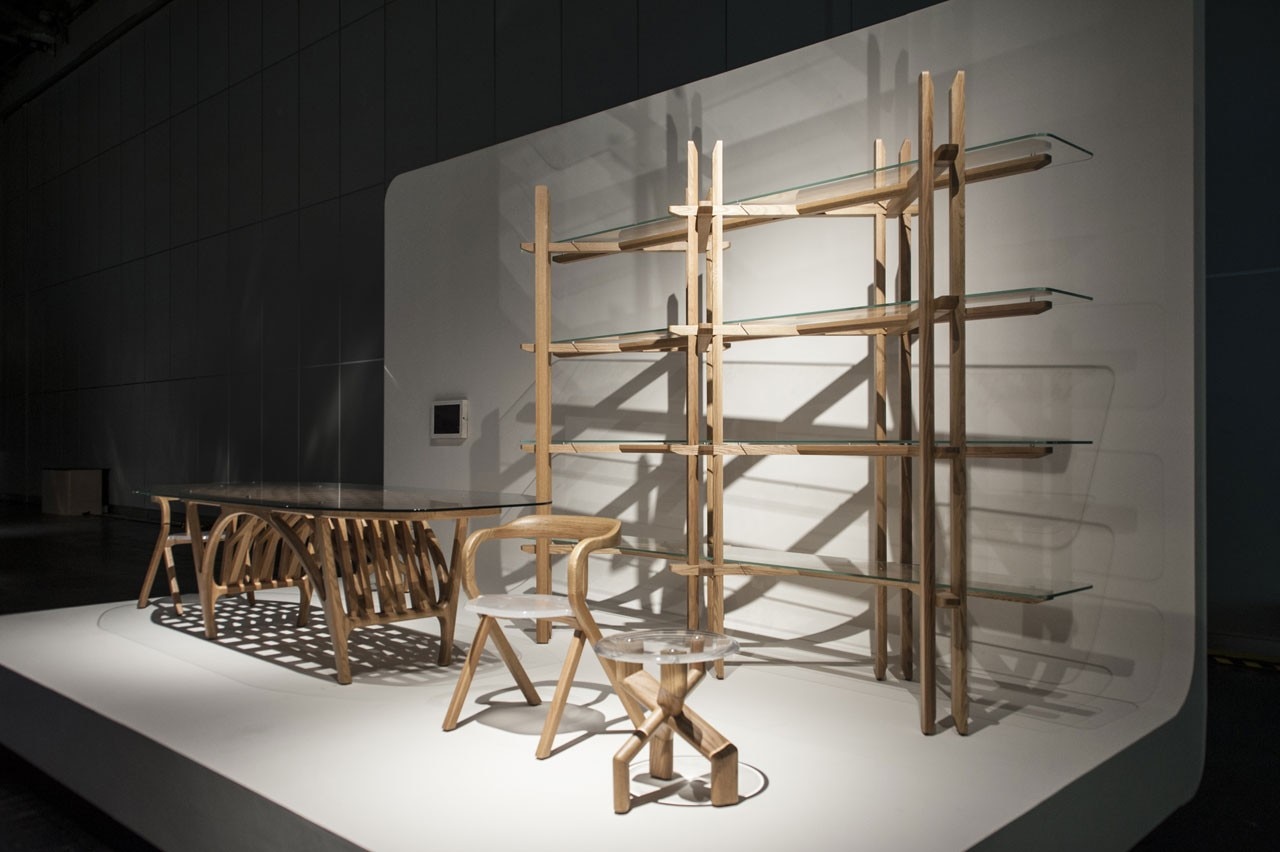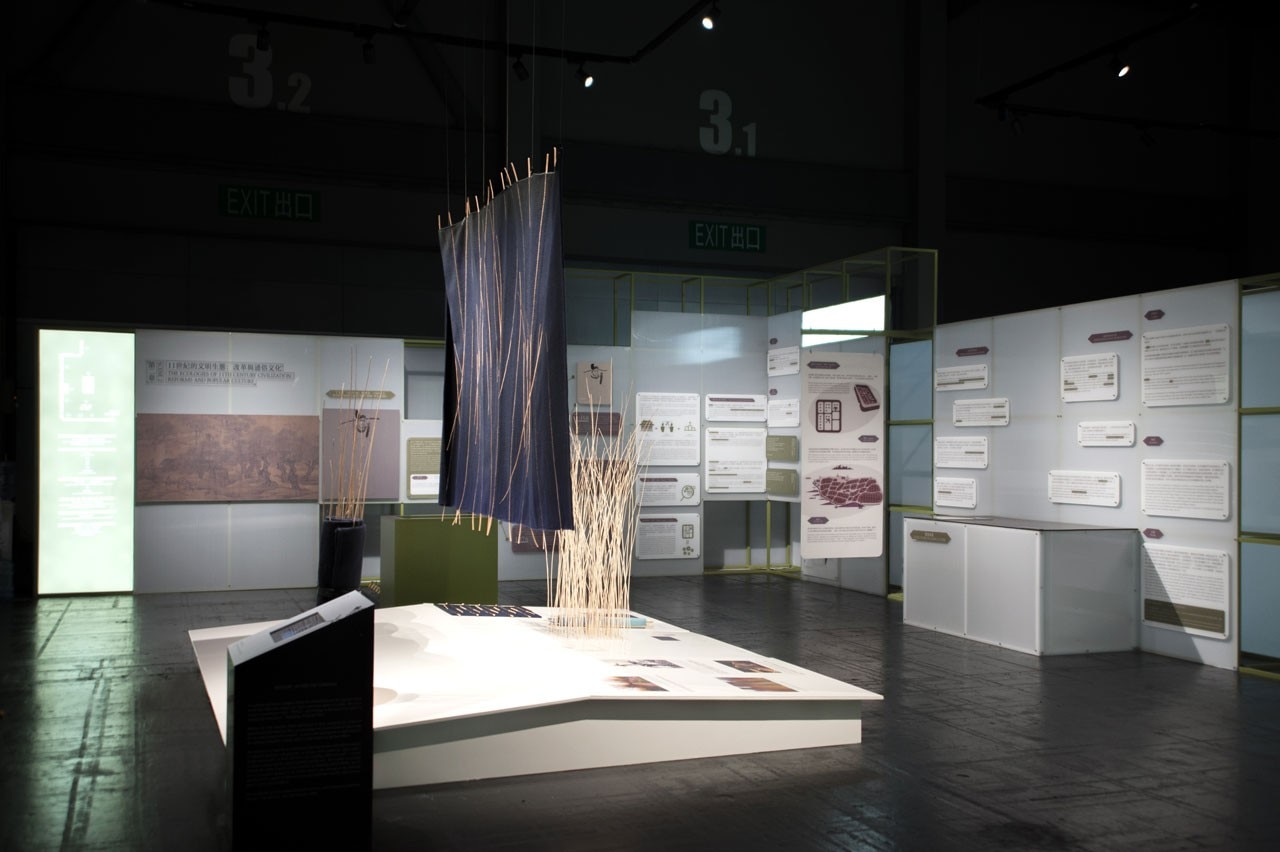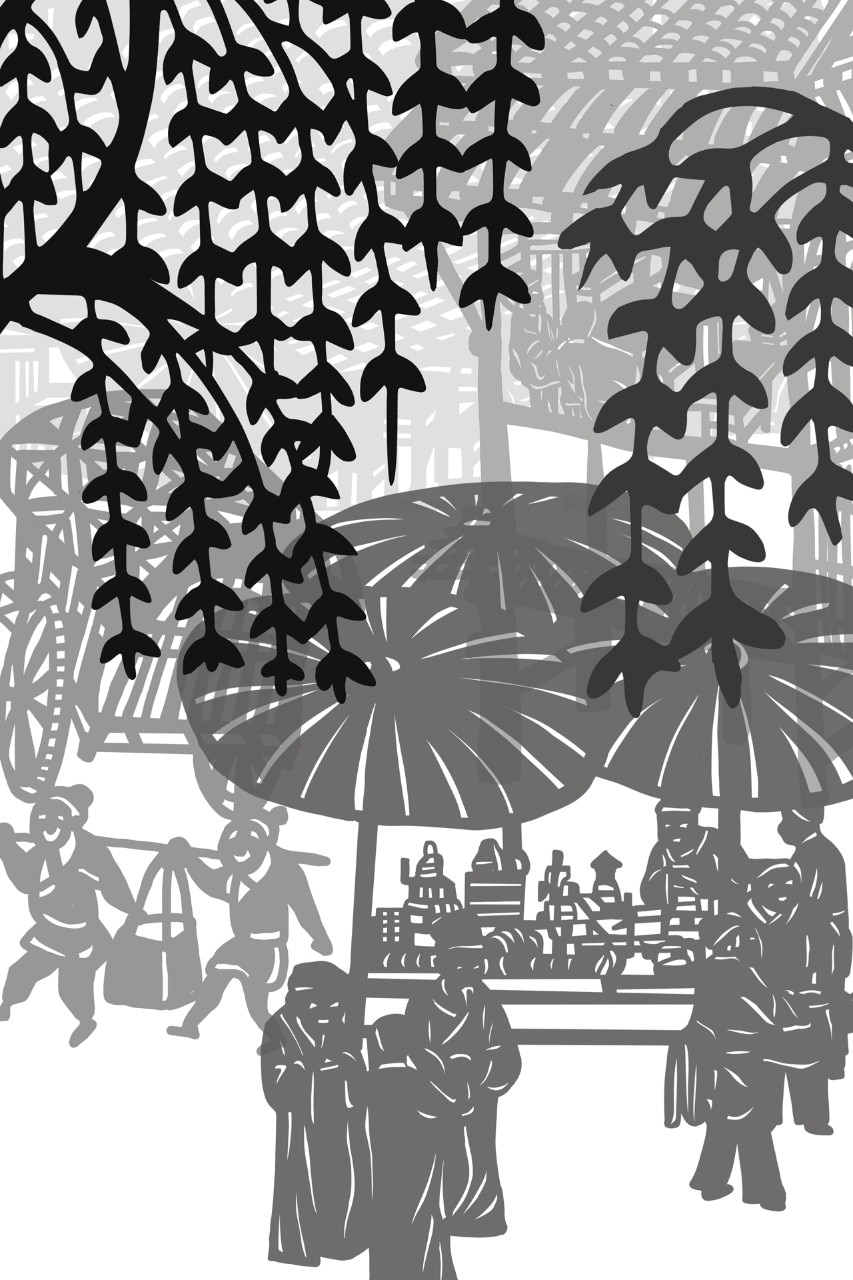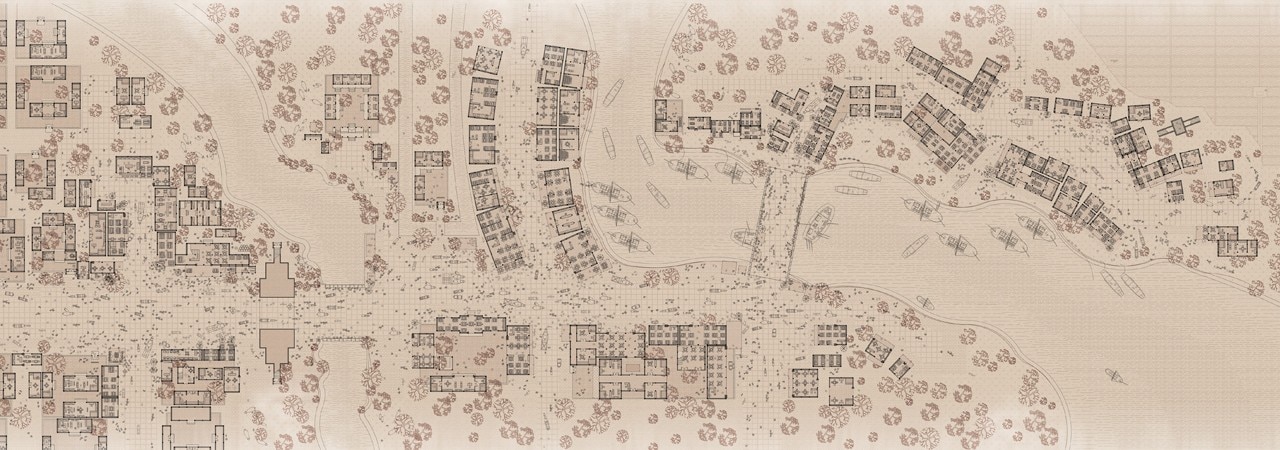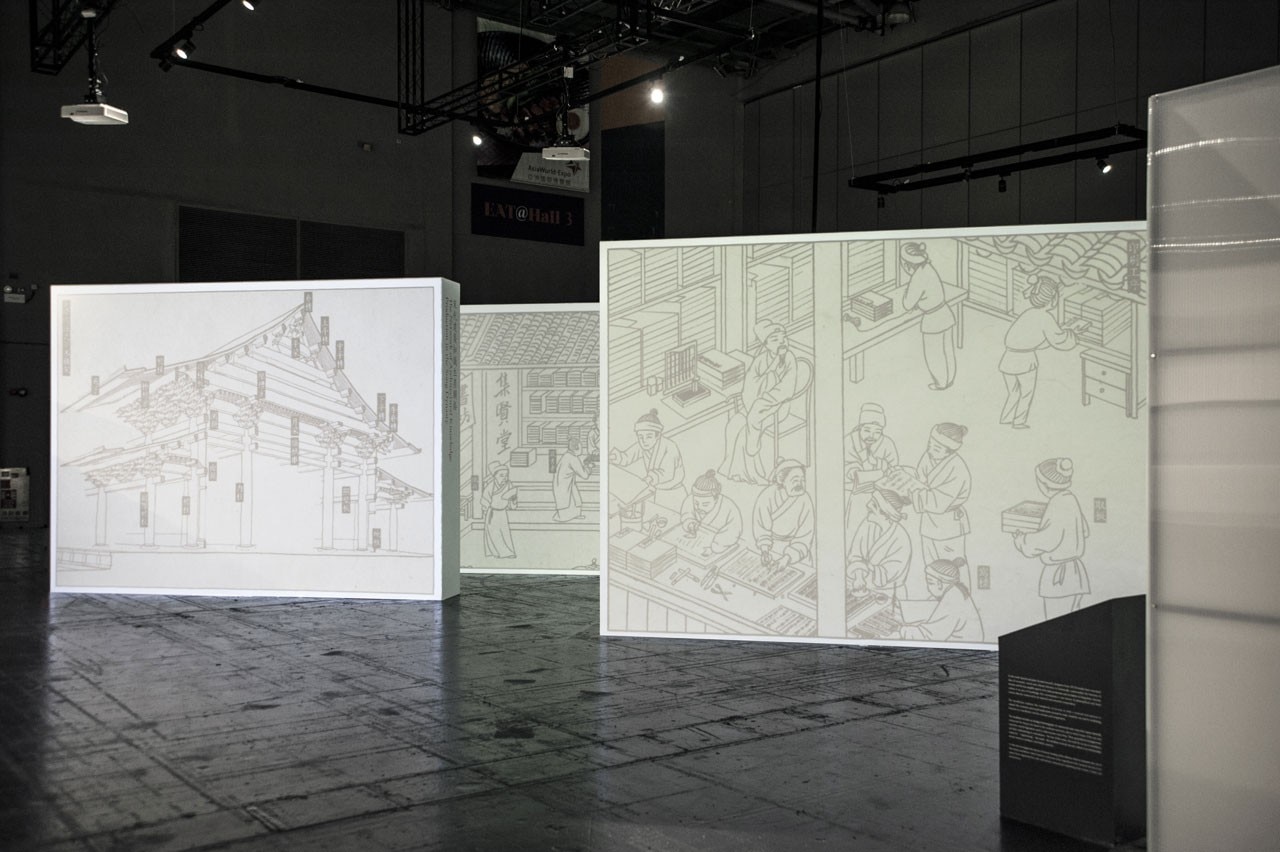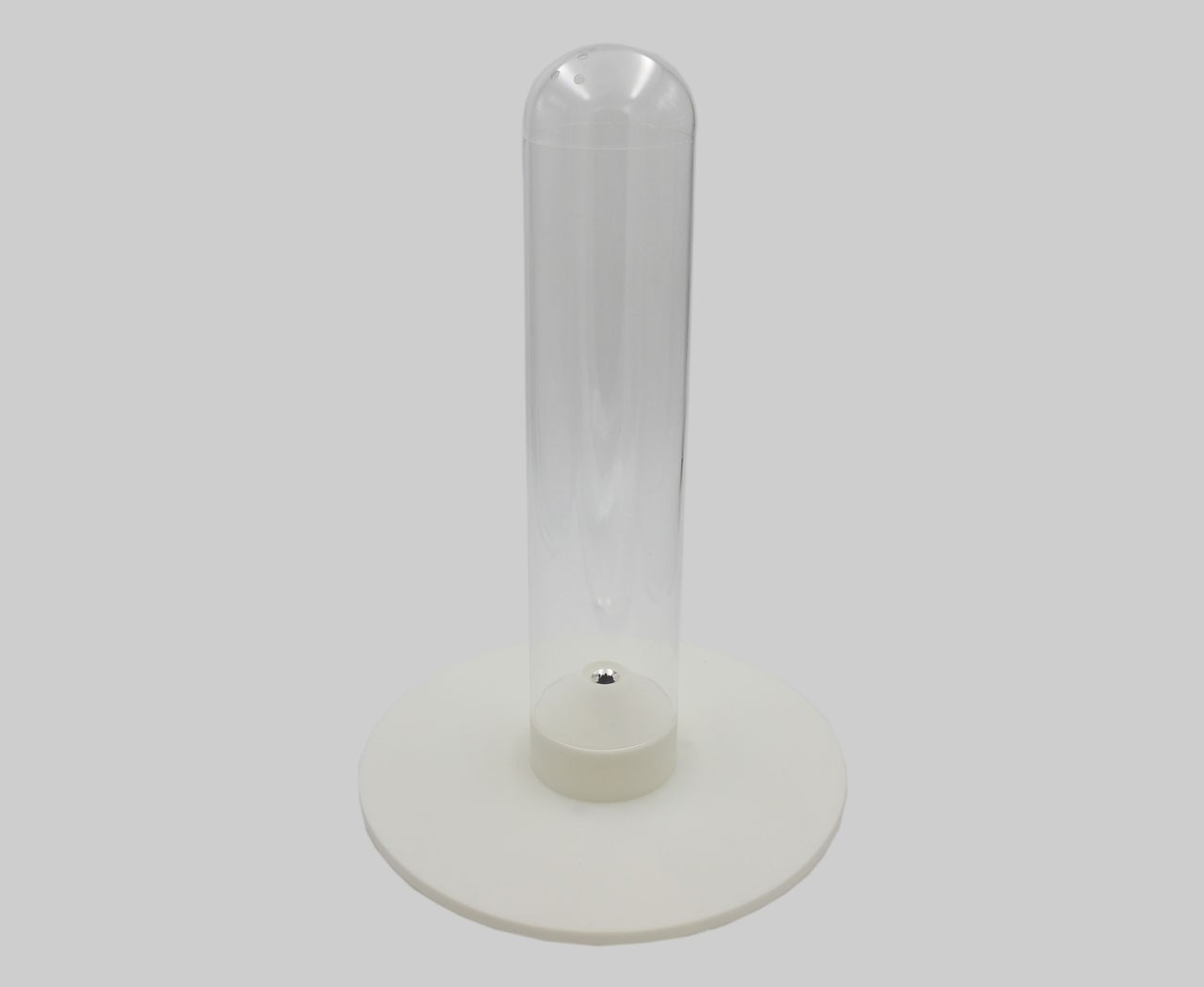Spring Time Along the River by Zhāng Zé Duān (1085-1145) is a painting that depicts the daily life of people along the landscape of Biàn River in the capital city of Biànjīng (present-day Kāi Fēng) of the Northern Song Dynasty. As one of the early examples of ‘ruler painting’, the work depicts its subject – architecture and objects – in greatest detail and realistically. It is also called a scroll painting and tells the story of an ideal city from the morning (right) till the afternoon (left), taking a section along the river and the city gate, depicting the transformation at the edge of the city.
Opened this summer, at the Asia World Expo Hong Kong, the exhibition “A day in an open city: a journey through Springtime along the river” brought a digital version of this painting to Hong Kong, for the second time. Curated by Beatrice Leanza – recently nominated new director of MAAT Museum in Lisbon –, the exhibition took on a complete shift in direction, starting with a rigorous analysis of what the drawing depicts, and re-interpreting this knowledge with a contemporary perspective. “The painting has an enticing character as it drives people into the work itself and into the story, and I thought that this is exactly what an exhibition does; it drives audiences within narratives.”
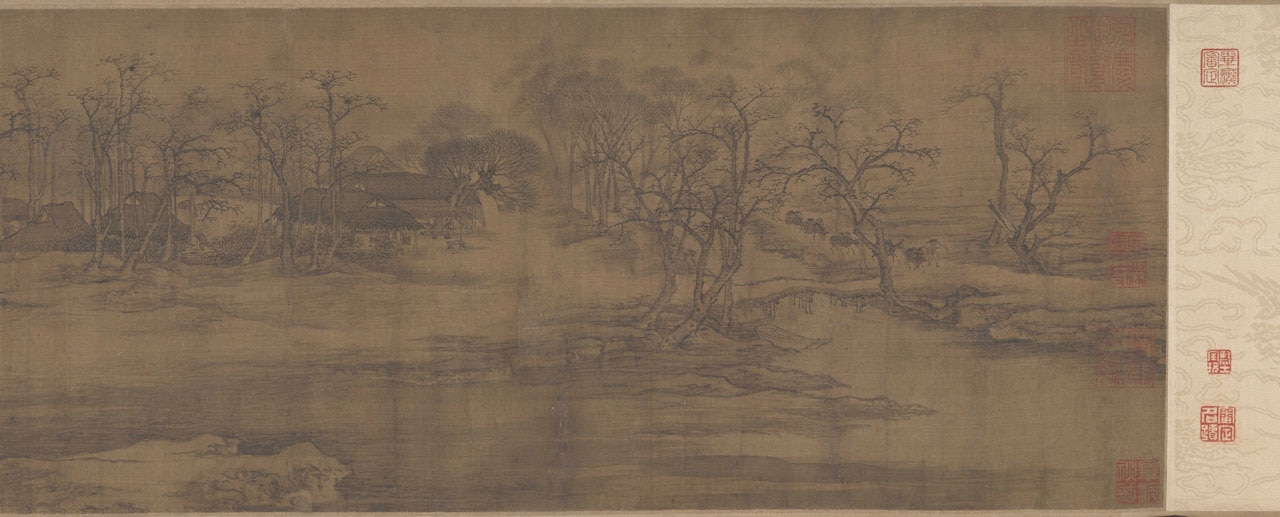
 View gallery
View gallery
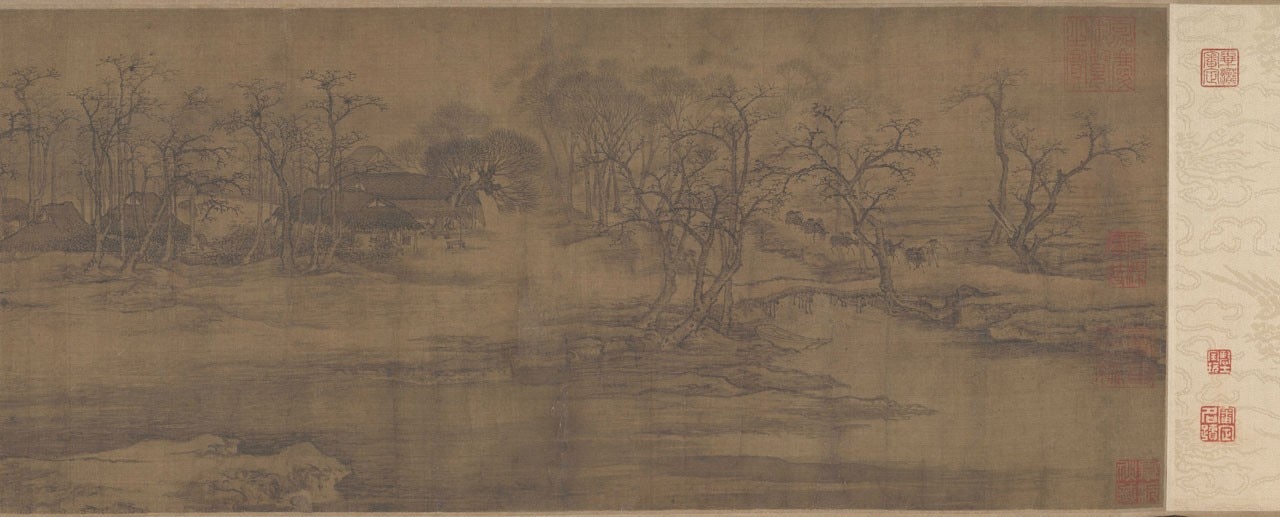
A day in an open city: a journey through “Springtime along the river”
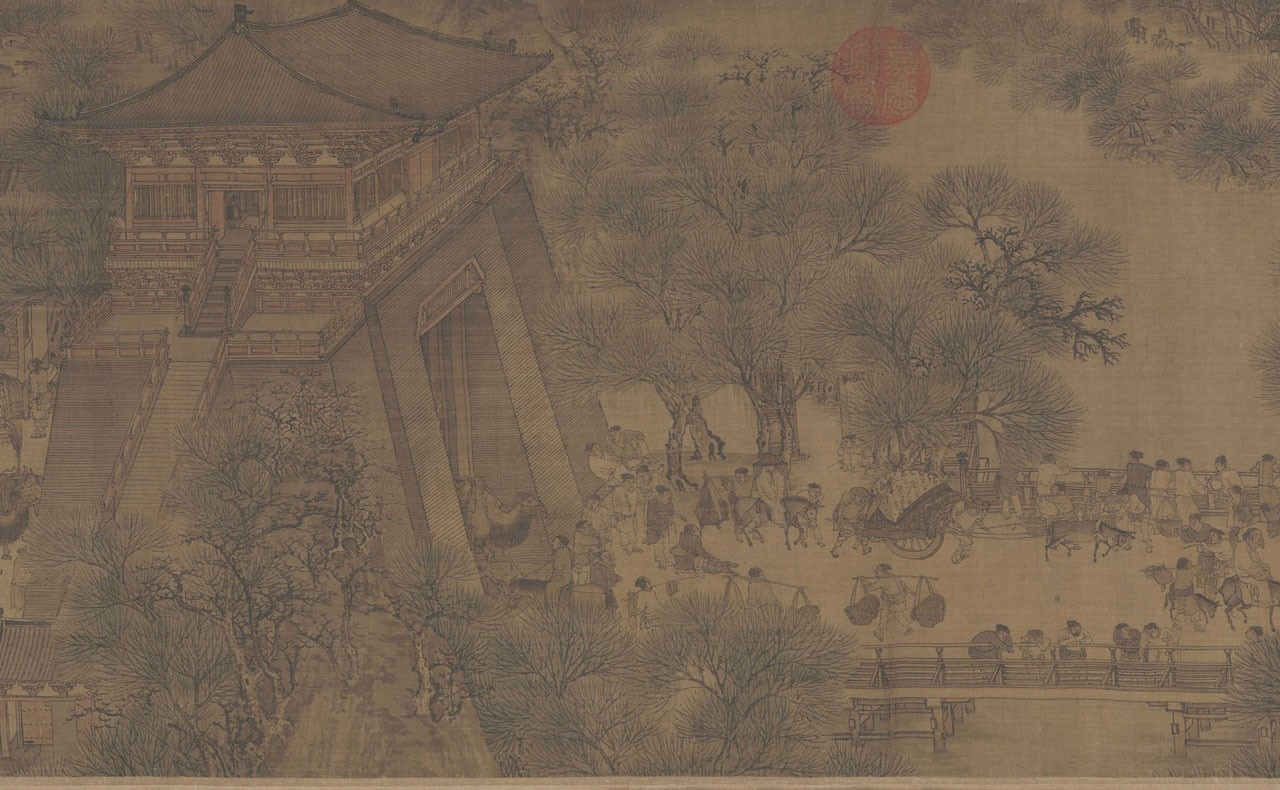
A day in an open city: a journey through “Springtime along the river”

A day in an open city: a journey through “Springtime along the river”

A day in an open city: a journey through “Springtime along the river”
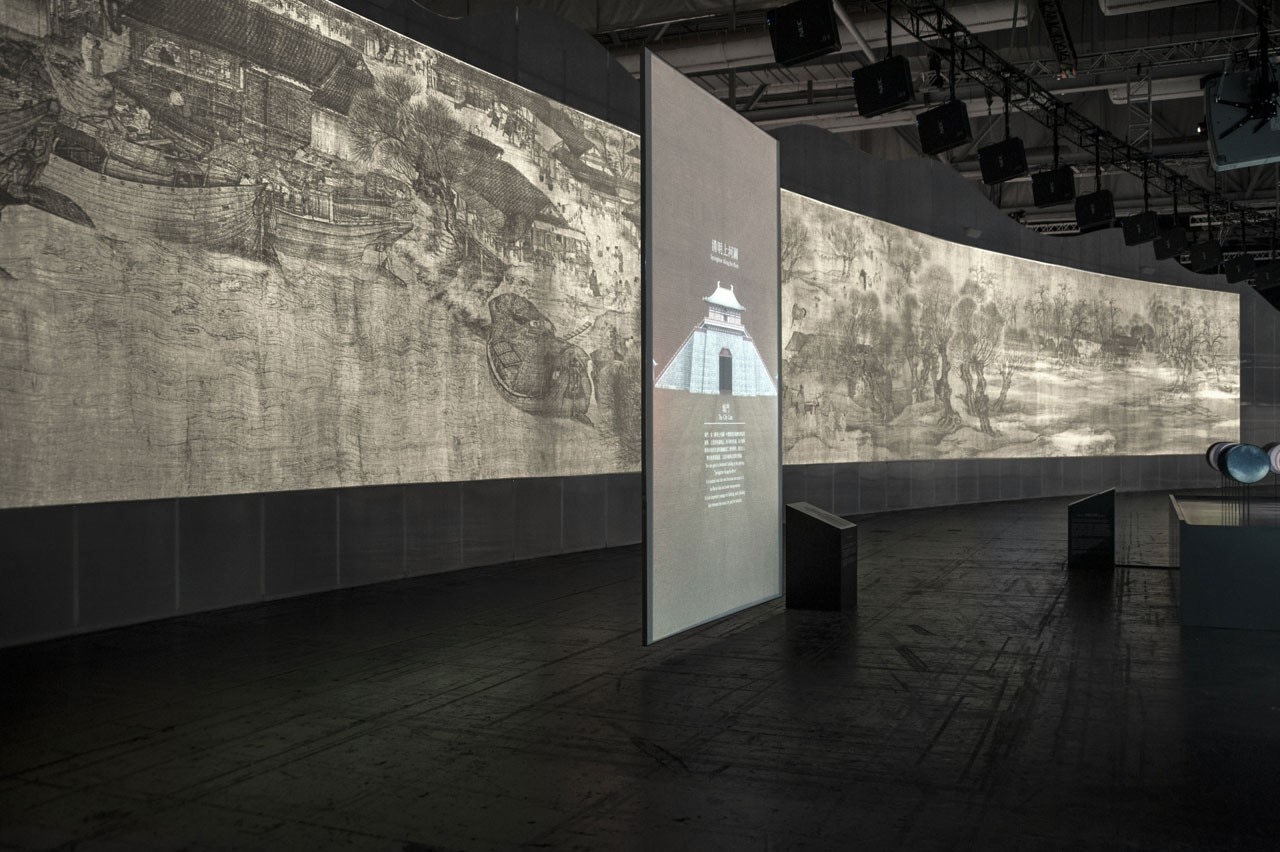
A day in an open city: a journey through “Springtime along the river”
Exhibition view, Hong Kong, 2019
Photo Nicola Saladino
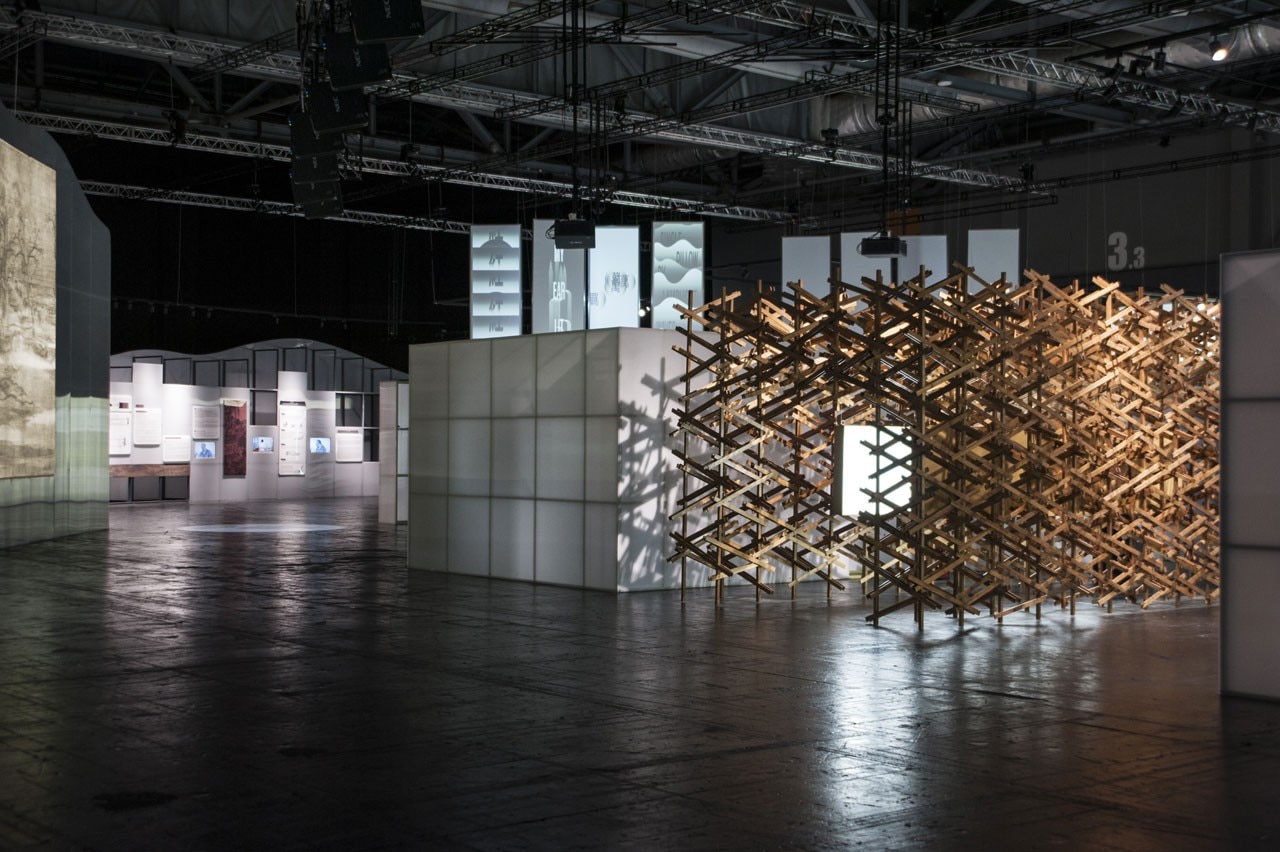
A day in an open city: a journey through “Springtime along the river”
Exhibition view, Hong Kong, 2019
Photo Nicola Saladino
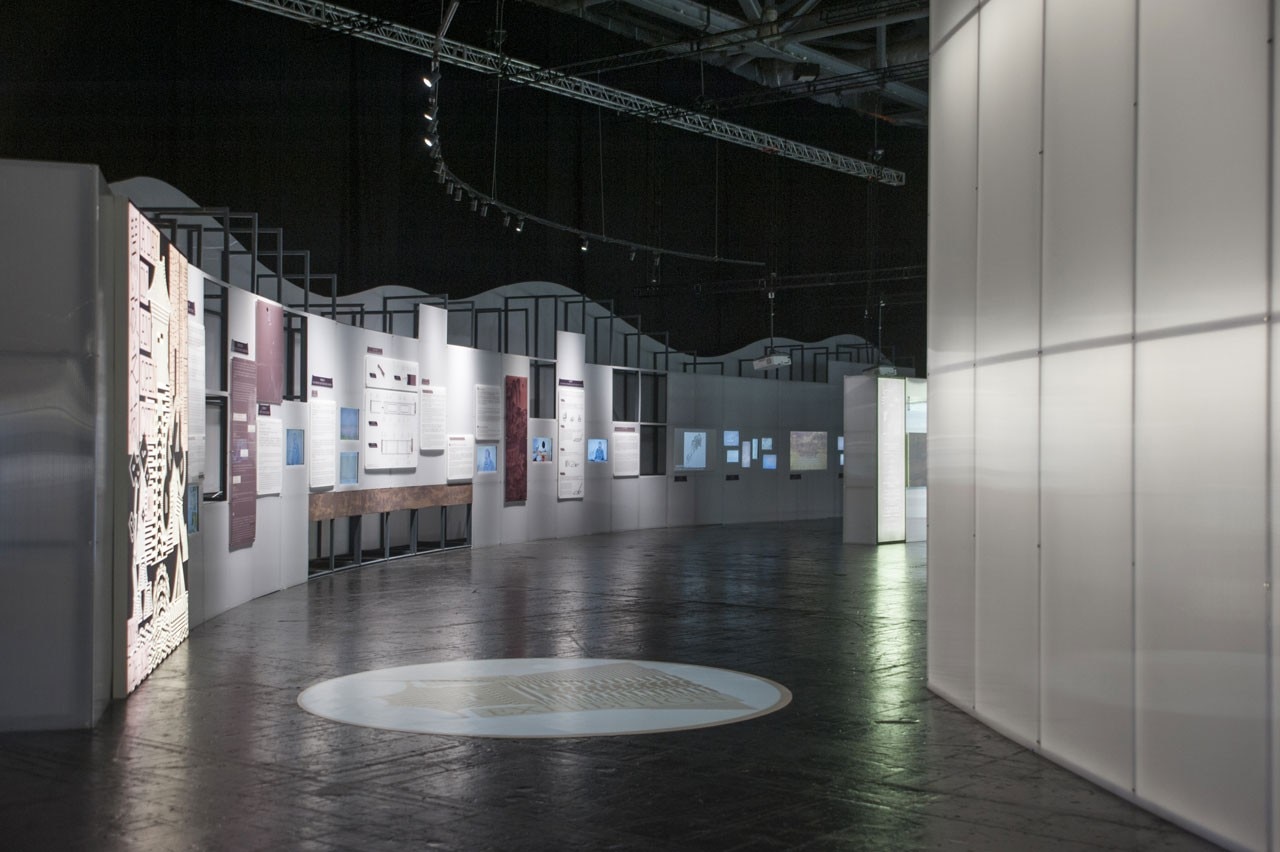
A day in an open city: a journey through “Springtime along the river”
Exhibition view, Hong Kong, 2019
Photo Nicola Saladino
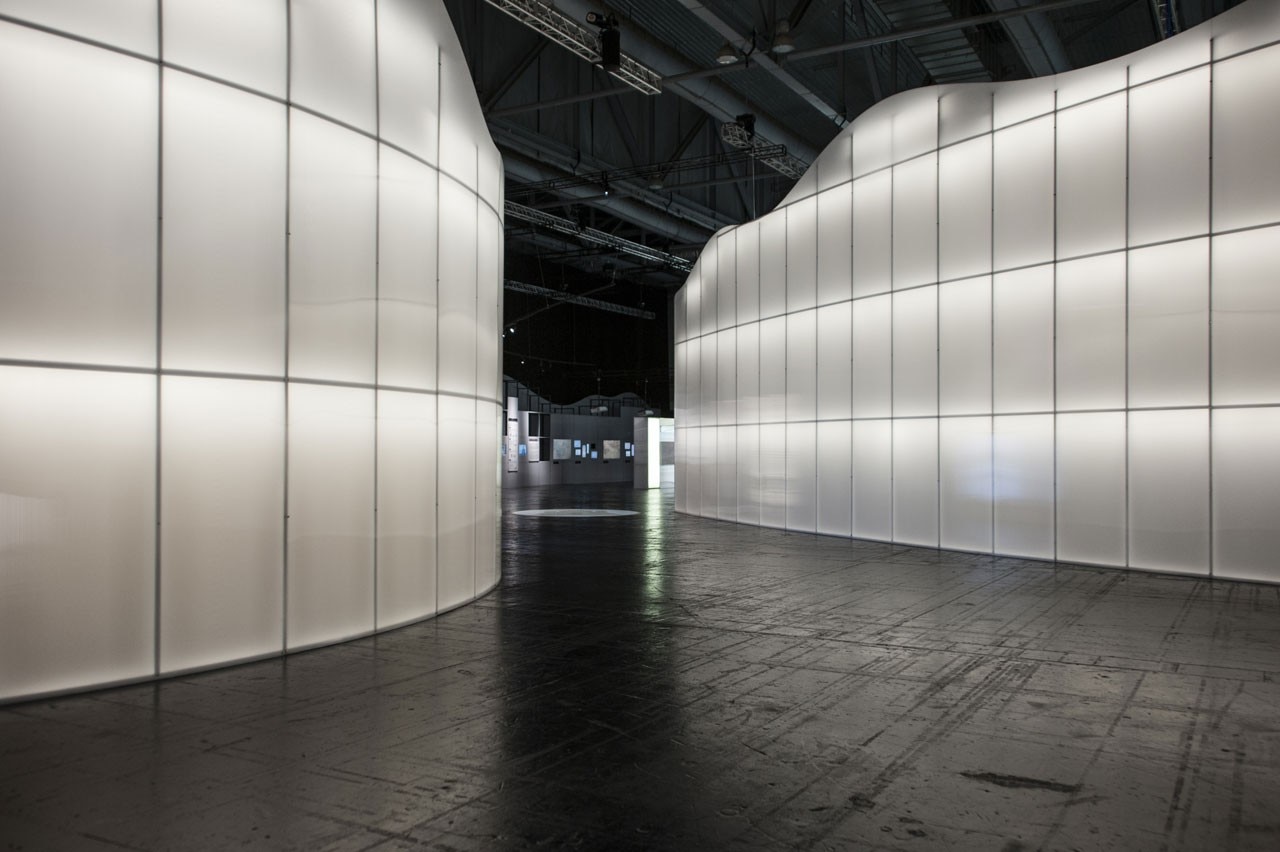
A day in an open city: a journey through “Springtime along the river”
Exhibition view, Hong Kong, 2019
Photo Nicola Saladino
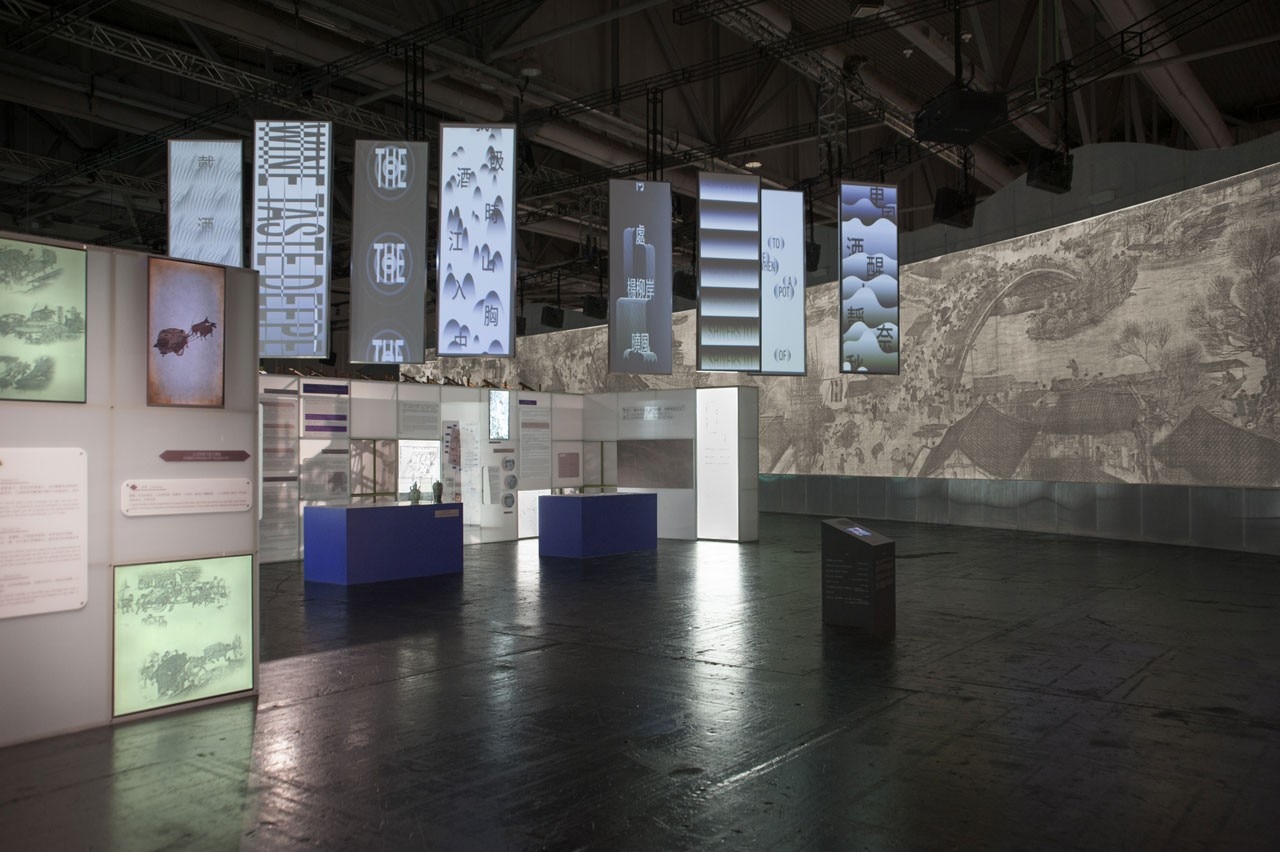
A day in an open city: a journey through “Springtime along the river”
Exhibition view, Hong Kong, 2019
Photo Nicola Saladino
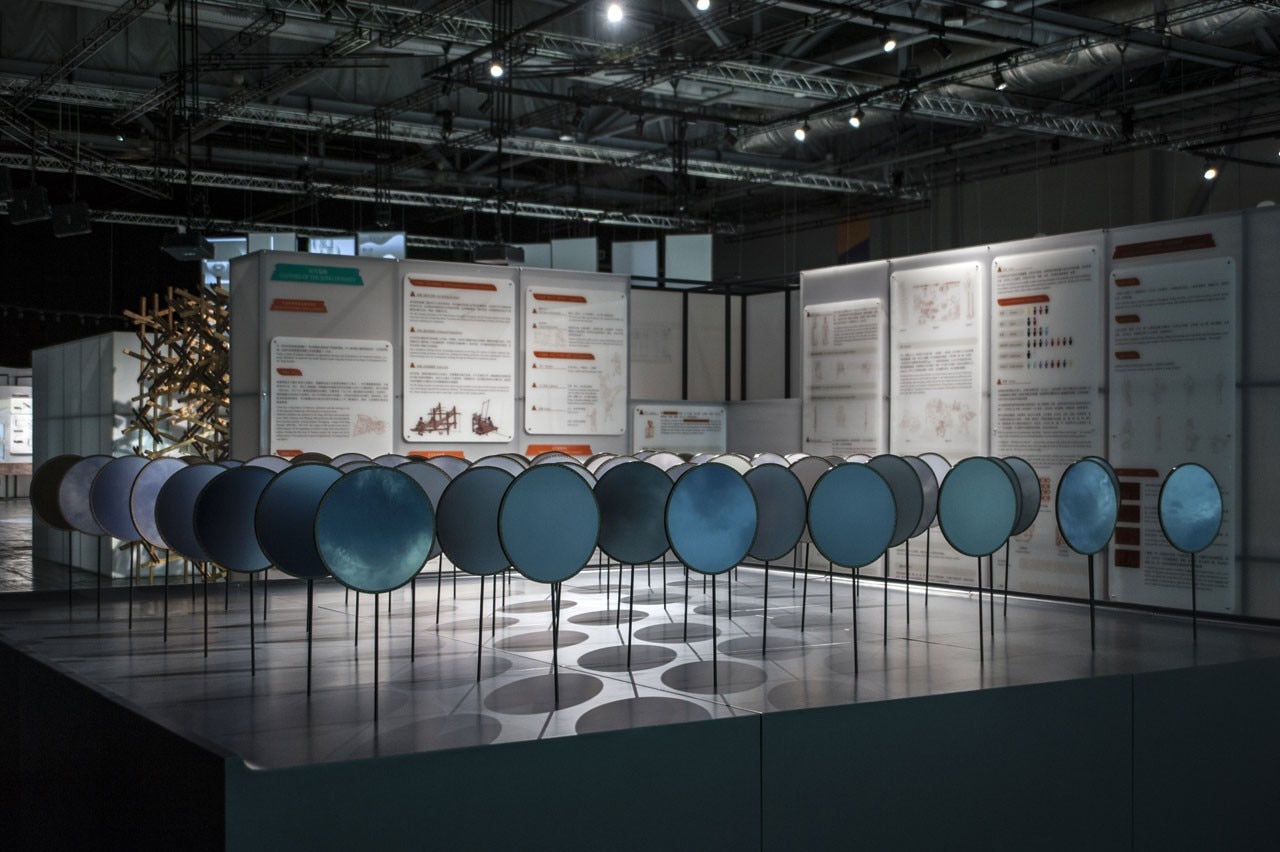
A day in an open city: a journey through “Springtime along the river”
Photo Nicola Saladino
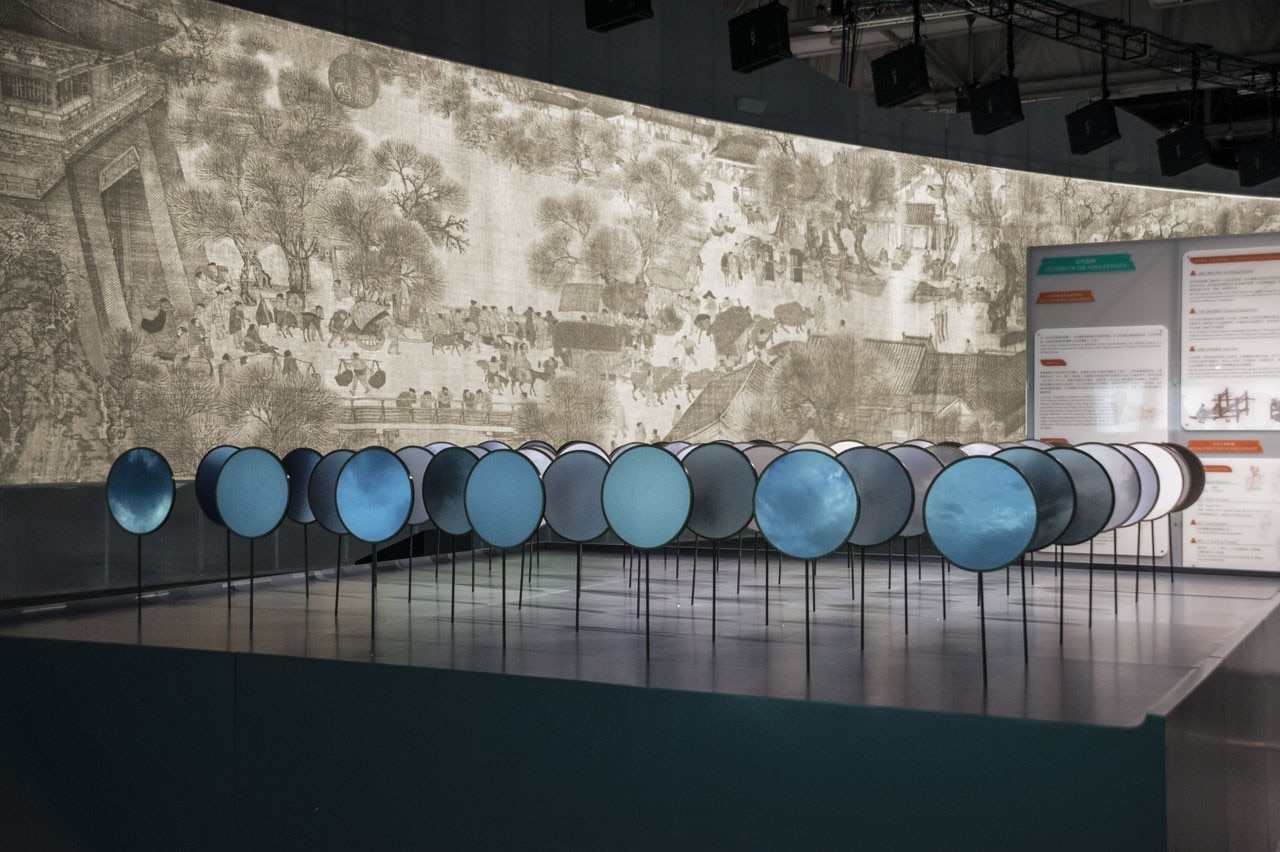
A day in an open city: a journey through “Springtime along the river”
Photo Nicola Saladino
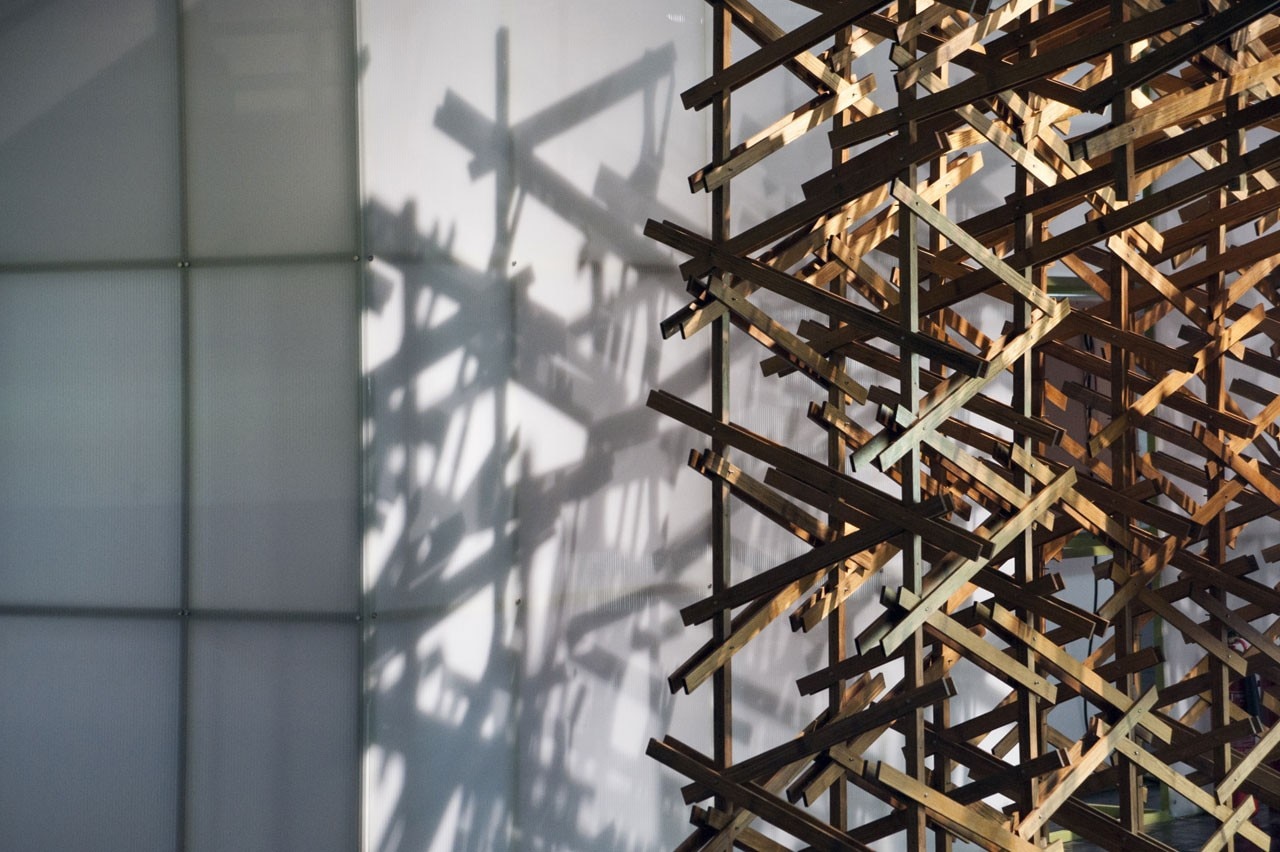
A day in an open city: a journey through “Springtime along the river”
Exhibition view, Hong Kong, 2019
Photo Nicola Saladino
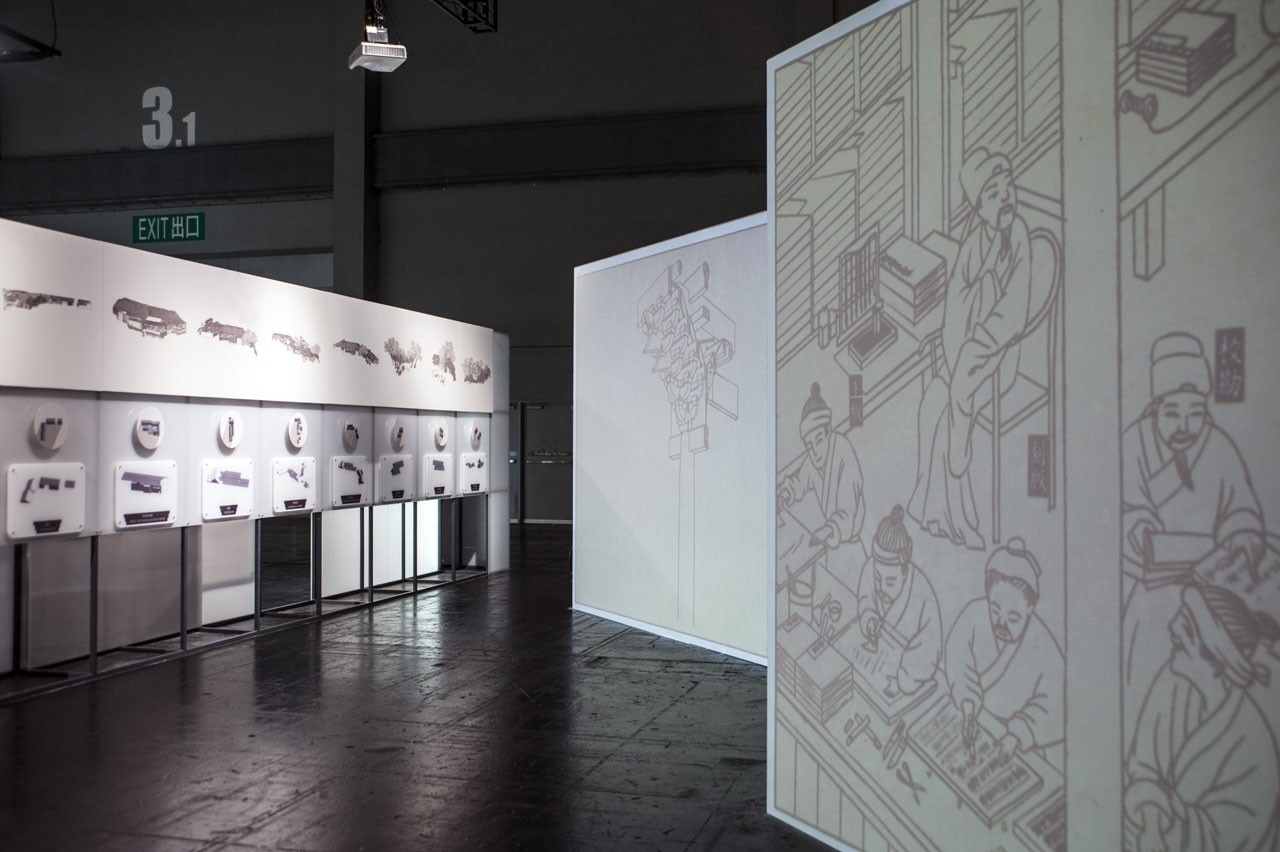
A day in an open city: a journey through “Springtime along the river”
Exhibition view, Hong Kong, 2019
Photo Nicola Saladino
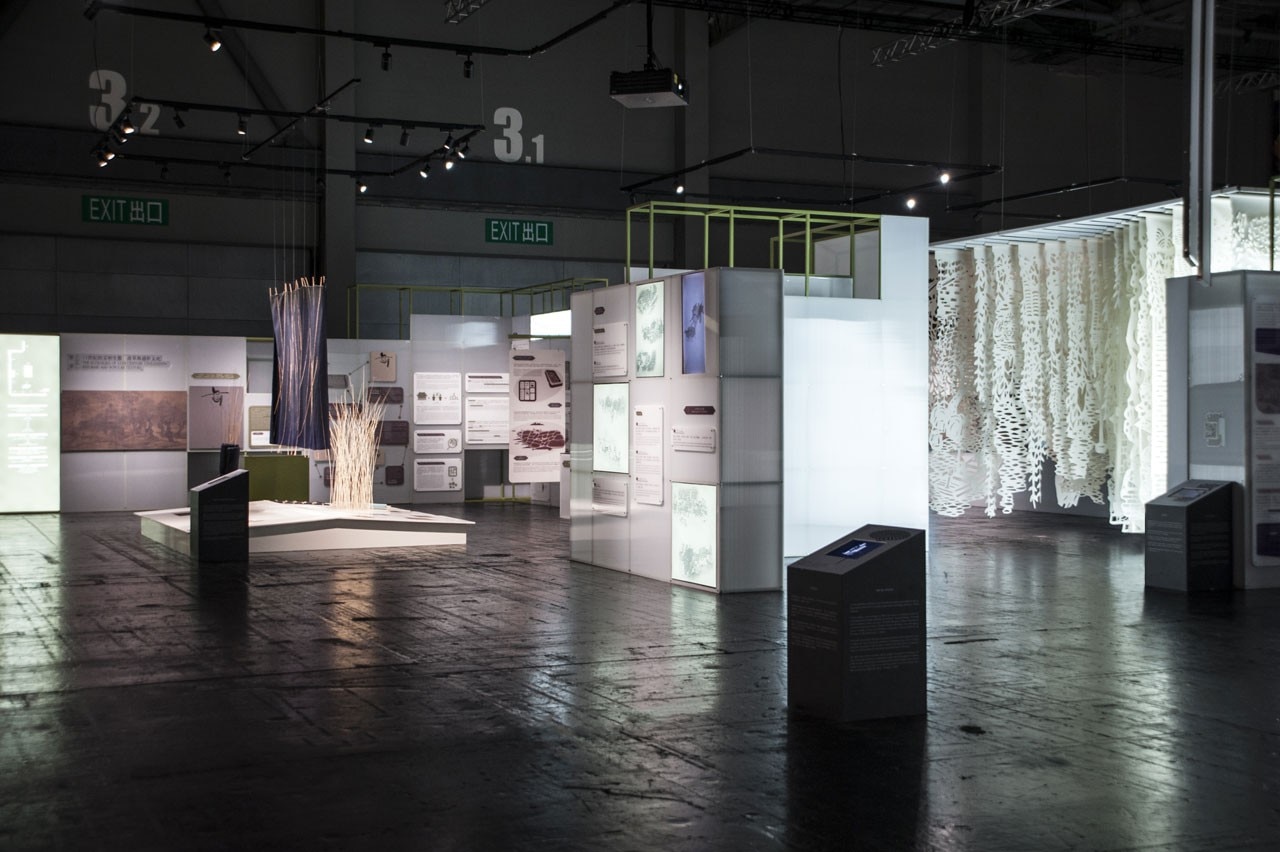
A day in an open city: a journey through “Springtime along the river”
Exhibition view, Hong Kong, 2019
Photo Nicola Saladino
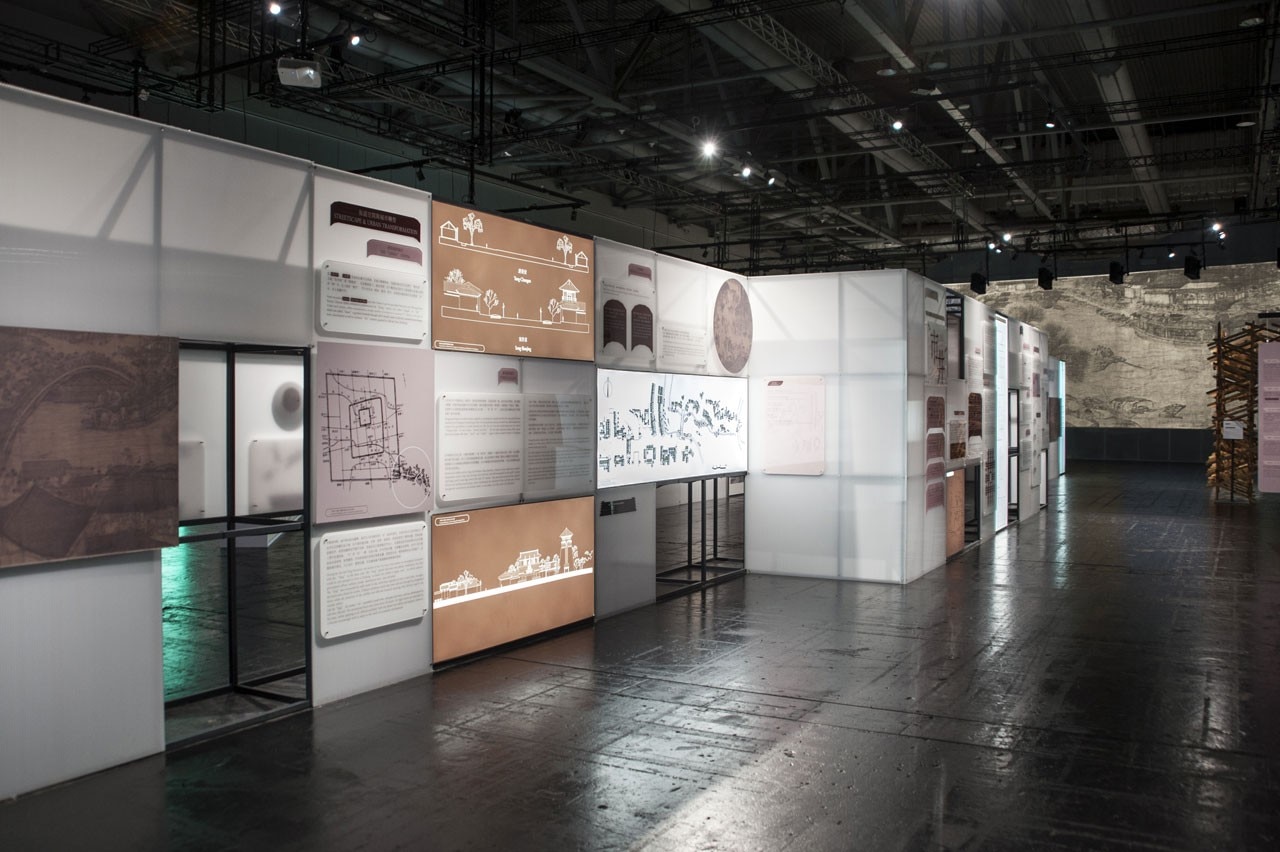
A day in an open city: a journey through “Springtime along the river”
Exhibition view, Hong Kong, 2019
Photo Nicola Saladino
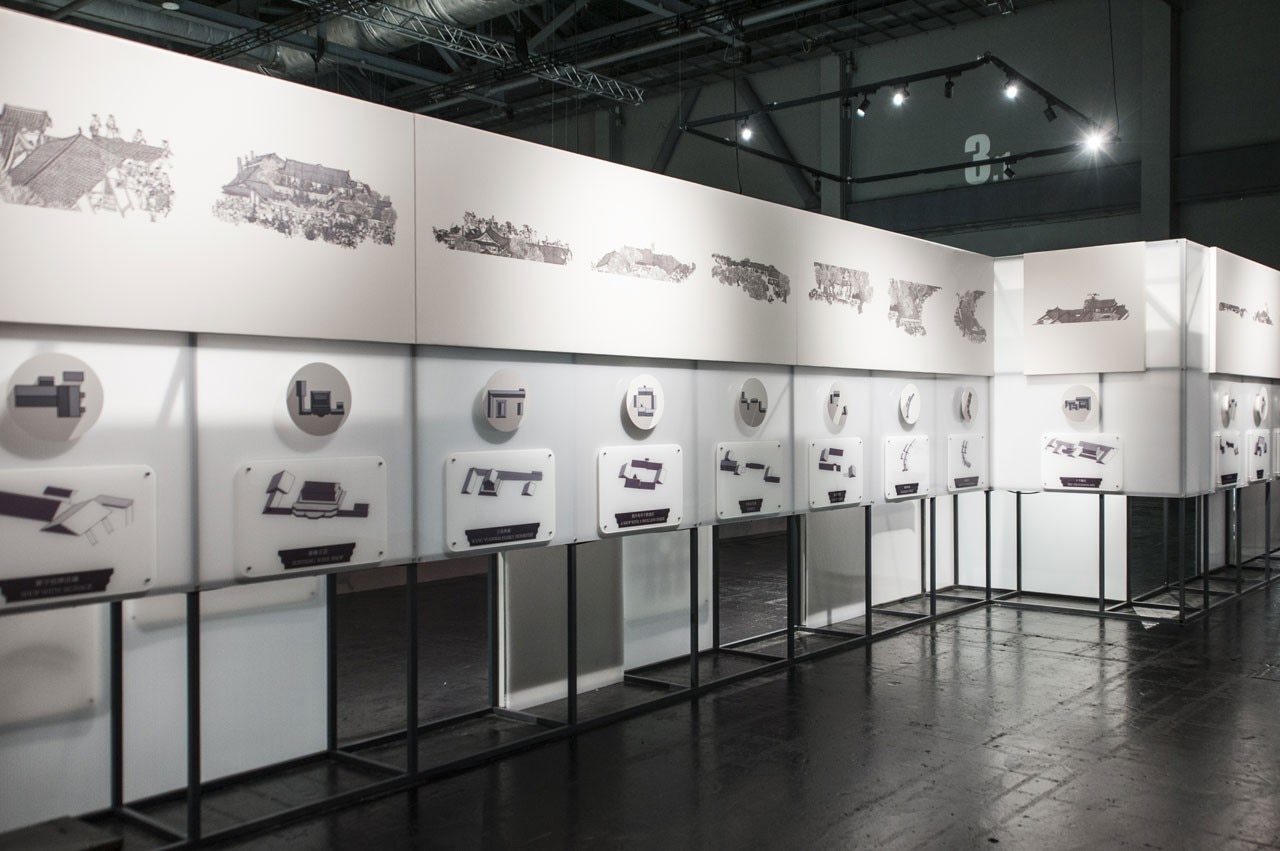
A day in an open city: a journey through “Springtime along the river”
Exhibition view, Hong Kong, 2019
Photo Nicola Saladino
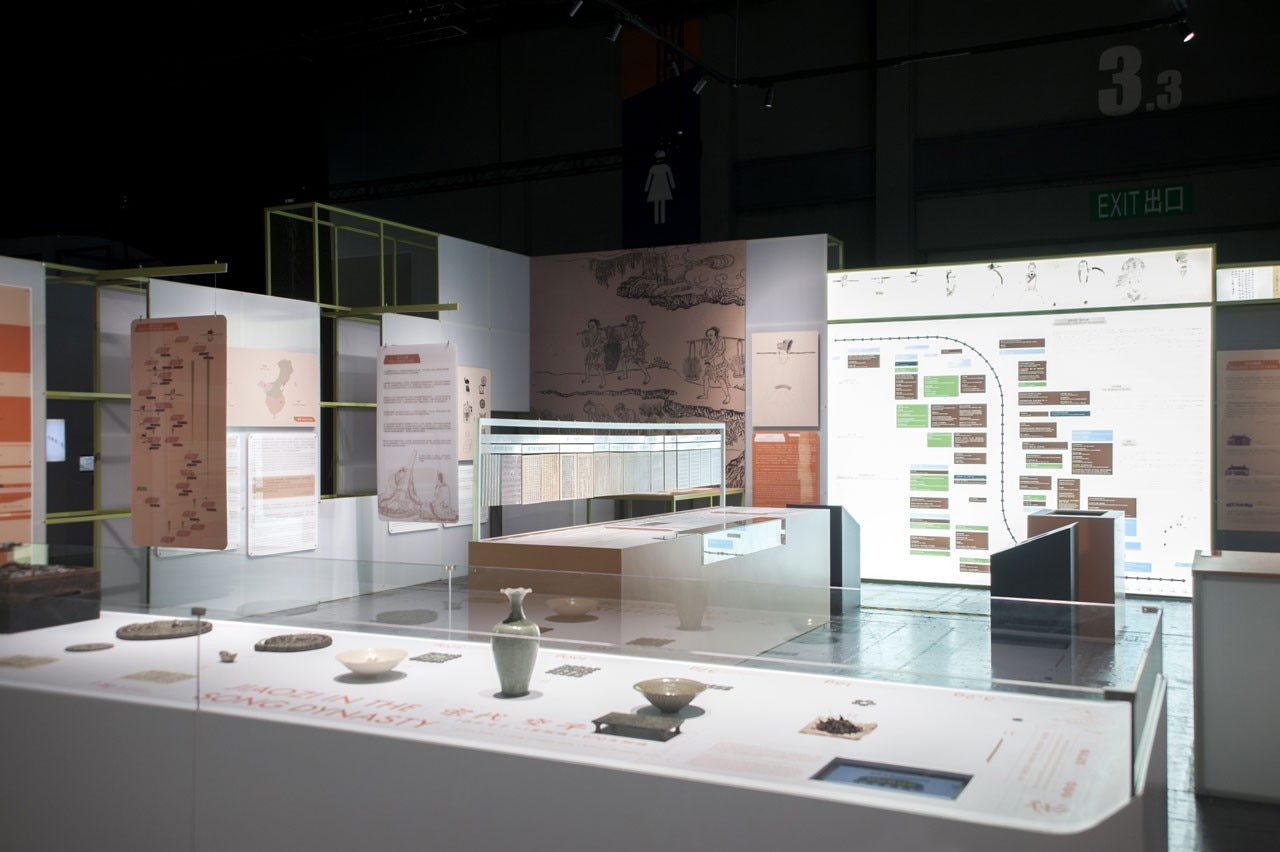
A day in an open city: a journey through “Springtime along the river”
Exhibition view, Hong Kong, 2019
Photo Nicola Saladino
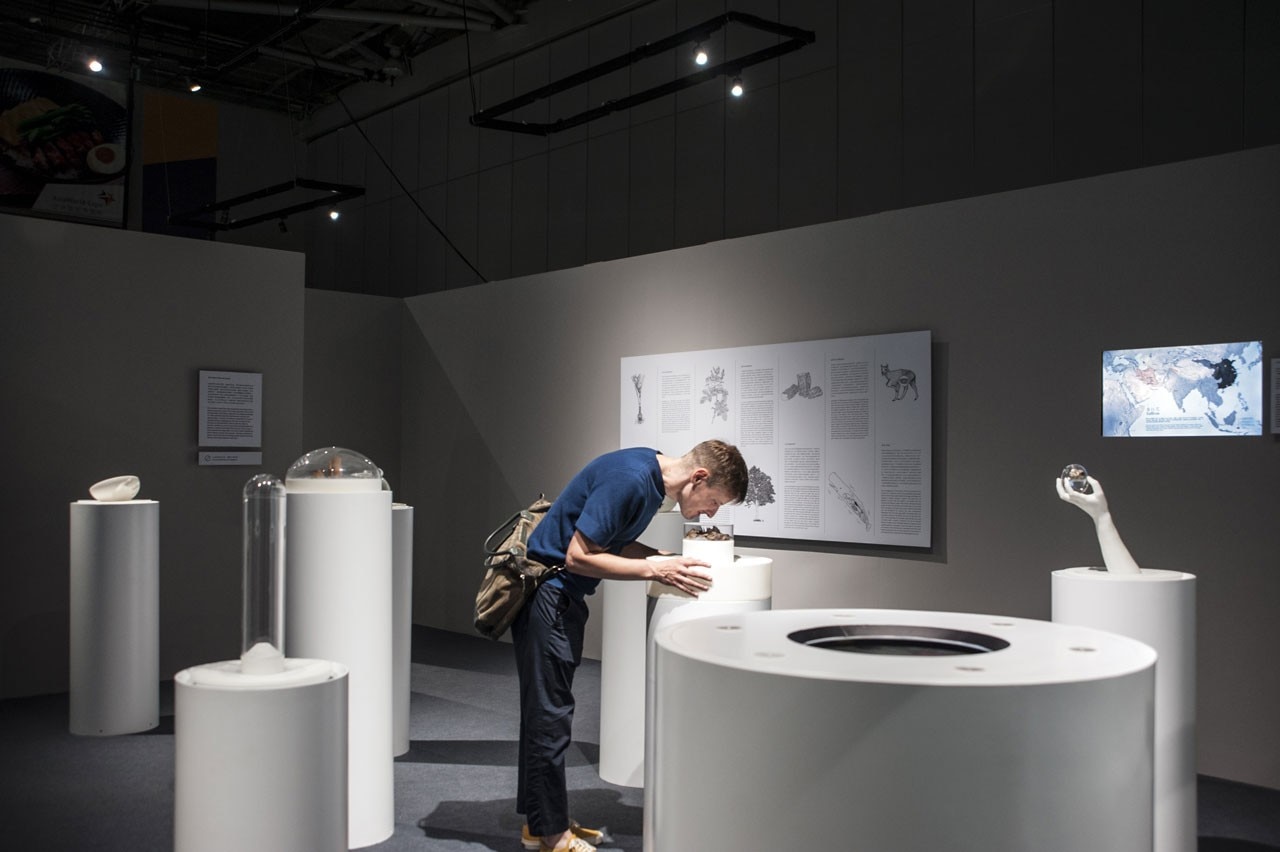
A day in an open city: a journey through “Springtime along the river”
Exhibition view, Hong Kong, 2019
Photo Nicola Saladino

A day in an open city: a journey through “Springtime along the river”

A day in an open city: a journey through “Springtime along the river”

A day in an open city: a journey through “Springtime along the river”

A day in an open city: a journey through “Springtime along the river”

A day in an open city: a journey through “Springtime along the river”
Exhibition view, Hong Kong, 2019
Photo Nicola Saladino

A day in an open city: a journey through “Springtime along the river”
Exhibition view, Hong Kong, 2019
Photo Nicola Saladino

A day in an open city: a journey through “Springtime along the river”
Exhibition view, Hong Kong, 2019
Photo Nicola Saladino

A day in an open city: a journey through “Springtime along the river”
Exhibition view, Hong Kong, 2019
Photo Nicola Saladino

A day in an open city: a journey through “Springtime along the river”
Exhibition view, Hong Kong, 2019
Photo Nicola Saladino

A day in an open city: a journey through “Springtime along the river”
Photo Nicola Saladino

A day in an open city: a journey through “Springtime along the river”
Photo Nicola Saladino

A day in an open city: a journey through “Springtime along the river”
Exhibition view, Hong Kong, 2019
Photo Nicola Saladino

A day in an open city: a journey through “Springtime along the river”
Exhibition view, Hong Kong, 2019
Photo Nicola Saladino

A day in an open city: a journey through “Springtime along the river”
Exhibition view, Hong Kong, 2019
Photo Nicola Saladino

A day in an open city: a journey through “Springtime along the river”
Exhibition view, Hong Kong, 2019
Photo Nicola Saladino

A day in an open city: a journey through “Springtime along the river”
Exhibition view, Hong Kong, 2019
Photo Nicola Saladino

A day in an open city: a journey through “Springtime along the river”
Exhibition view, Hong Kong, 2019
Photo Nicola Saladino

A day in an open city: a journey through “Springtime along the river”
Exhibition view, Hong Kong, 2019
Photo Nicola Saladino
Tying together crucial aspects of Song culture, its economy, politics, urbanism, technologies, architecture, typography, fashion, mythologies, trees, animals, wine, and poetry; as well as the design installations that connect what is seemingly ancient history to the present day, a confluence of knowledges and intelligences is introduced to the audience, just like the original drawing does brilliantly, by including the intelligences of human and nonhuman agencies, such as the machine intelligence of Song's automata, the knowledge of nature, such as the willow trees and wine making, and that of mythologies and symbols.
An ancient Chinese belief suggests that a city is an industrial engine designed by cosmic mandate. “Springtime Along the River” is a provocative and timely re-make of its 11th century painting original.
Leanza mentions that the exhibition is built on two narratives, one is time related and the other space related. “It was the idea of turning the show itself into a physical journey into the story and use the very temporal narrative embedded into the painting.”
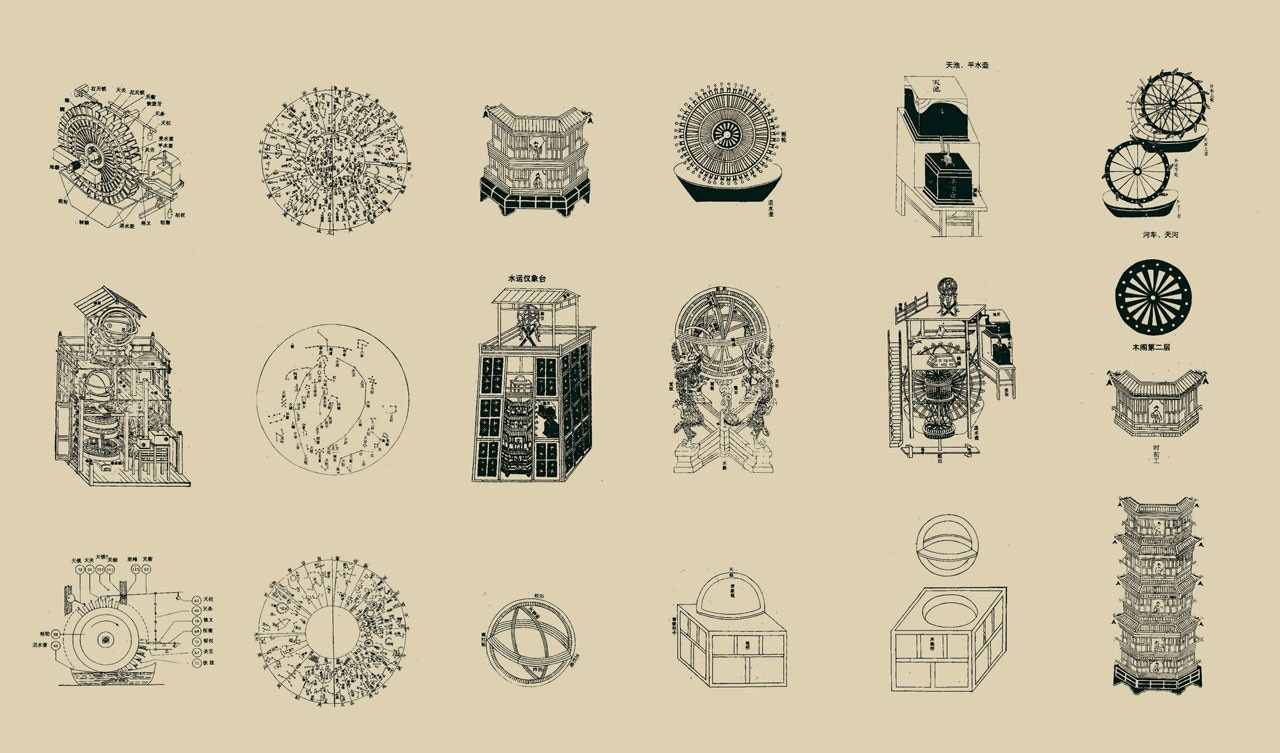
Each section of the exhibition focused on a ‘scene’ of the original drawing, as a topic to research. Ten contemporary designers were invited to develop specific installations that each went deep in researching and understanding how a certain ‘scene’ was depicted, ‘a topic’ was represented in the painting, and connects back to today. “The designers worked to bridge the history to the day for the audience, picked a certain element in that history and made it appealing and easily readable, breaking the boundaries of the painting. They were interviewed at work, in their studios, explaining themselves about their own work, which were made part of the exhibition.”
A Capital in 11th Century: Origins of a Modern Metropolis
This section explained the political, economic, and cultural context and dynamics in during Song Dynasty that created the perfect conditions for Biànjīng, the capital city to be built.
It includes historian P. Smith’s “economic activism” theory, which describes the forms of interventions that the state developed for the dynasty’s economy, social mobility, and education; the life-story of Emperor Huizong; the revival of Confucianism in the literati state; the reforms in language where new typefaces were introduced in relation to the emerging printing technology; the technological progress led by several polymaths, such as Lou Shu in agriculture, Su Song in astronomy, and Li Jie in architecture and construction.
This part also covers the main principles of urbanism in the ideal city, which are based on axial order, location of palace/wall/gates, and relationship with nature. Here, designer/artist Wei Xingyu (Weestar Studio) designed an intervention on the history of jiāozǐ in Song Dynasty, a form of promissory note, which is regarded as the first paper money in history.
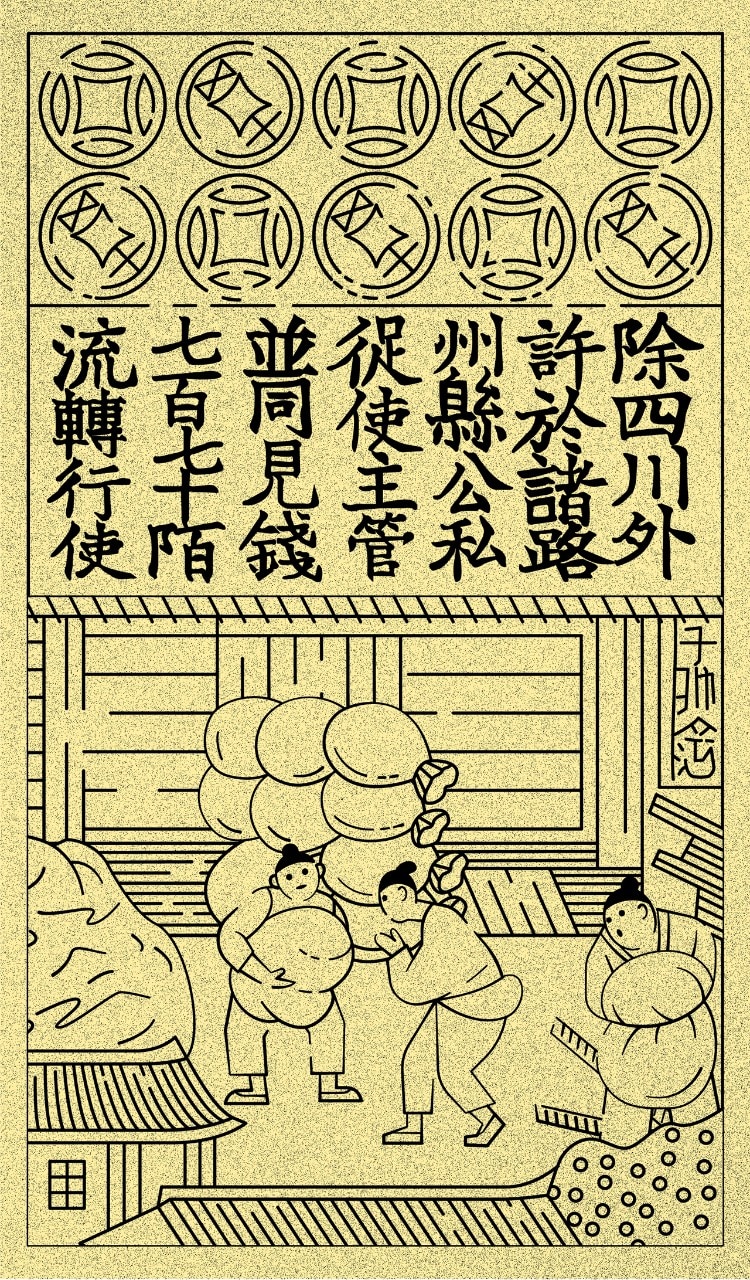
The Ecologies of 11th Century Civilization: Reforms and Popular Culture
This section delves into the land transformation that lead the transition from rural to urban condition, rural land, floating fields, land reclamation processes, mobility of rural society, land policies, agricultural treaties, as well as the nonhumans in rural culture, such as donkeys and mules, horses, and camels, elms, willows, cedars, and so on.
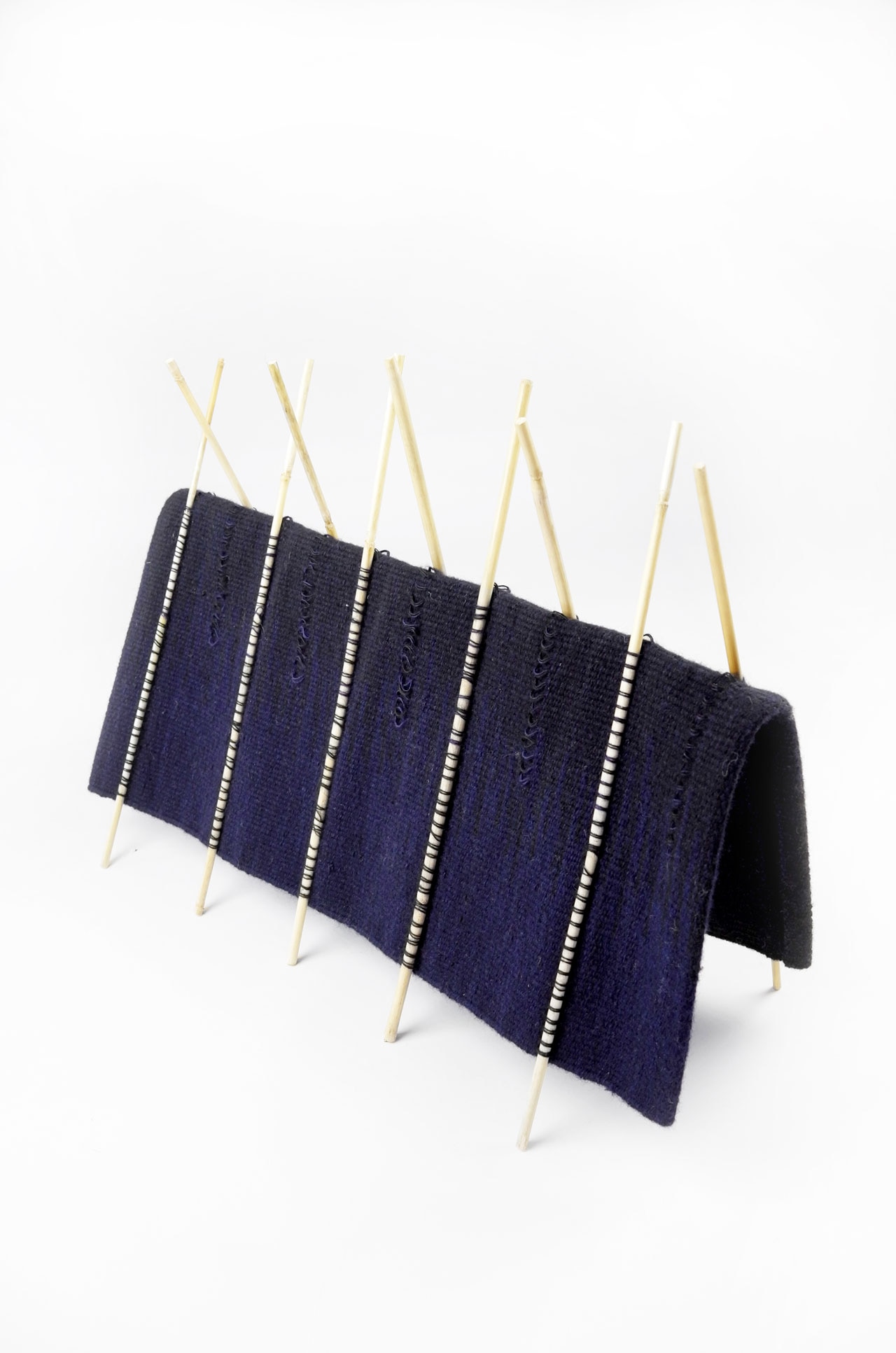
 View gallery
View gallery
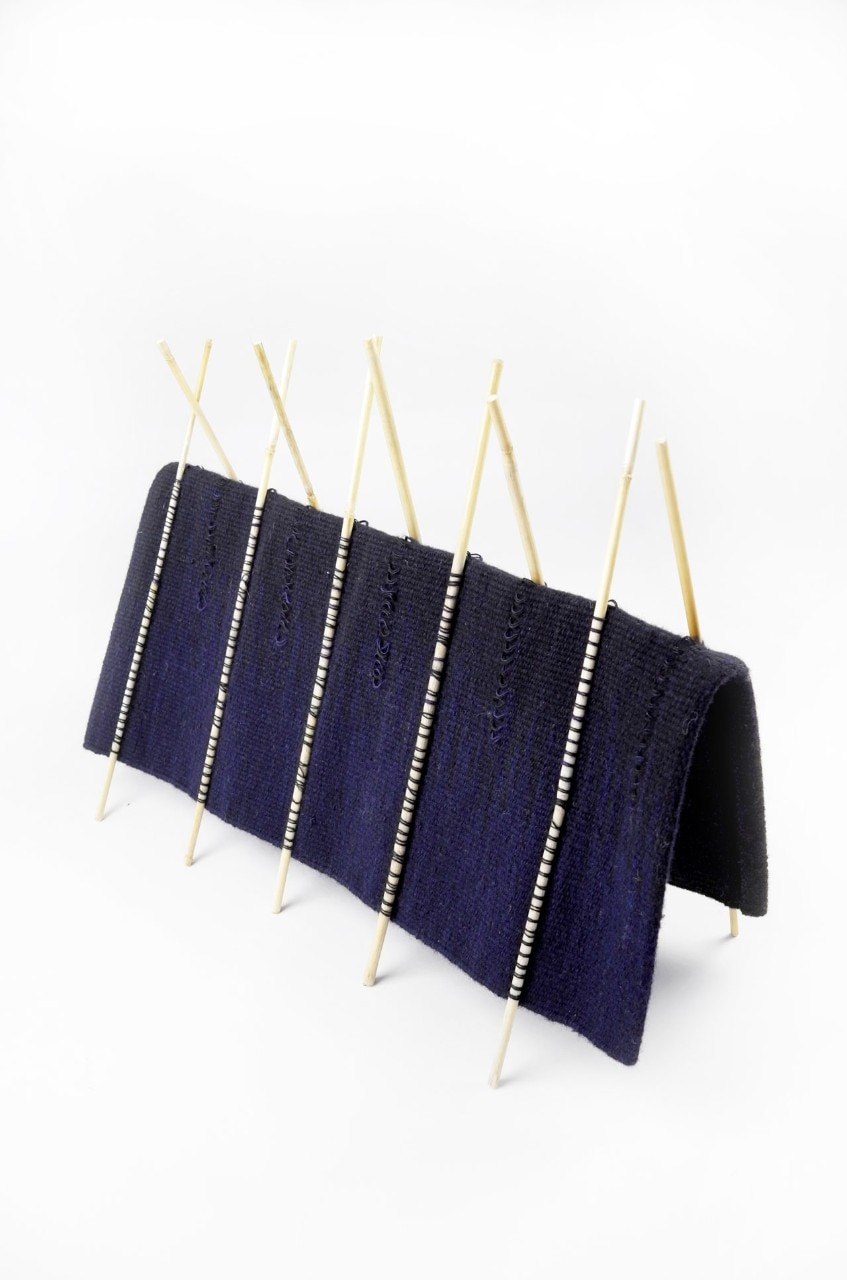
A day in an open city: a journey through “Springtime along the river”
HVN Studio, As the day unfolds, carpet, 2019
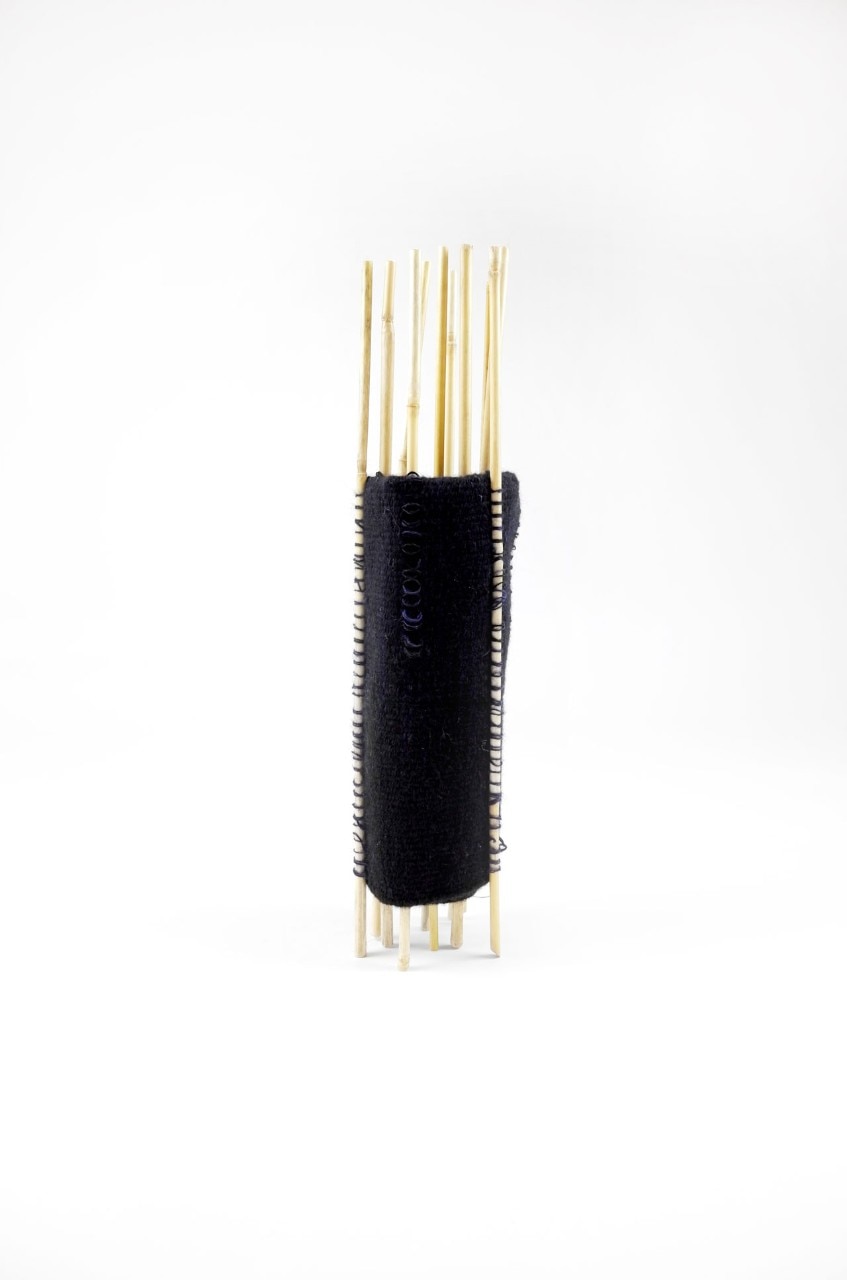
A day in an open city: a journey through “Springtime along the river”
HVN Studio, As the day unfolds, carpet, 2019
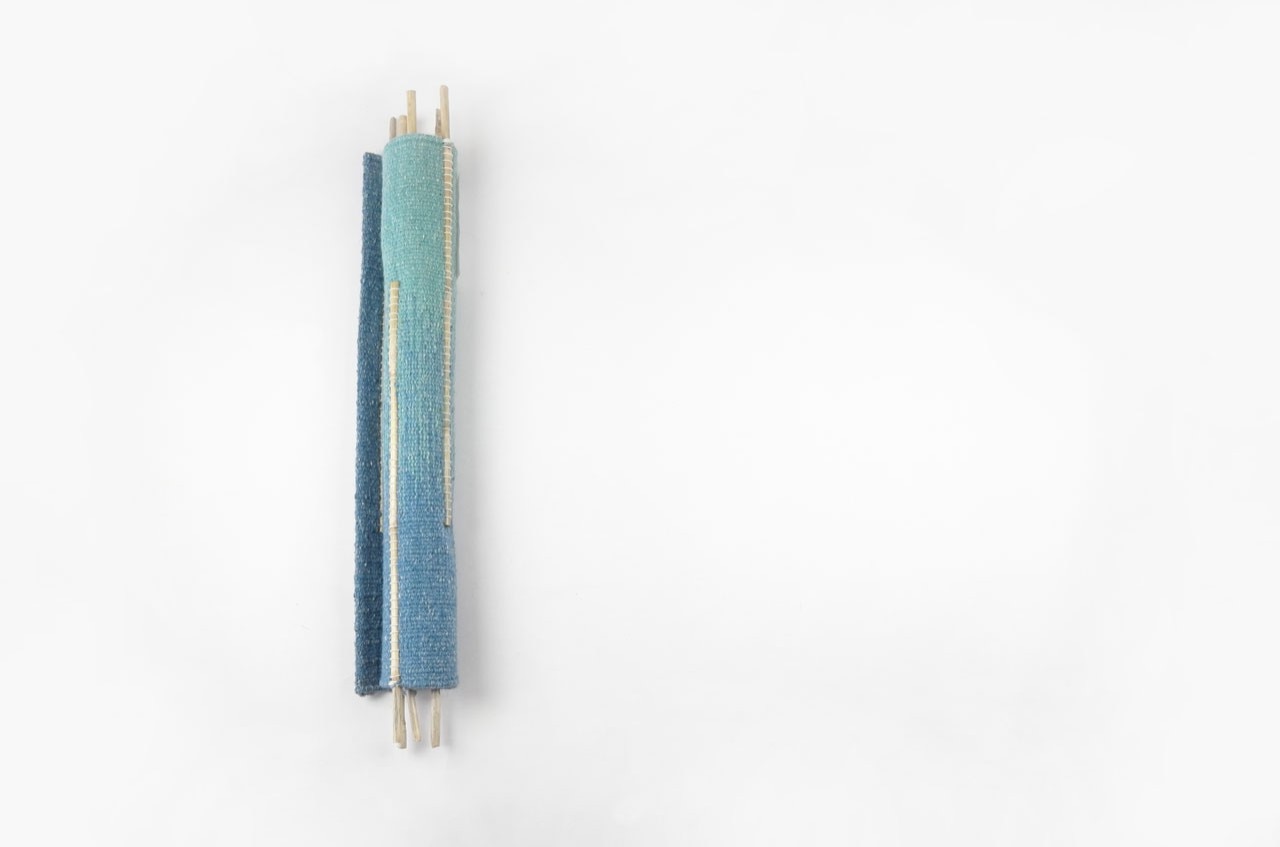
A day in an open city: a journey through “Springtime along the river”
HVN Studio, As the day unfolds, carpet, 2019
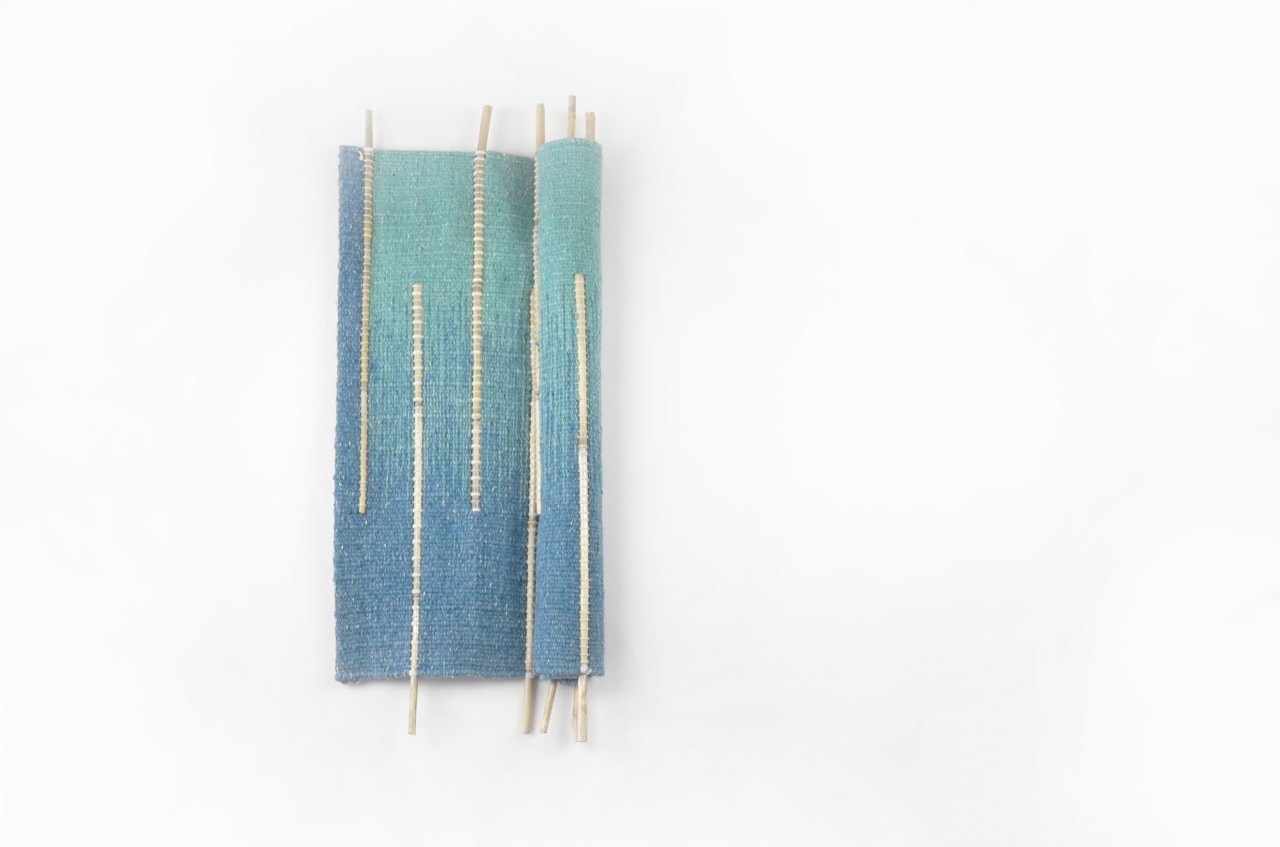
A day in an open city: a journey through “Springtime along the river”
HVN Studio, As the day unfolds, carpet, 2019

A day in an open city: a journey through “Springtime along the river”
HVN Studio, As the day unfolds, carpet, 2019
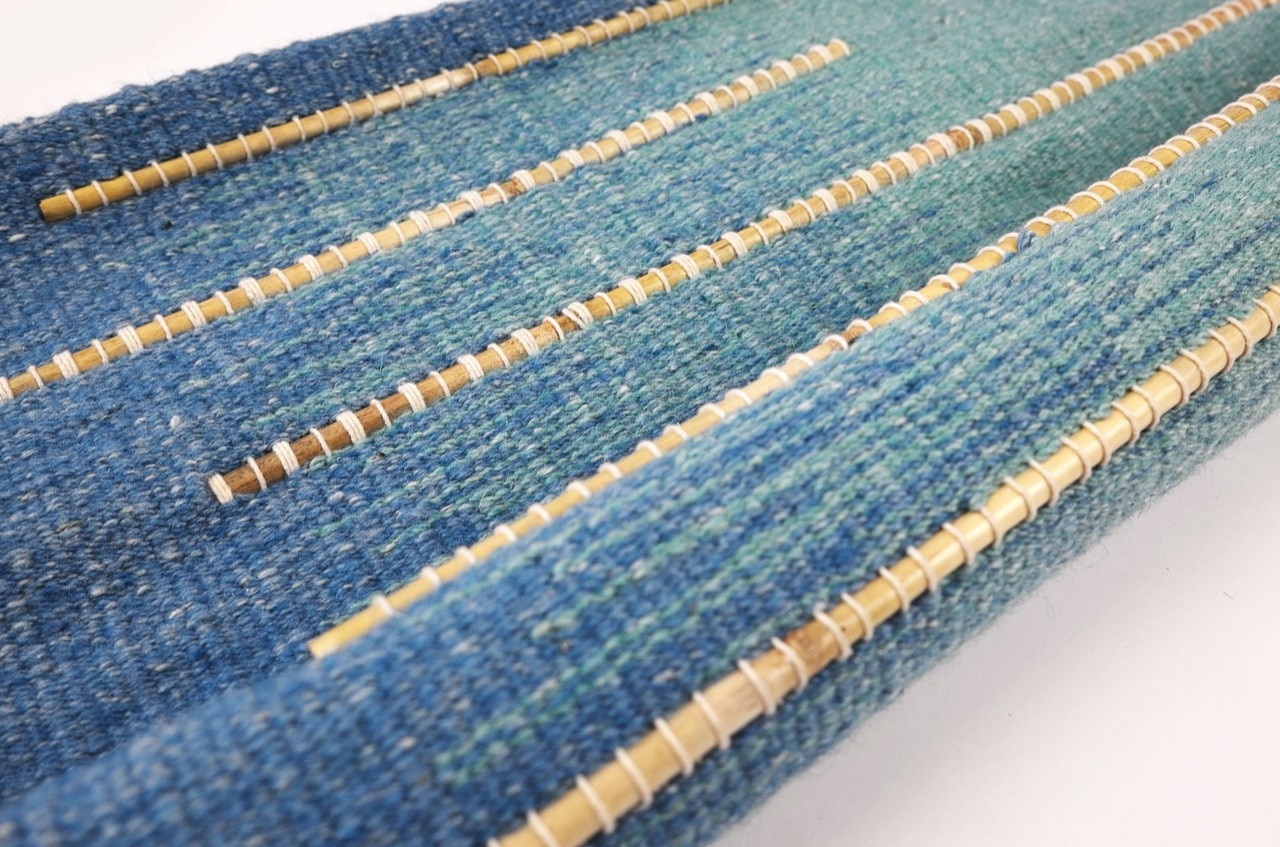
A day in an open city: a journey through “Springtime along the river”
HVN Studio, As the day unfolds, carpet, 2019
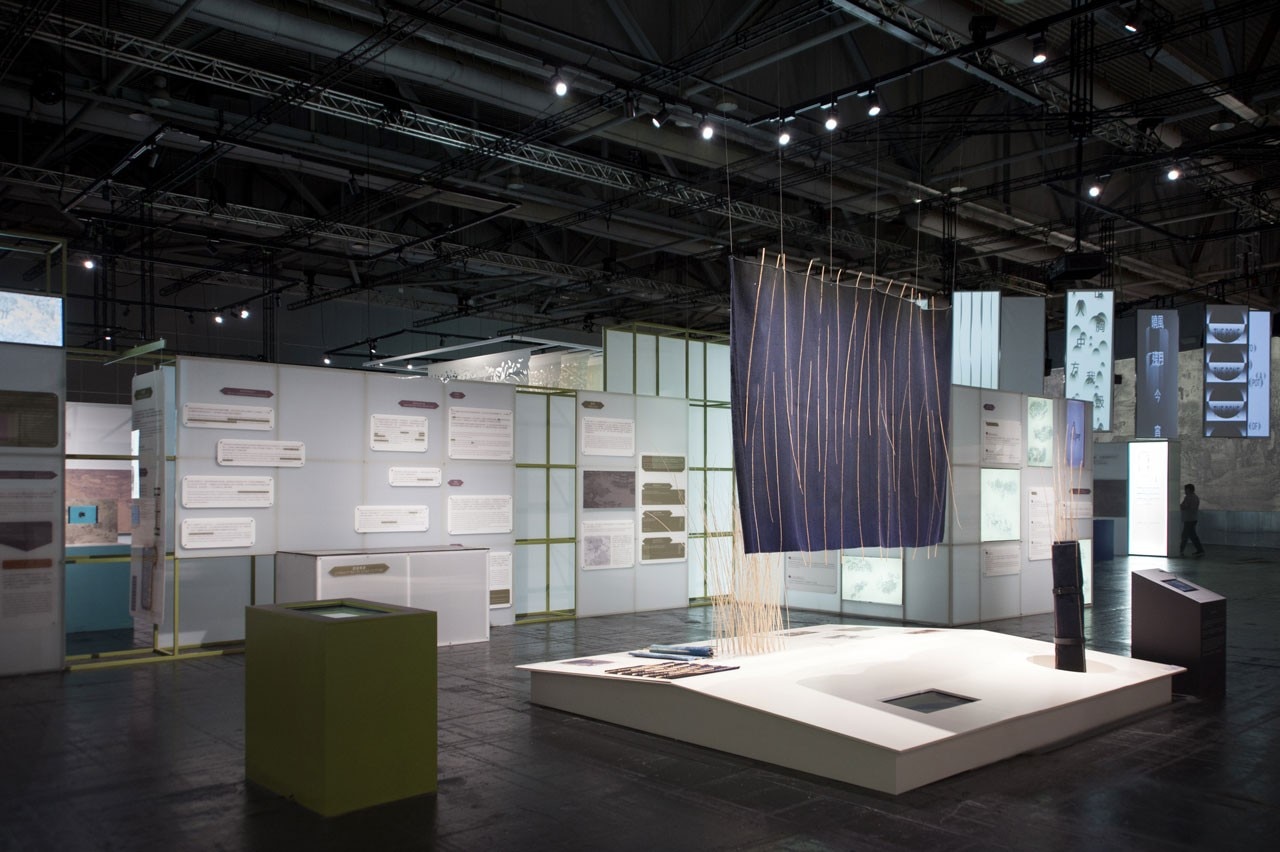
A day in an open city: a journey through “Springtime along the river”

A day in an open city: a journey through “Springtime along the river”
HVN Studio, As the day unfolds, carpet, 2019

A day in an open city: a journey through “Springtime along the river”
HVN Studio, As the day unfolds, carpet, 2019

A day in an open city: a journey through “Springtime along the river”
HVN Studio, As the day unfolds, carpet, 2019

A day in an open city: a journey through “Springtime along the river”
HVN Studio, As the day unfolds, carpet, 2019

A day in an open city: a journey through “Springtime along the river”
HVN Studio, As the day unfolds, carpet, 2019

A day in an open city: a journey through “Springtime along the river”
HVN Studio, As the day unfolds, carpet, 2019

A day in an open city: a journey through “Springtime along the river”
Here Henny van Nistelrooy (Studio HVN), designed a tapestry integrating willow branches in a Song textile weaving technique, improved with contemporary technologies, while the work by Beijing-based design office Lava was about wine and literature, exhibiting the poets and poems they researched.
Geographies of a Medieval City: Waterways and Maritime Trade and Naval Engineering
This part exhibits the rivers, waterways, the boats, and maritime systems of Song Dynasty, around the Biàn river, which gave life to Biànjing city in the first place. Pinwu Studio designed a paper-cut installation in this scene producing a walk-through experience where the patterns in the paper-cut layers connect the stories of boats on the riverbanks.
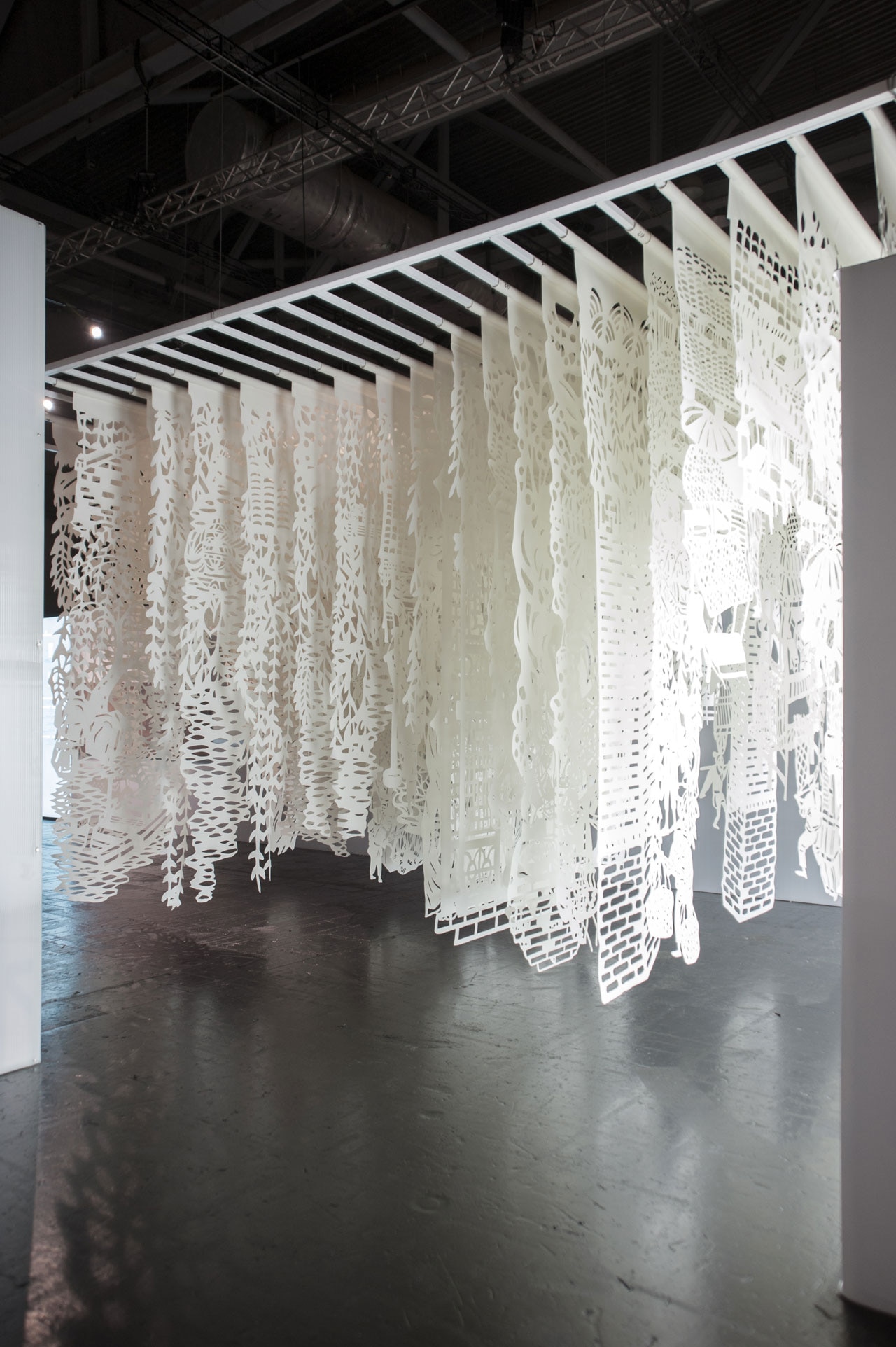
 View gallery
View gallery
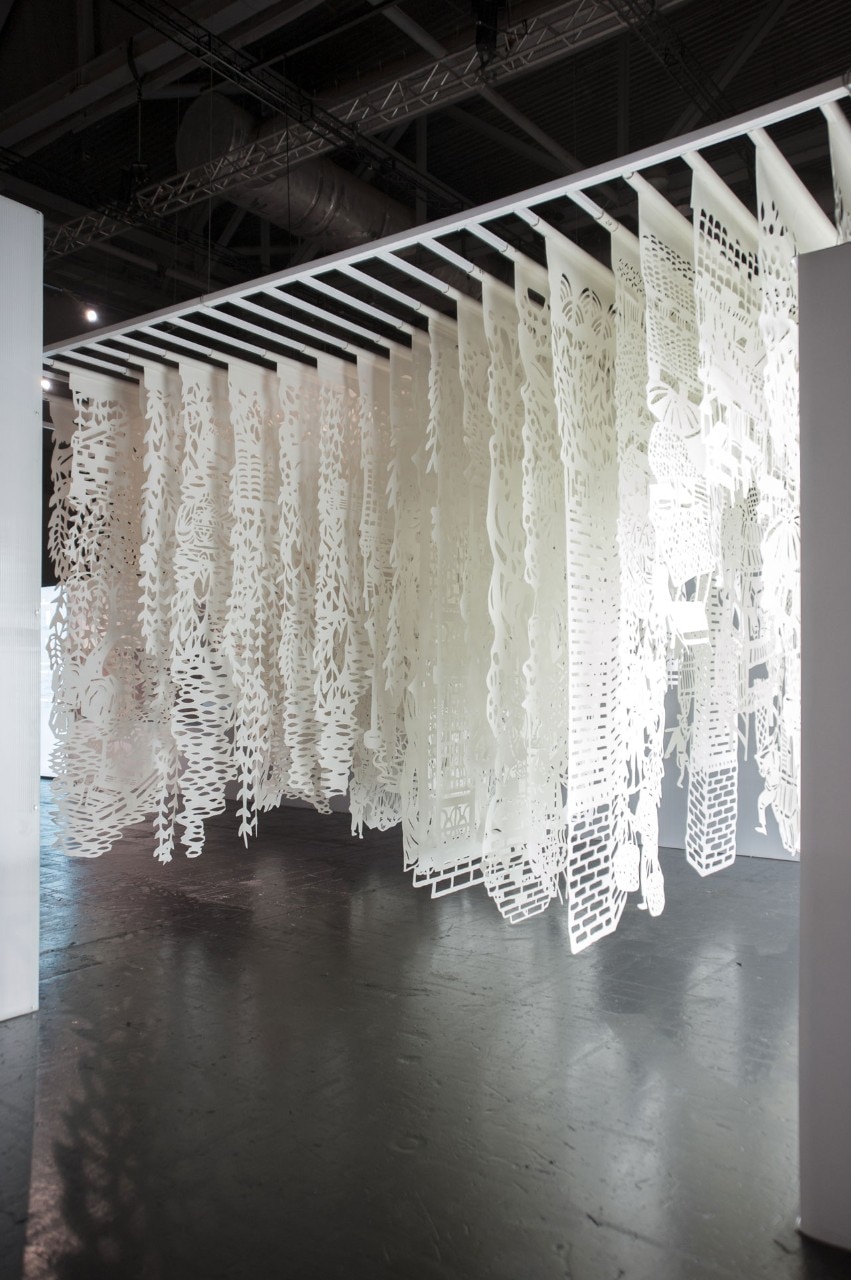
A day in an open city: a journey through “Springtime along the river”
Pinwu Studi, Paper Garden, 2019
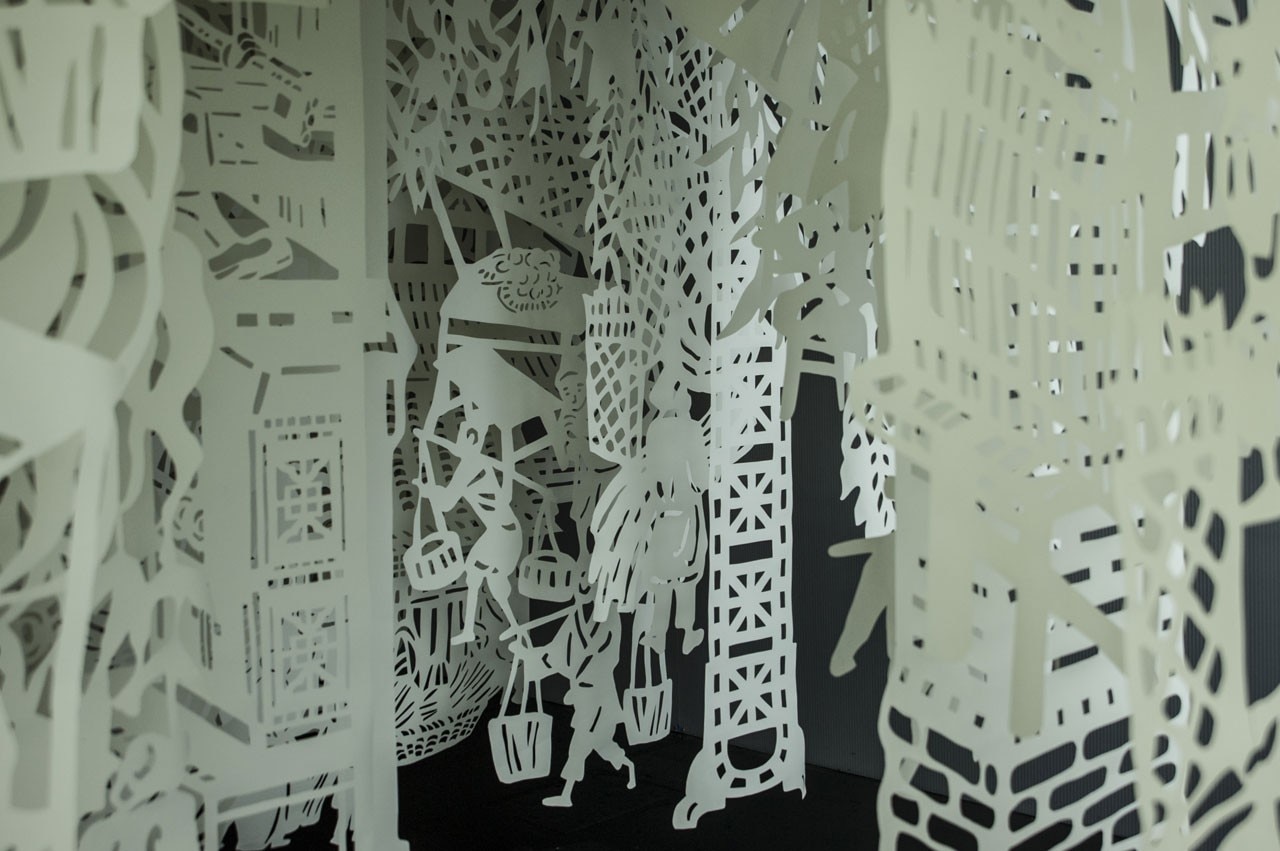
A day in an open city: a journey through “Springtime along the river”
Pinwu Studi, Paper Garden, 2019
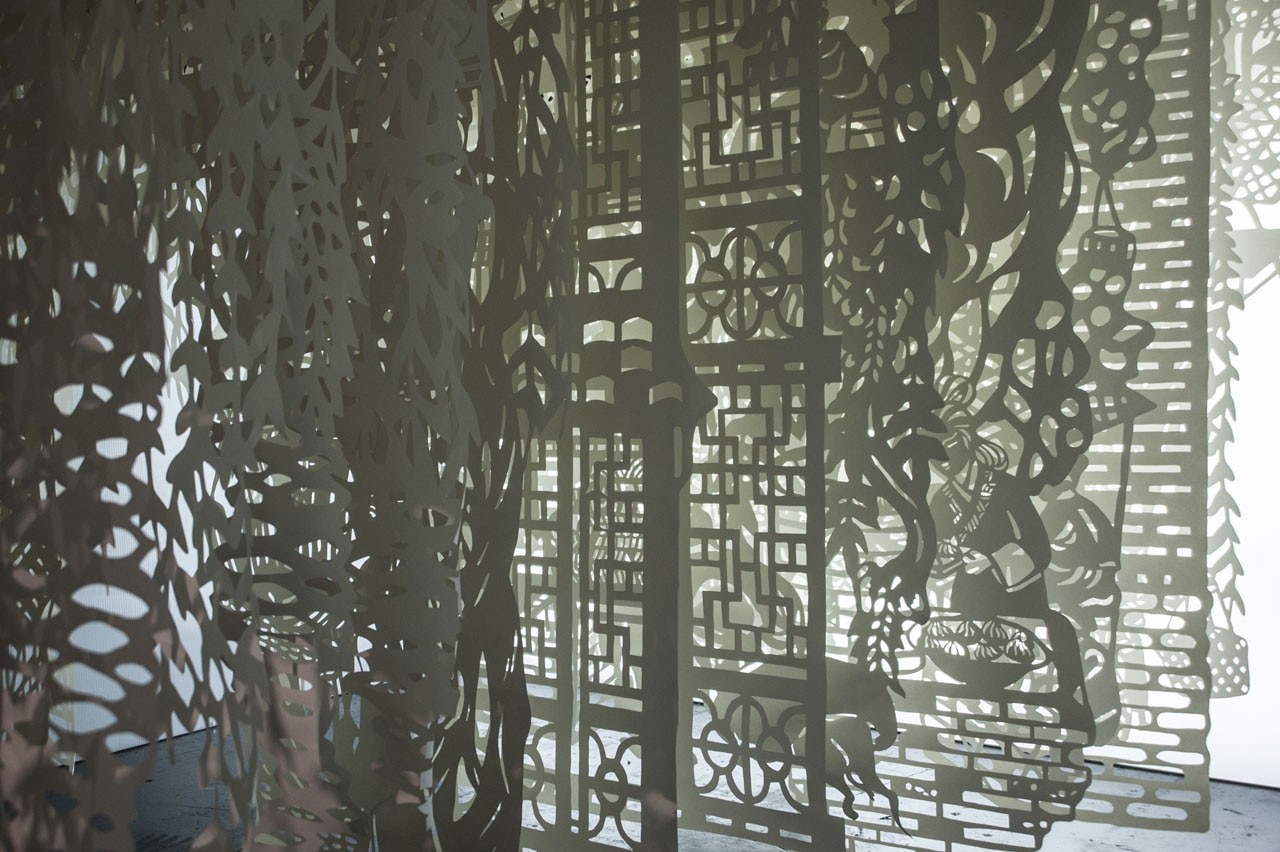
A day in an open city: a journey through “Springtime along the river”
Pinwu Studi, Paper Garden, 2019

A day in an open city: a journey through “Springtime along the river”
Pinwu Studi, Paper Garden, 2019

A day in an open city: a journey through “Springtime along the river”
Pinwu Studi, Paper Garden, 2019

A day in an open city: a journey through “Springtime along the river”
Pinwu Studi, Paper Garden, 2019
Streetscape: Urban Transformation and Commercial Ecosystem
Here the production of space, public space and the street, is analyzed and narrated with drawings and videos, each medium depicting a different kind of information based on the formal knowledge of building or the way people appropriated these spaces. MAT Office’s installation “The Street as the Living Room” featured plan drawings of the Biànjing streets as represented in the original painting.
FIELD’s installation “Made in Biànjing” focused on the small social spaces in the painting, how to research and understand them, and how to make this knowledge accessible for designers. The resulting book works like a catalogue, indexing 32 typologies, each accompanied by a technical sheet describing its key features, potential application and use.
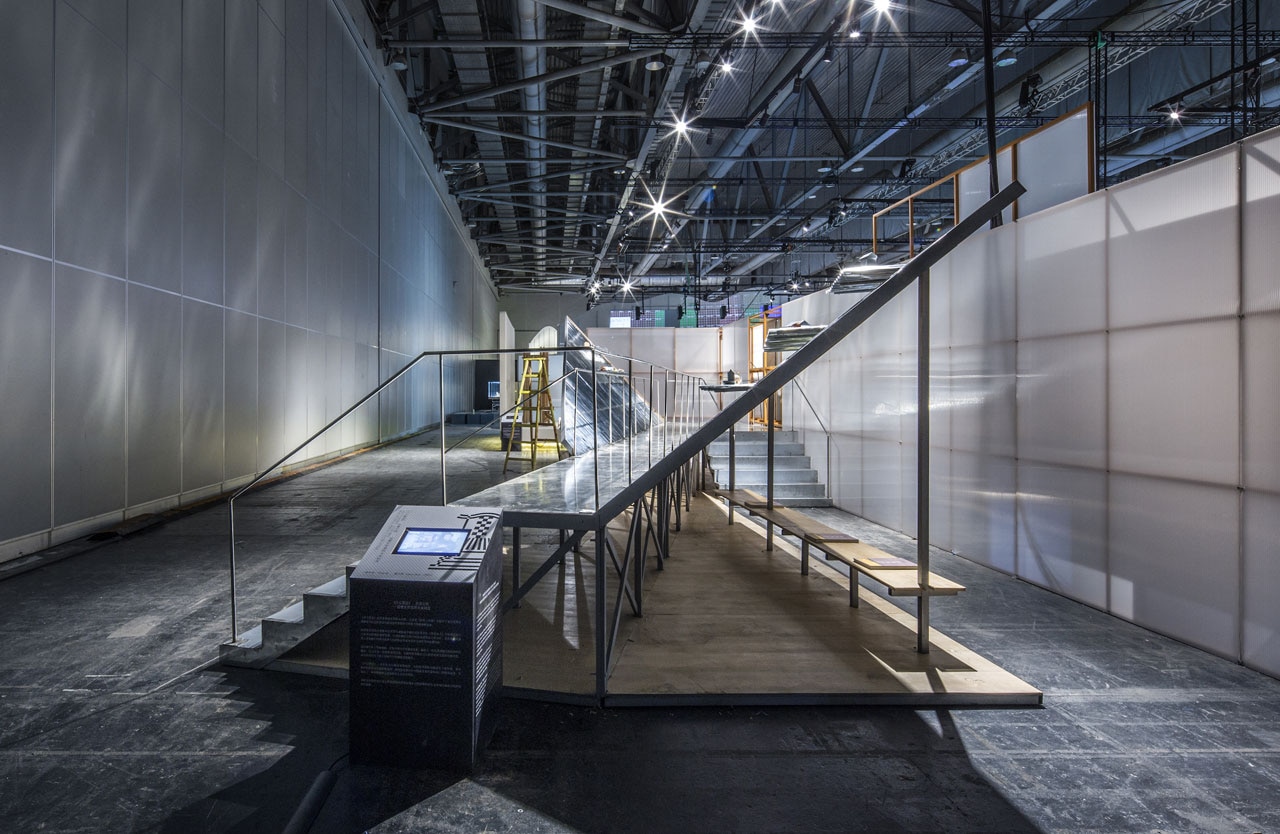
 View gallery
View gallery
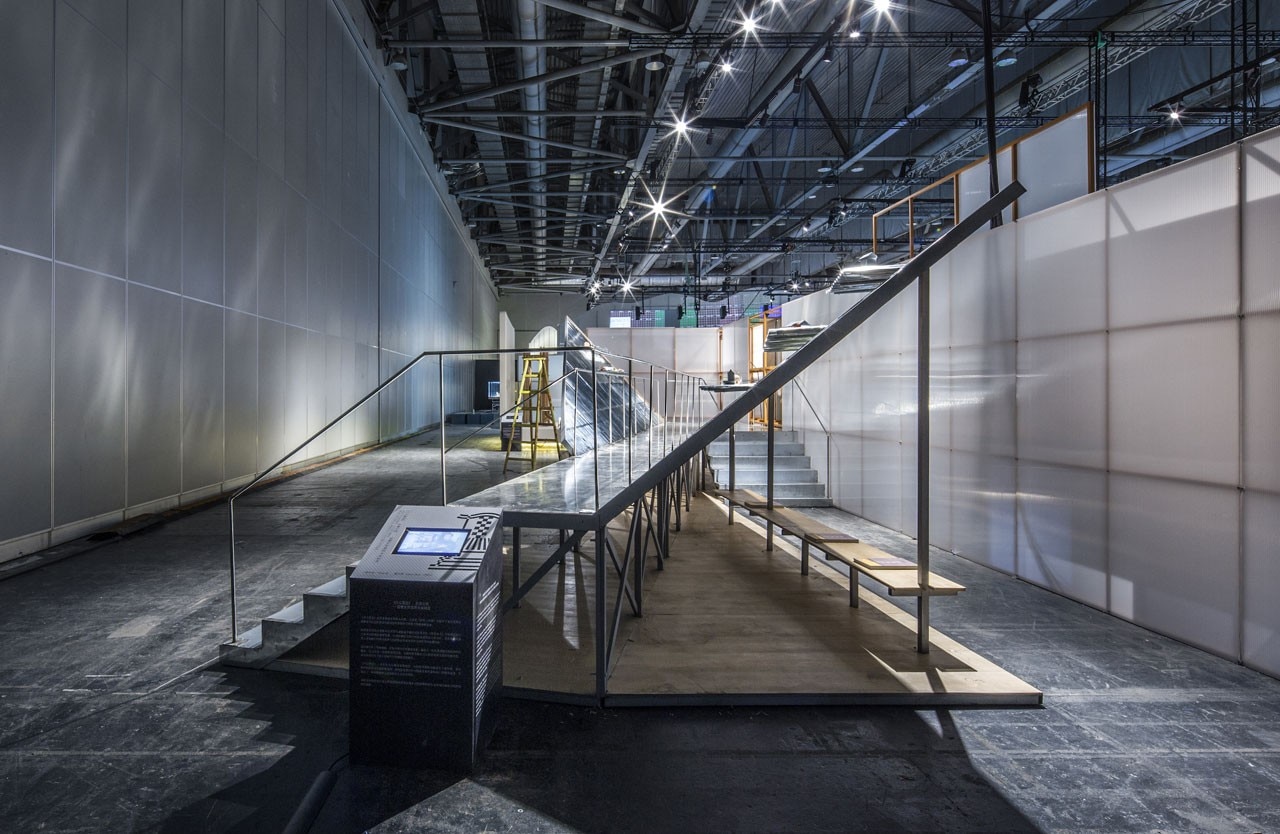
A day in an open city: a journey through “Springtime along the river”
FIELD, Made in Biànjing, 2019
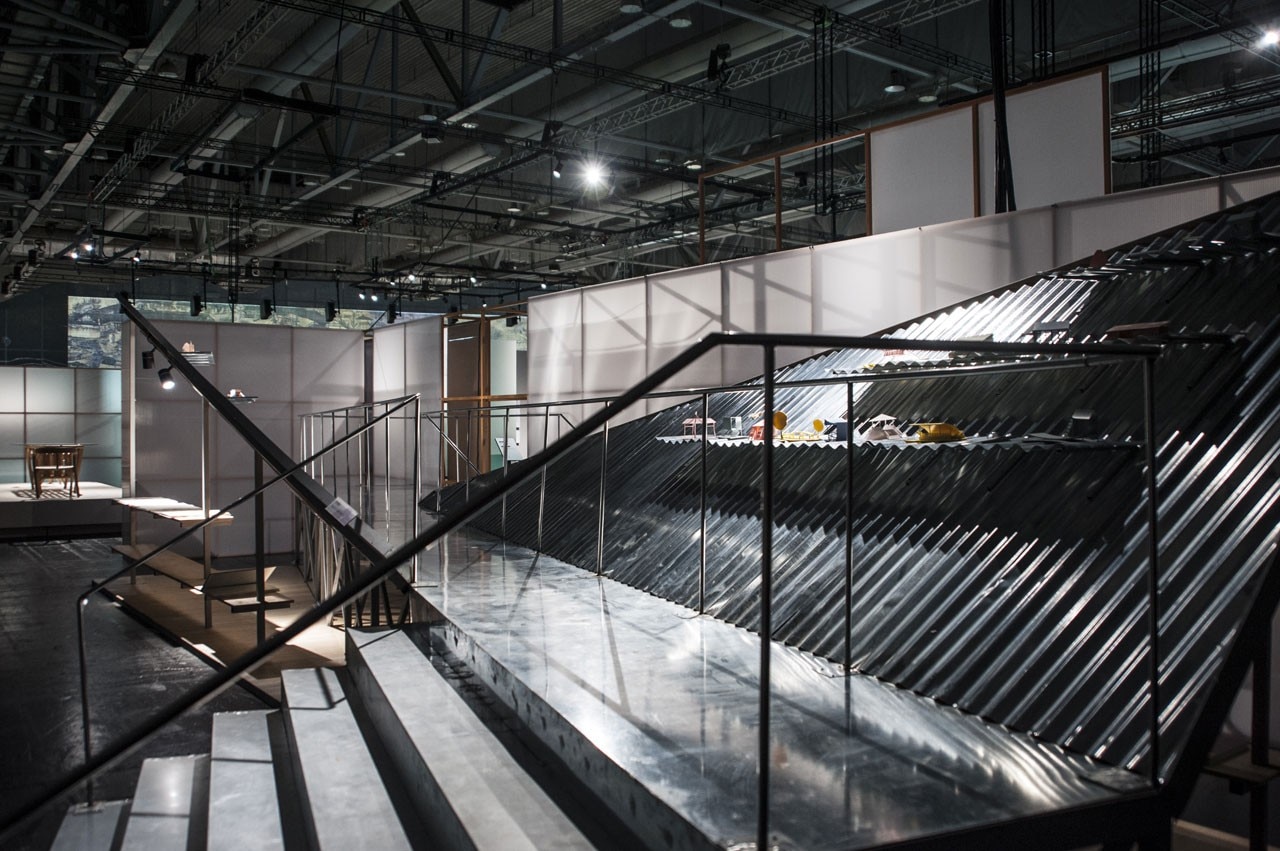
A day in an open city: a journey through “Springtime along the river”
FIELD, Made in Biànjing, 2019
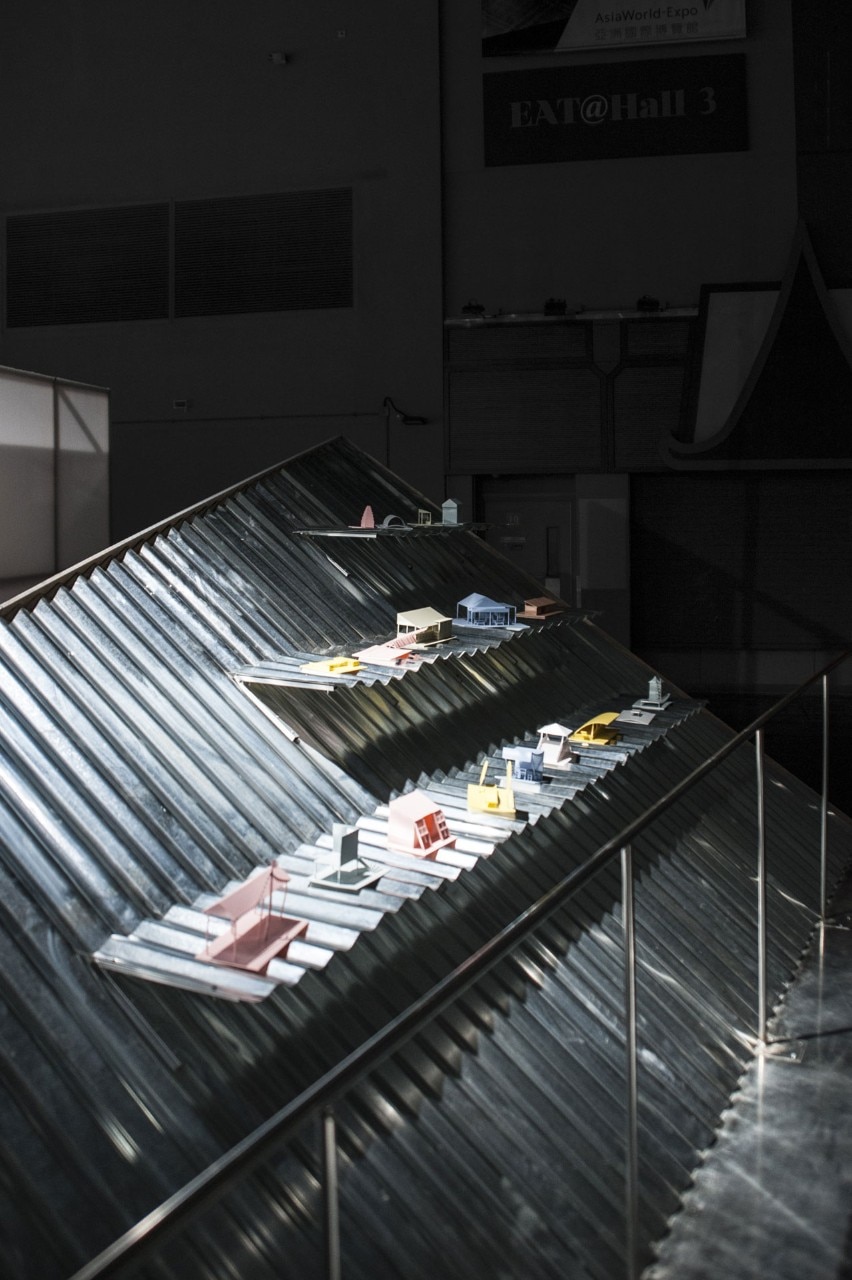
A day in an open city: a journey through “Springtime along the river”
FIELD, Made in Biànjing, 2019
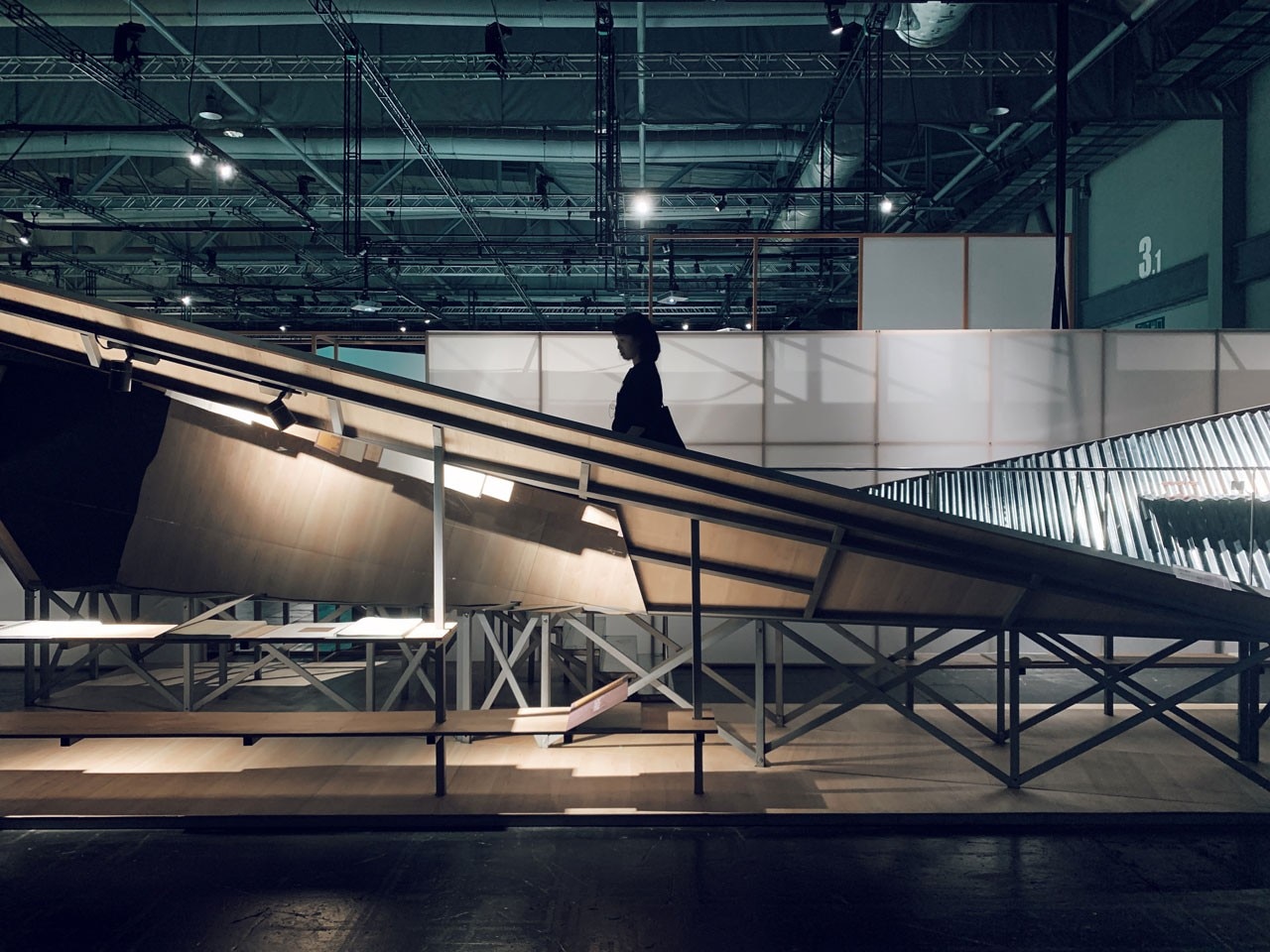
A day in an open city: a journey through “Springtime along the river”
FIELD, Made in Biànjing, 2019
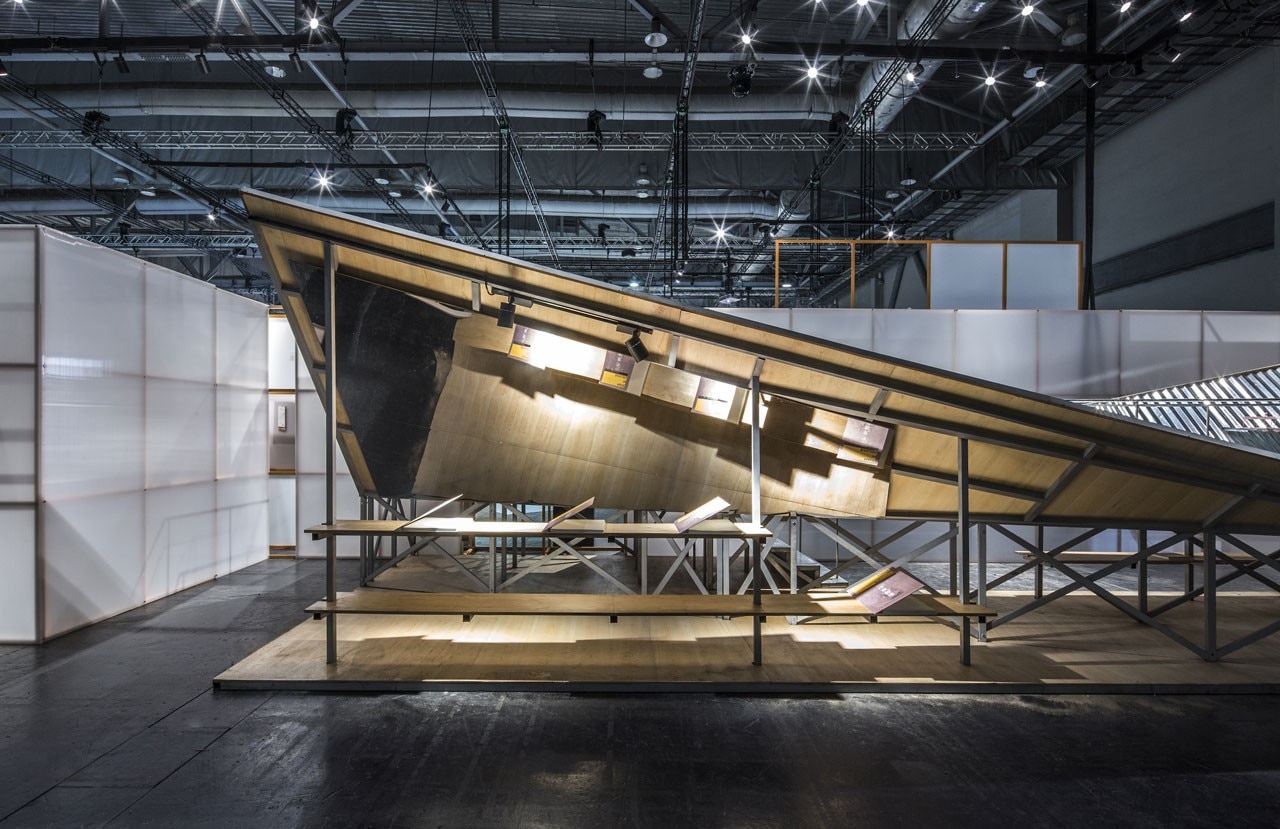
A day in an open city: a journey through “Springtime along the river”
FIELD, Made in Biànjing, 2019
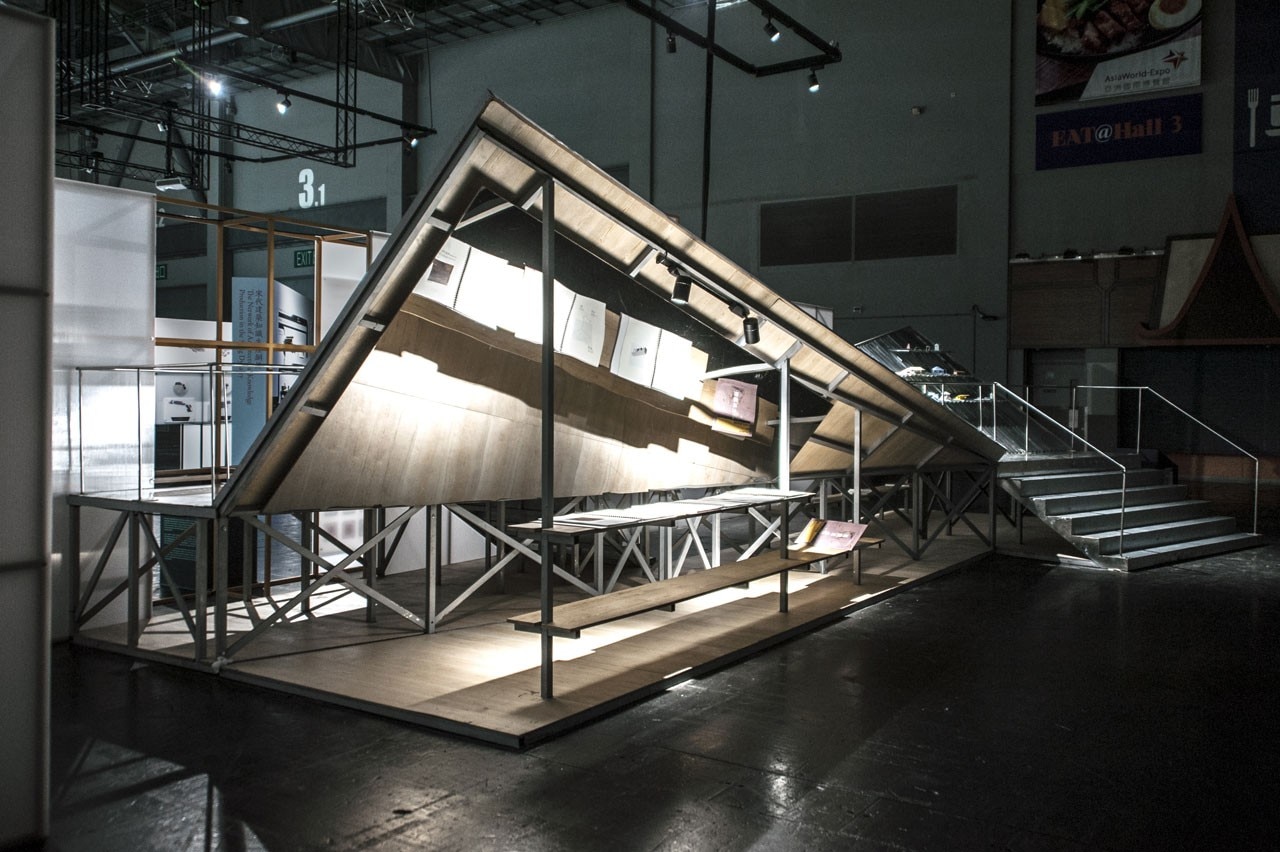
A day in an open city: a journey through “Springtime along the river”
FIELD, Made in Biànjing, 2019
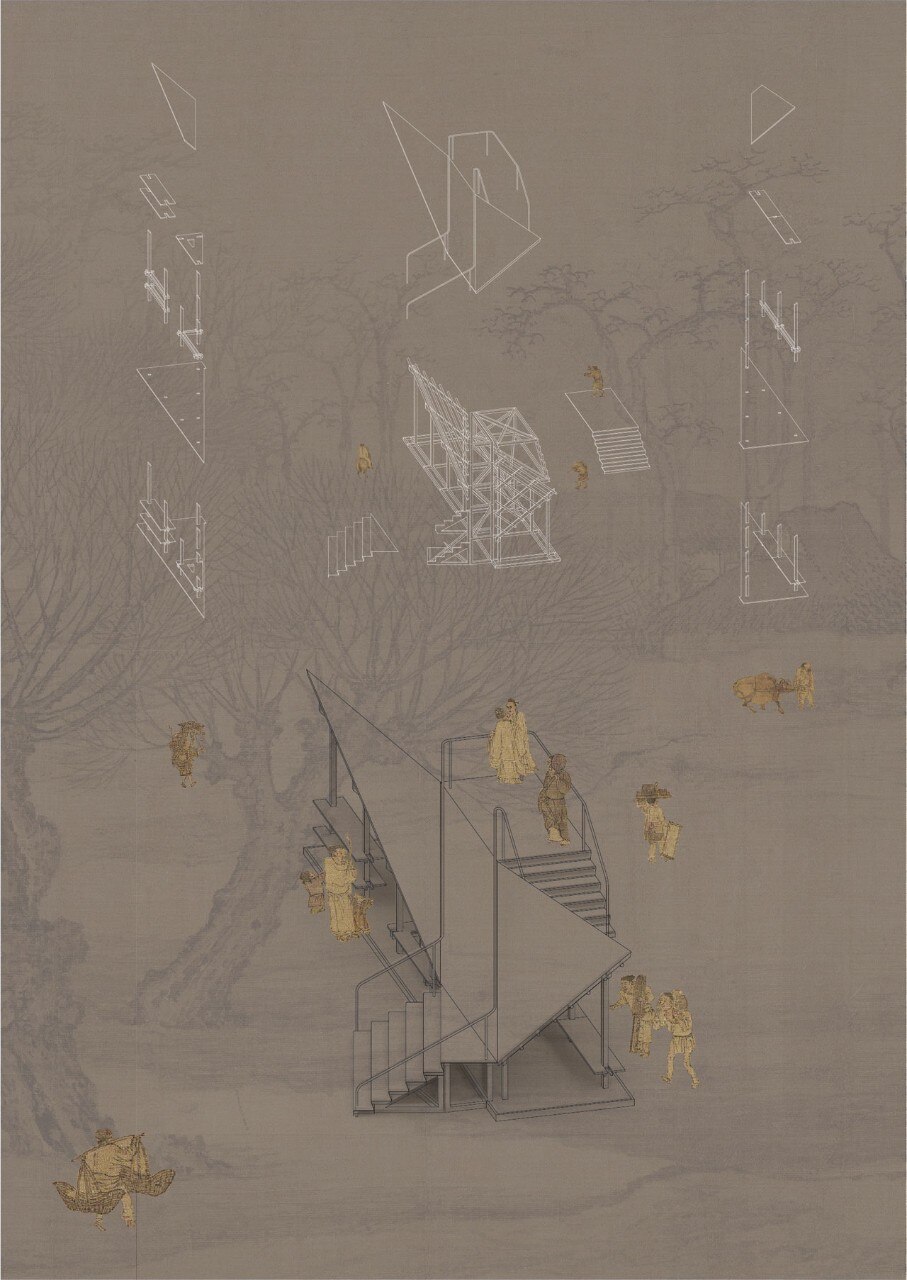
A day in an open city: a journey through “Springtime along the river”
FIELD, Made in Biànjing, 2019
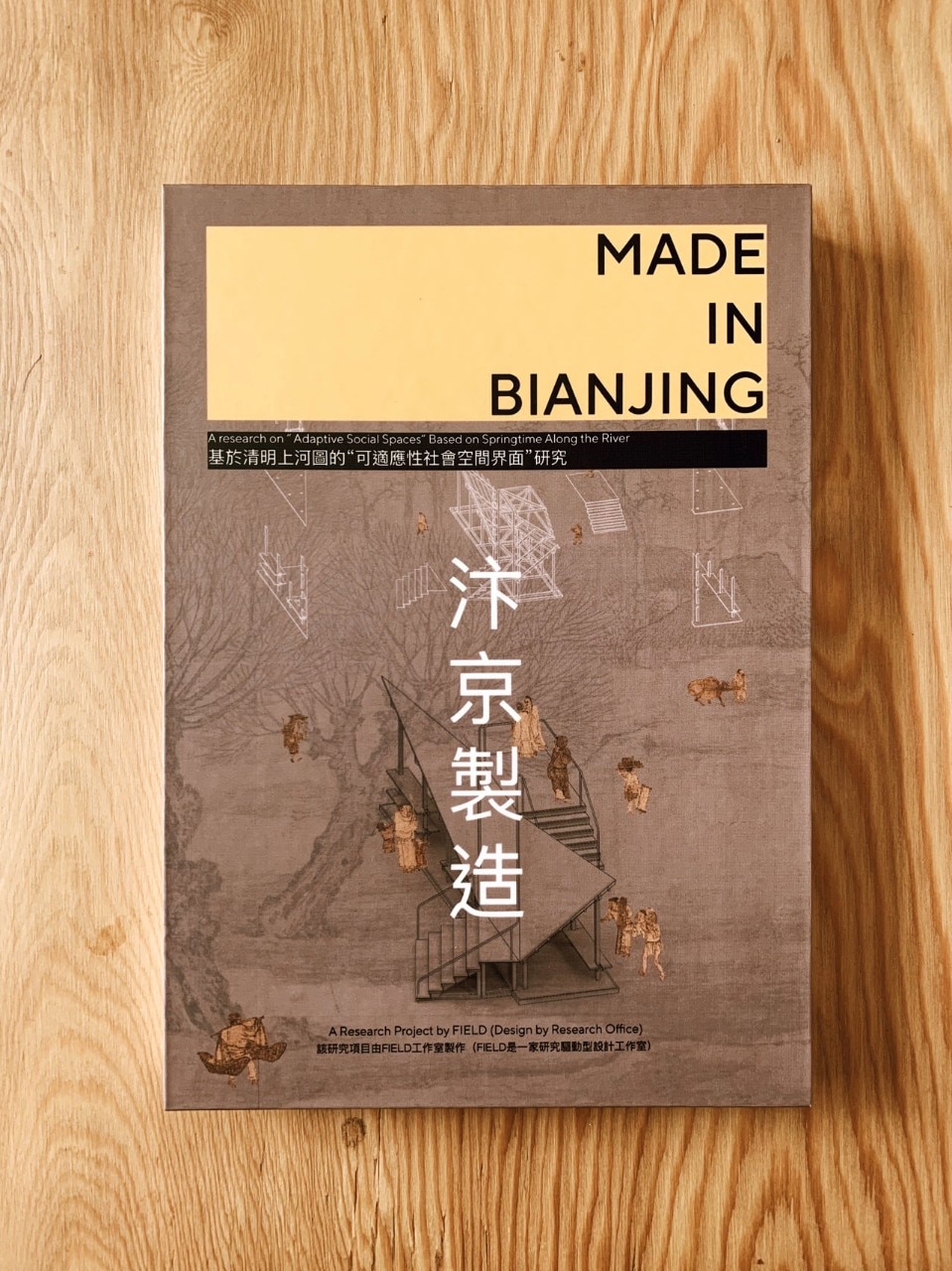
A day in an open city: a journey through “Springtime along the river”
FIELD, Made in Biànjing, 2019
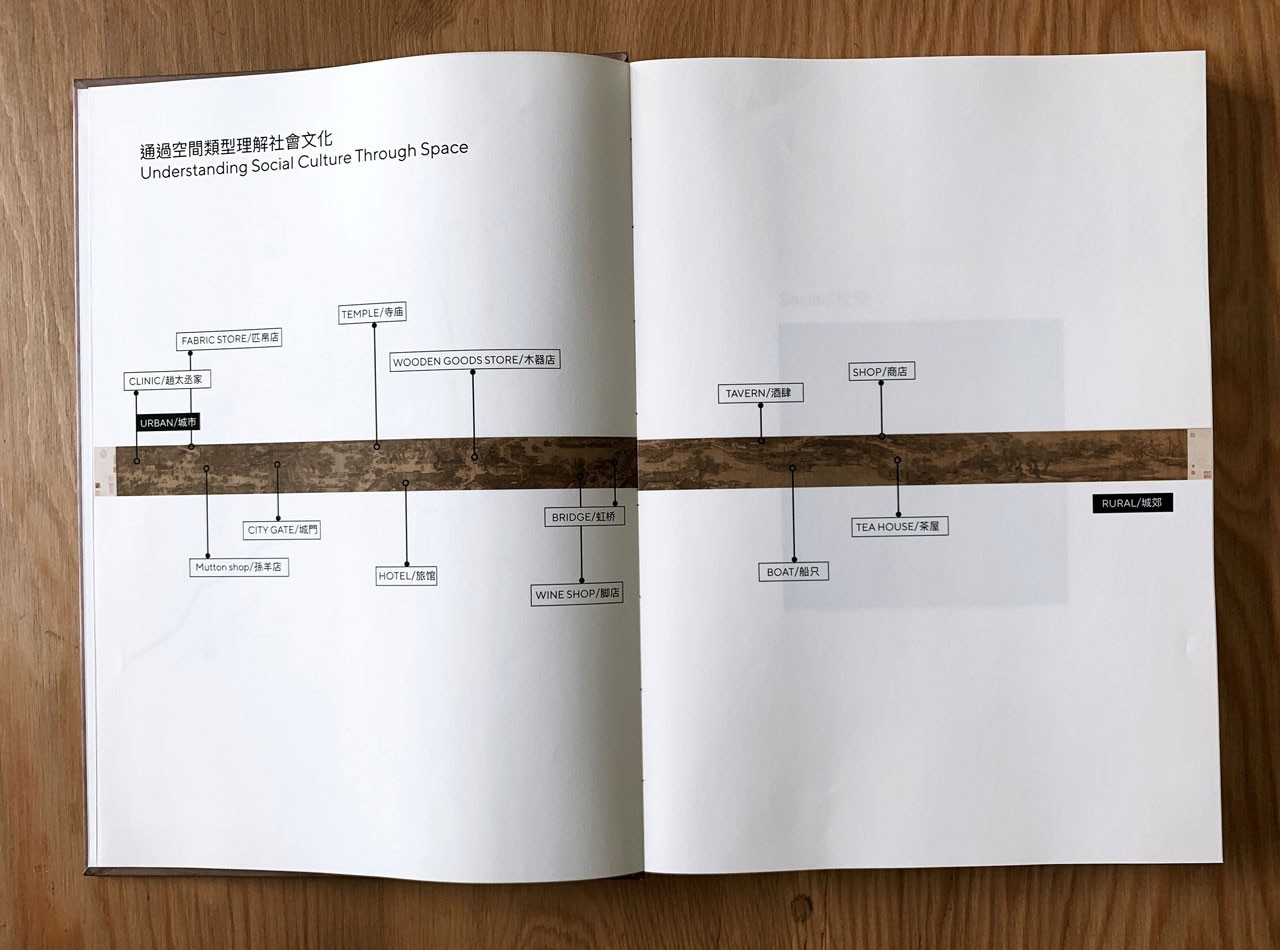
A day in an open city: a journey through “Springtime along the river”
FIELD, Made in Biànjing, 2019
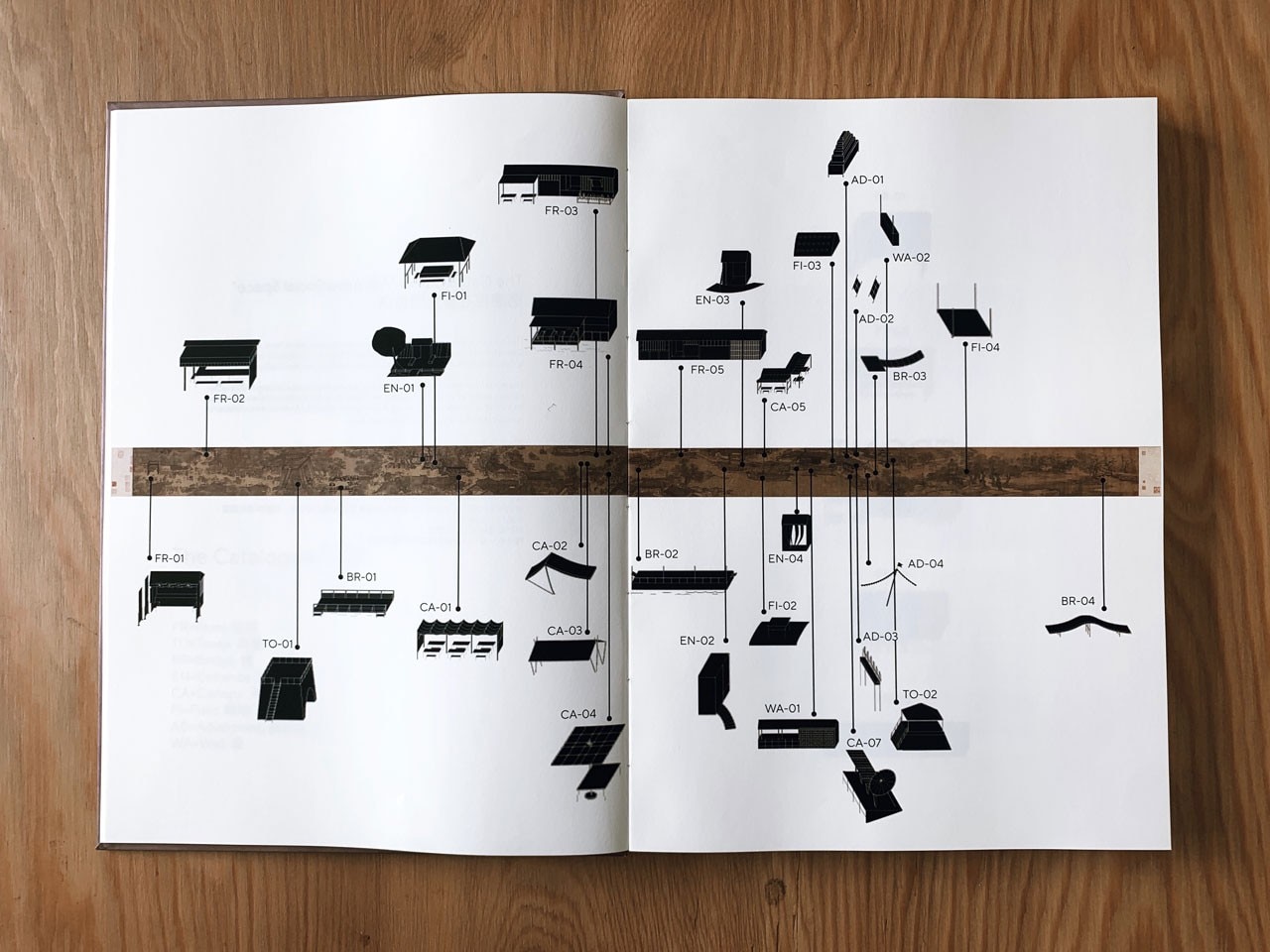
A day in an open city: a journey through “Springtime along the river”
FIELD, Made in Biànjing, 2019
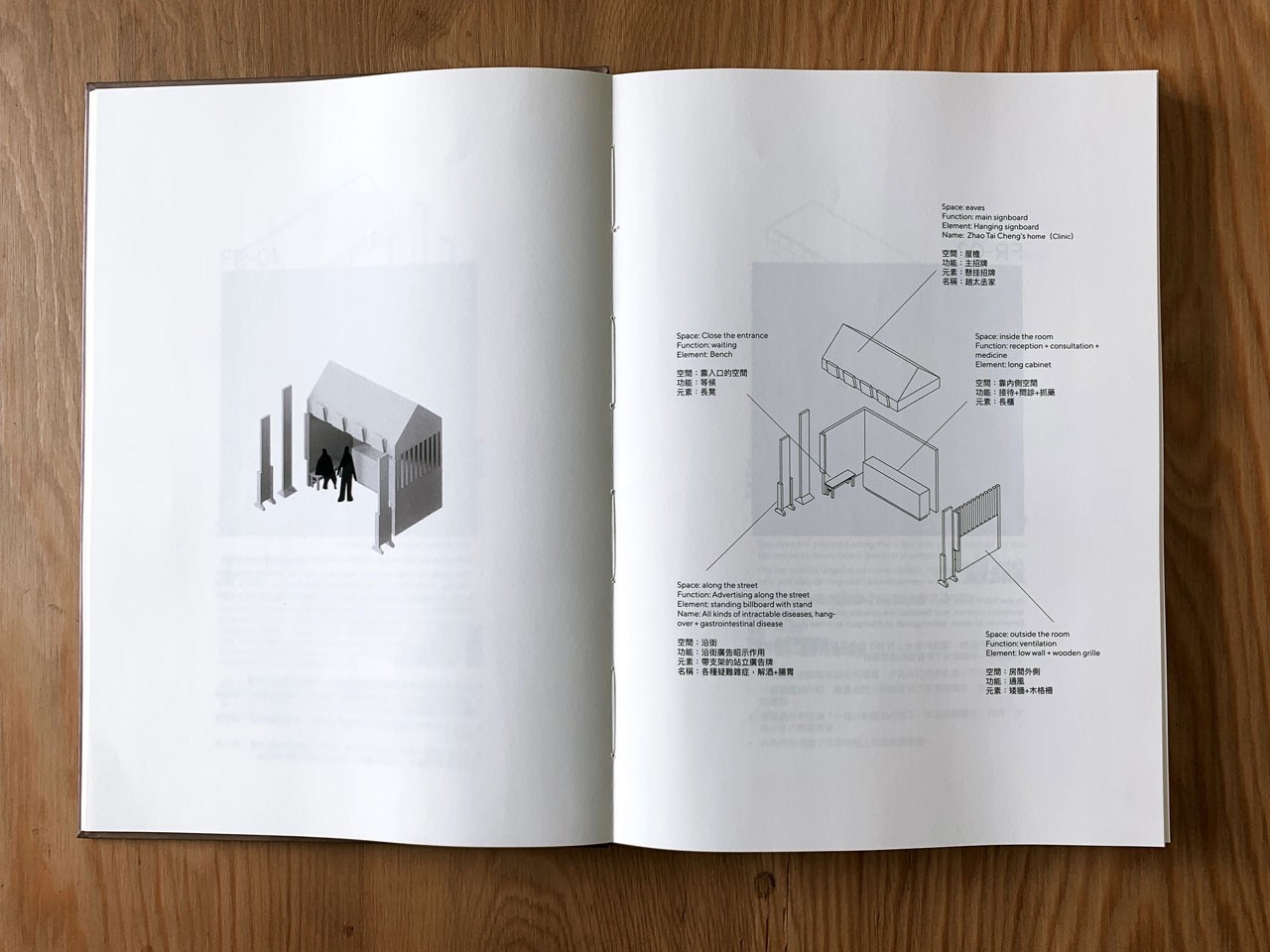
A day in an open city: a journey through “Springtime along the river”
FIELD, Made in Biànjing, 2019
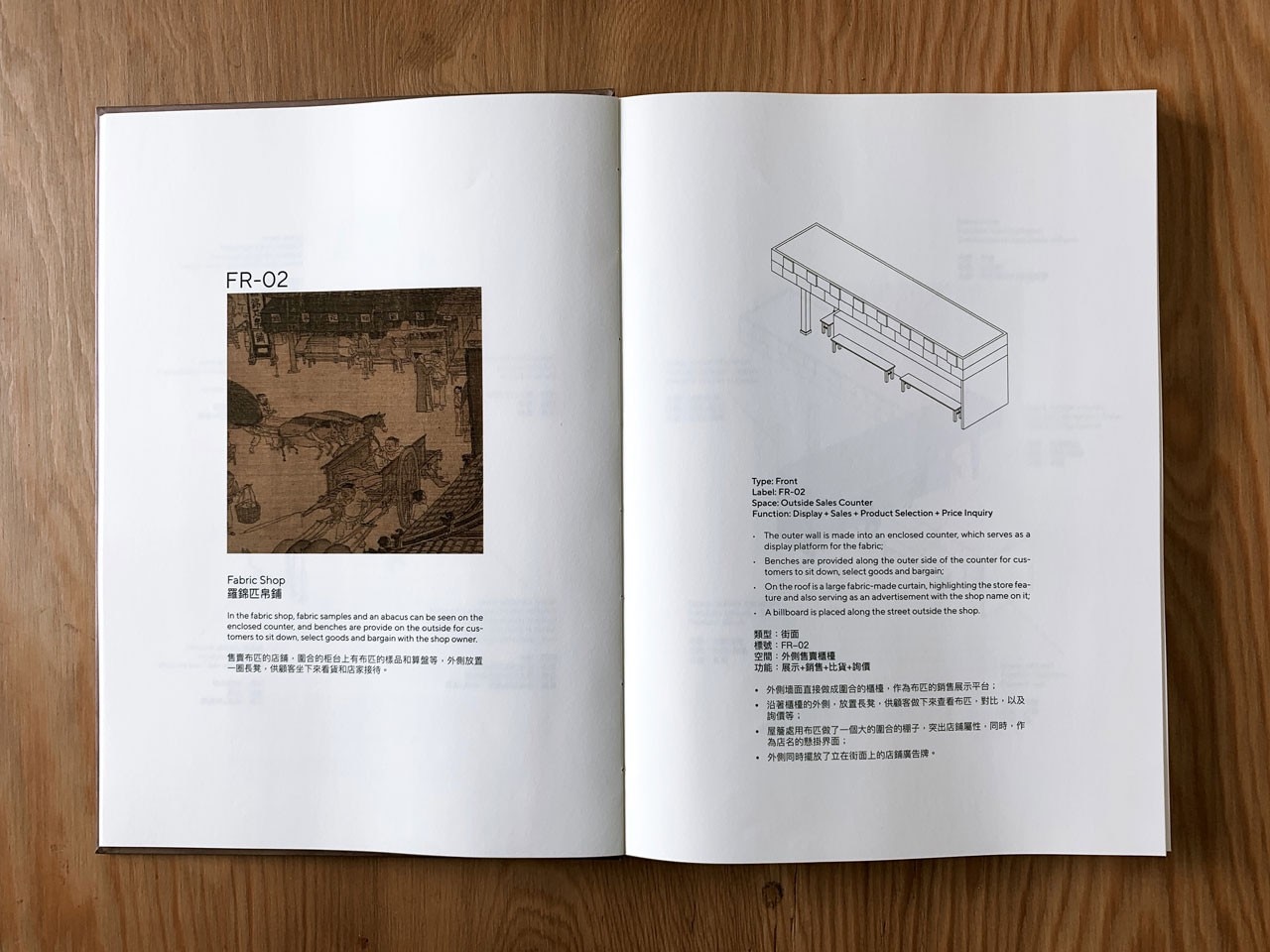
A day in an open city: a journey through “Springtime along the river”
FIELD, Made in Biànjing, 2019
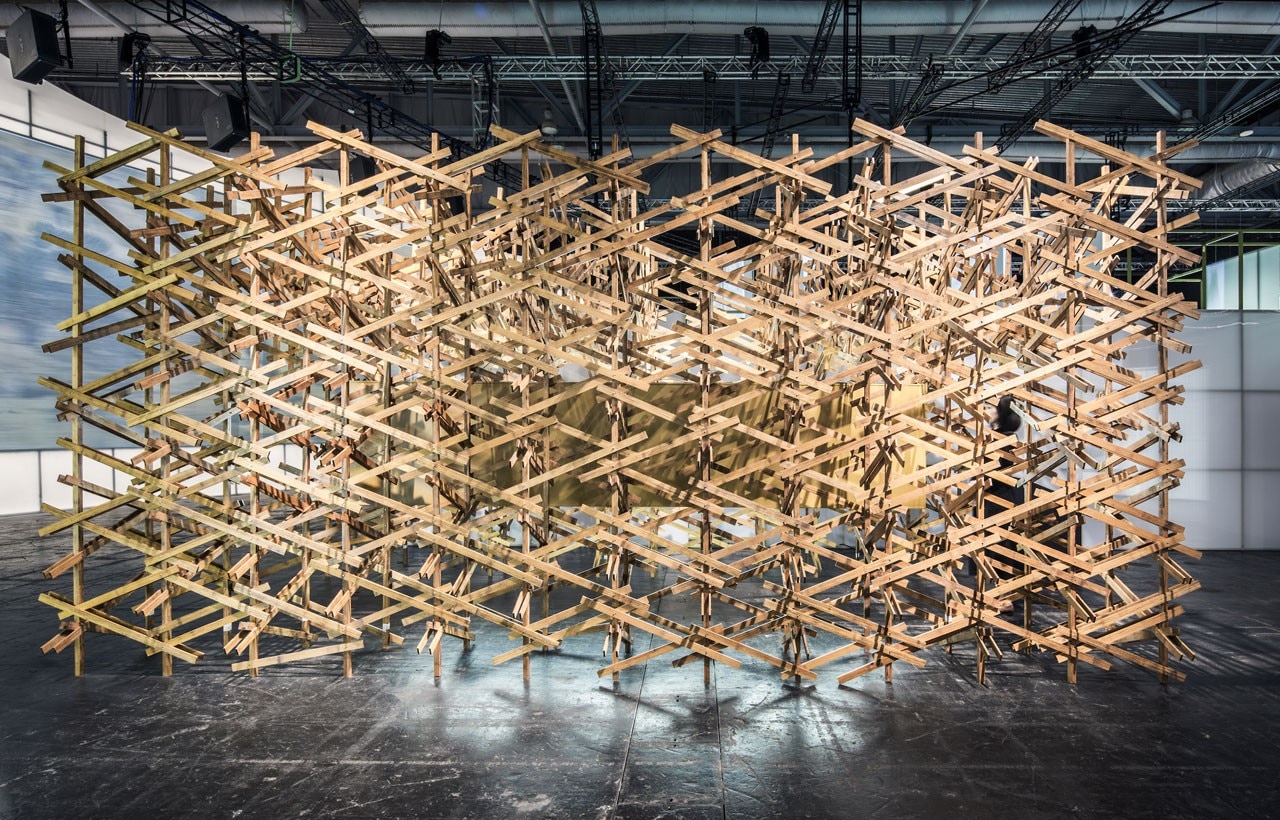
A day in an open city: a journey through “Springtime along the river”
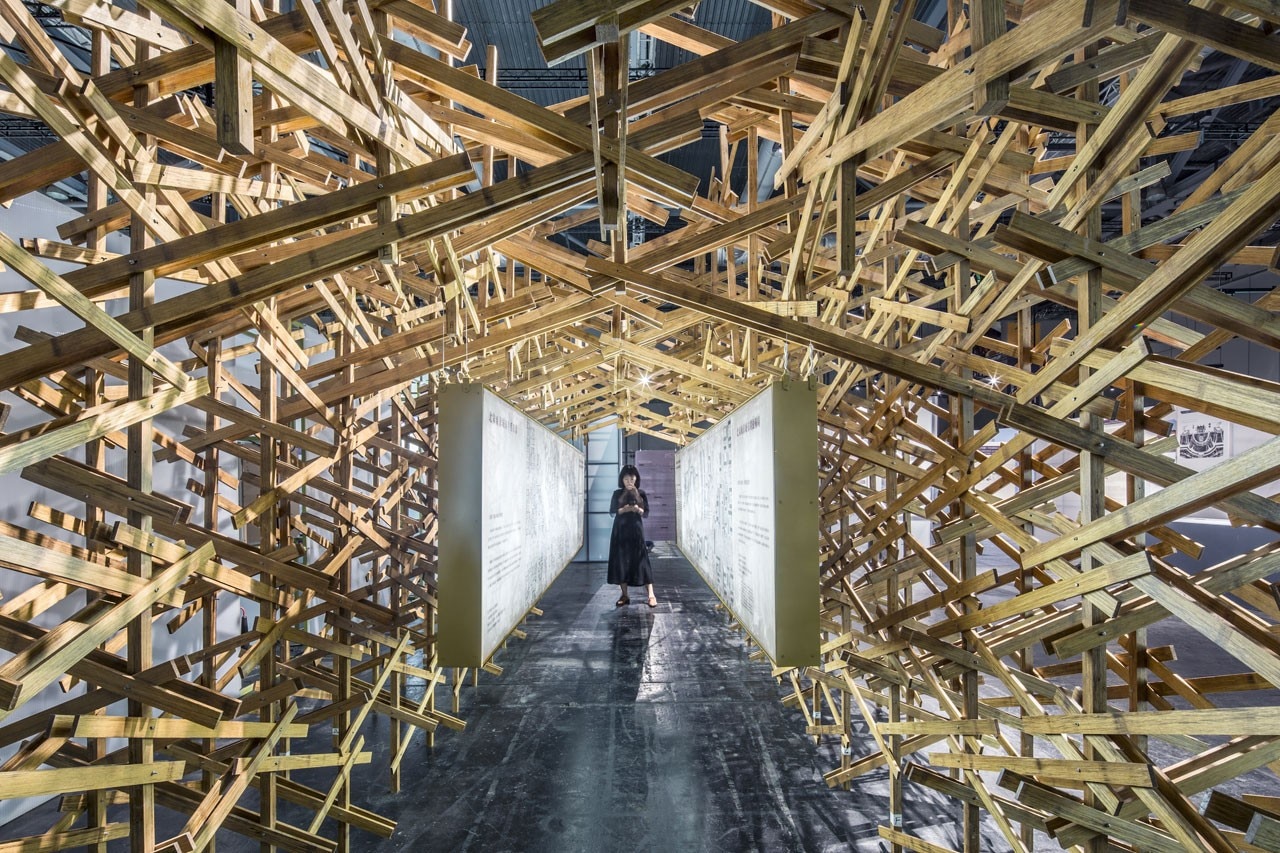
A day in an open city: a journey through “Springtime along the river”
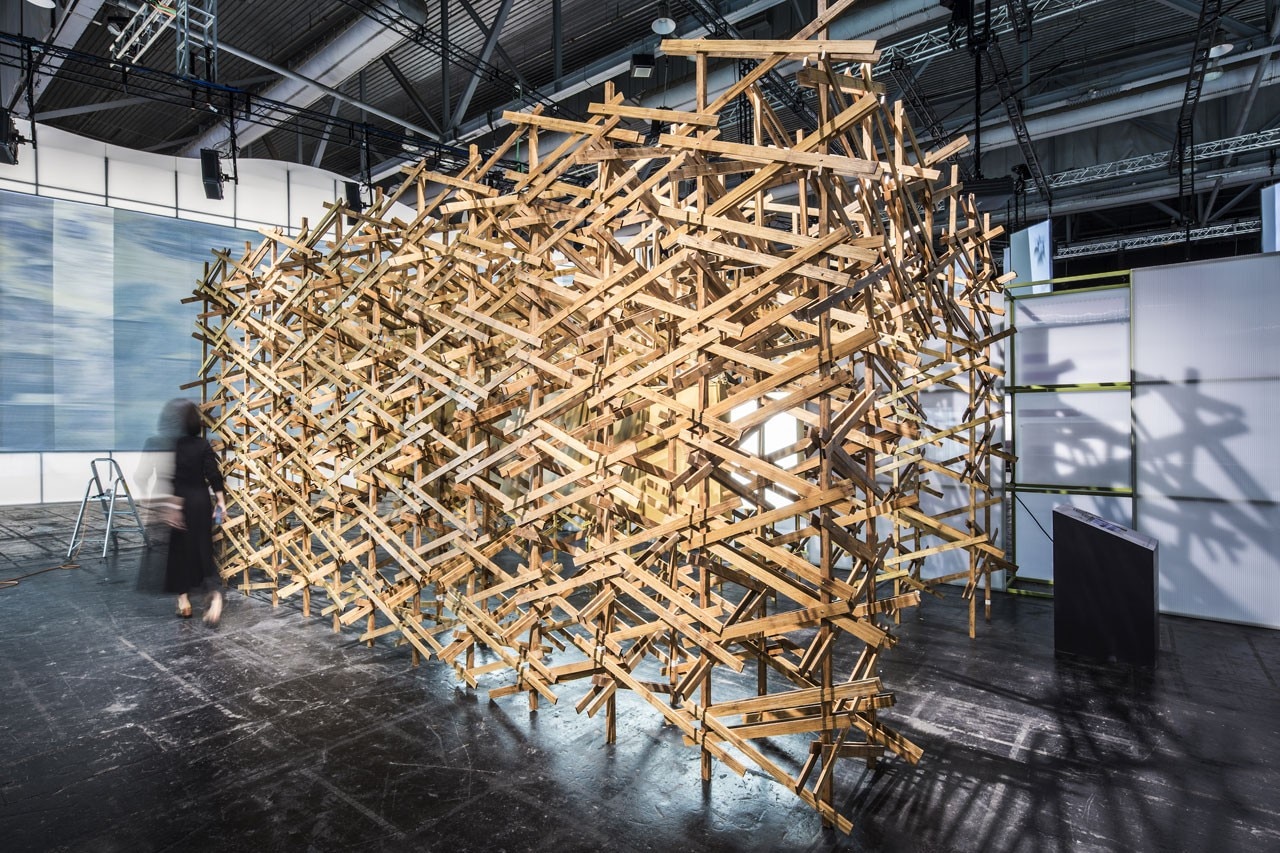
A day in an open city: a journey through “Springtime along the river”
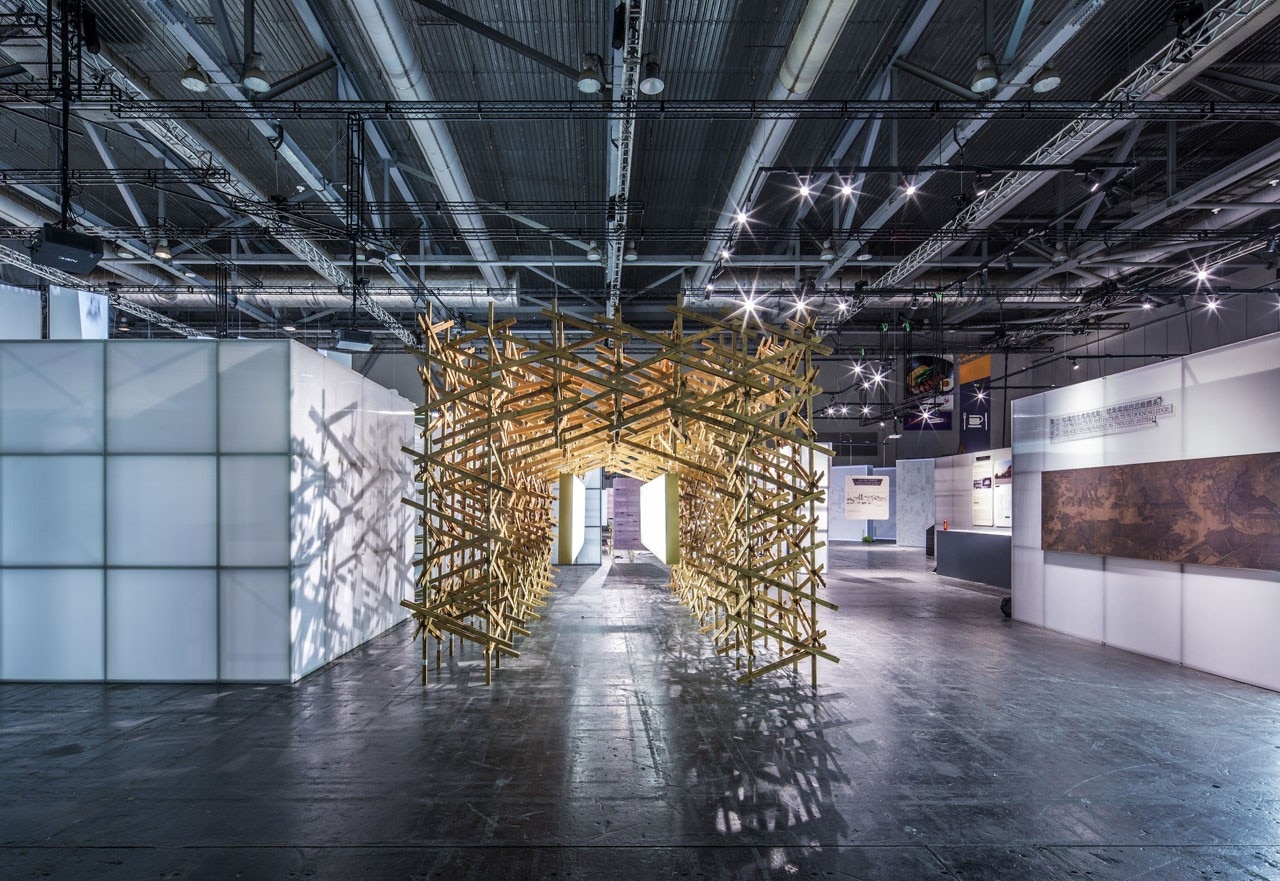
A day in an open city: a journey through “Springtime along the river”
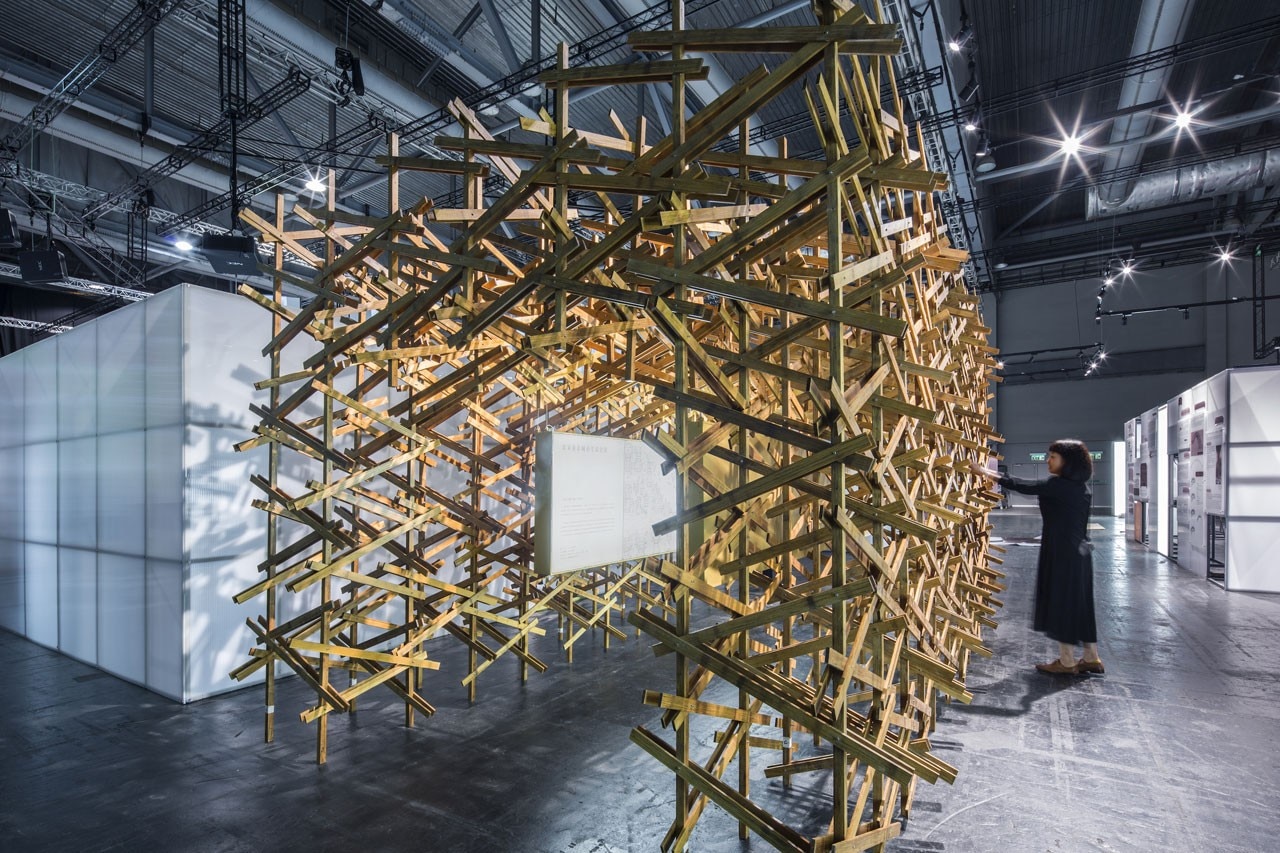
A day in an open city: a journey through “Springtime along the river”
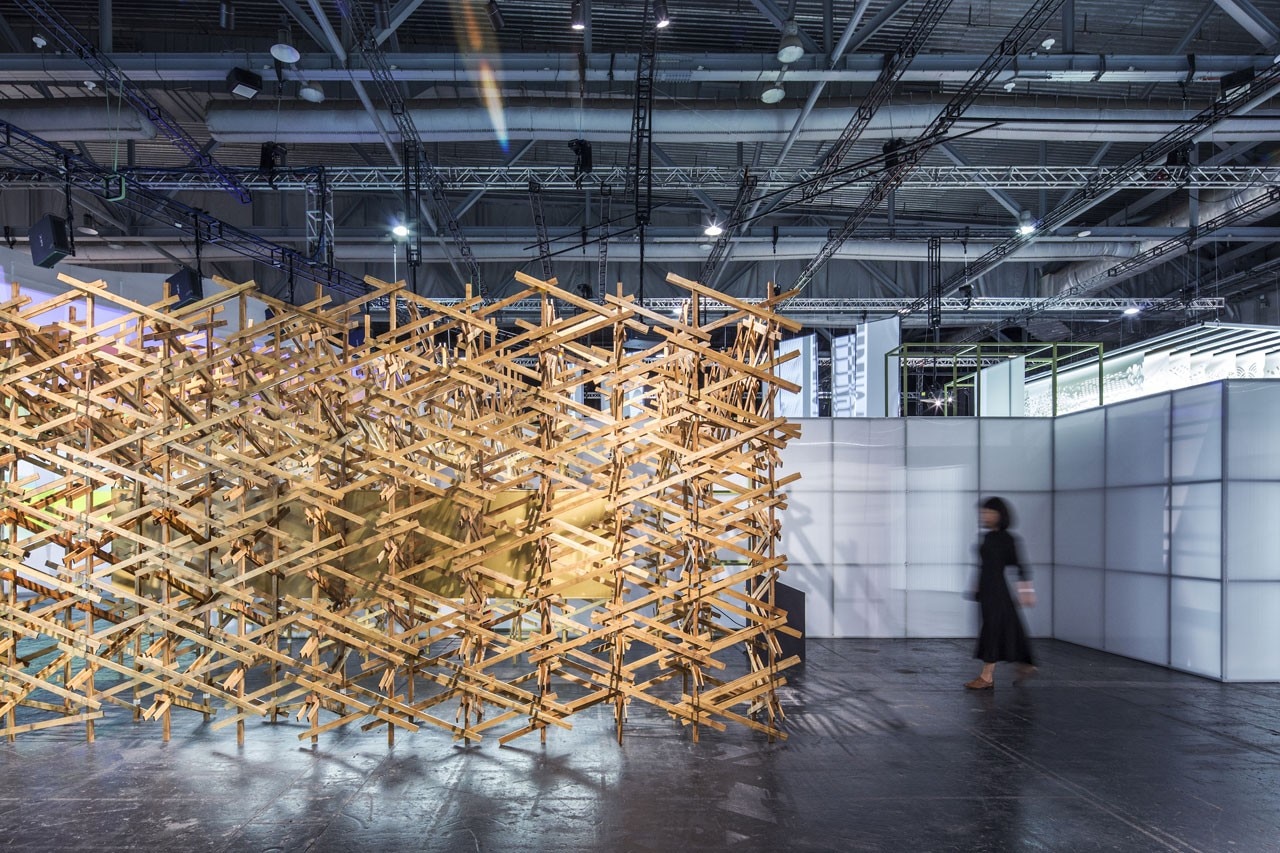
A day in an open city: a journey through “Springtime along the river”

A day in an open city: a journey through “Springtime along the river”
FIELD, Made in Biànjing, 2019

A day in an open city: a journey through “Springtime along the river”
FIELD, Made in Biànjing, 2019

A day in an open city: a journey through “Springtime along the river”
FIELD, Made in Biànjing, 2019

A day in an open city: a journey through “Springtime along the river”
FIELD, Made in Biànjing, 2019

A day in an open city: a journey through “Springtime along the river”
FIELD, Made in Biànjing, 2019

A day in an open city: a journey through “Springtime along the river”
FIELD, Made in Biànjing, 2019

A day in an open city: a journey through “Springtime along the river”
FIELD, Made in Biànjing, 2019

A day in an open city: a journey through “Springtime along the river”
FIELD, Made in Biànjing, 2019

A day in an open city: a journey through “Springtime along the river”
FIELD, Made in Biànjing, 2019

A day in an open city: a journey through “Springtime along the river”
FIELD, Made in Biànjing, 2019

A day in an open city: a journey through “Springtime along the river”
FIELD, Made in Biànjing, 2019

A day in an open city: a journey through “Springtime along the river”
FIELD, Made in Biànjing, 2019

A day in an open city: a journey through “Springtime along the river”

A day in an open city: a journey through “Springtime along the river”

A day in an open city: a journey through “Springtime along the river”

A day in an open city: a journey through “Springtime along the river”

A day in an open city: a journey through “Springtime along the river”

A day in an open city: a journey through “Springtime along the river”
The production and distribution of this knowledge
The Building Standards, maybe the most important book written on architecture and construction by Li Jie, is an extensive manual of architecture construction and masonry compiled during the Song Dynasty that enabled the continuous transformation from the rural to the urban, the creation of typologies, and so on.
MAX Office designed three-walls infographics as a guide to use the book, to communicate its core principles, and how the development of printing technology influenced the dissemination of this knowledge.
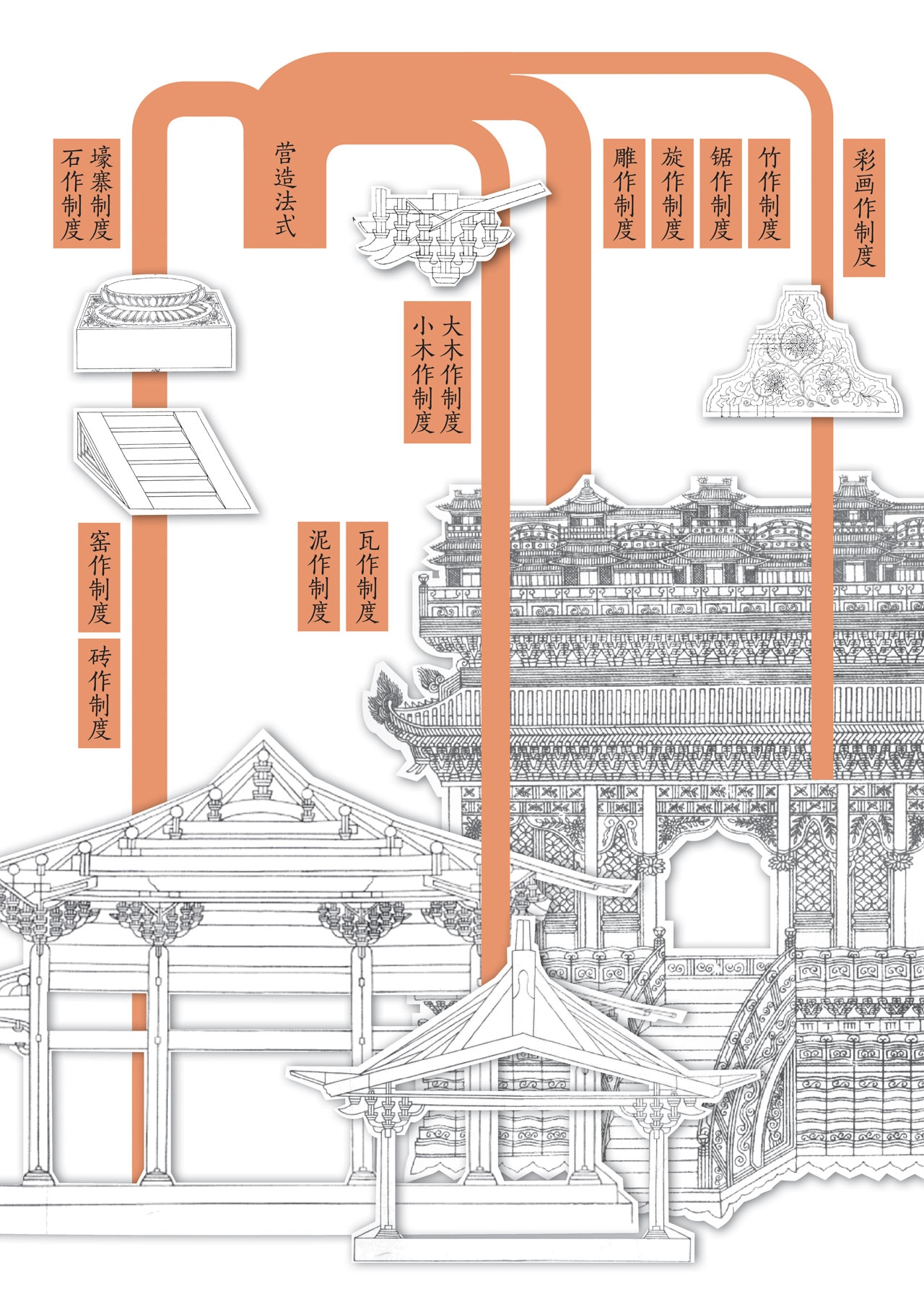
 View gallery
View gallery
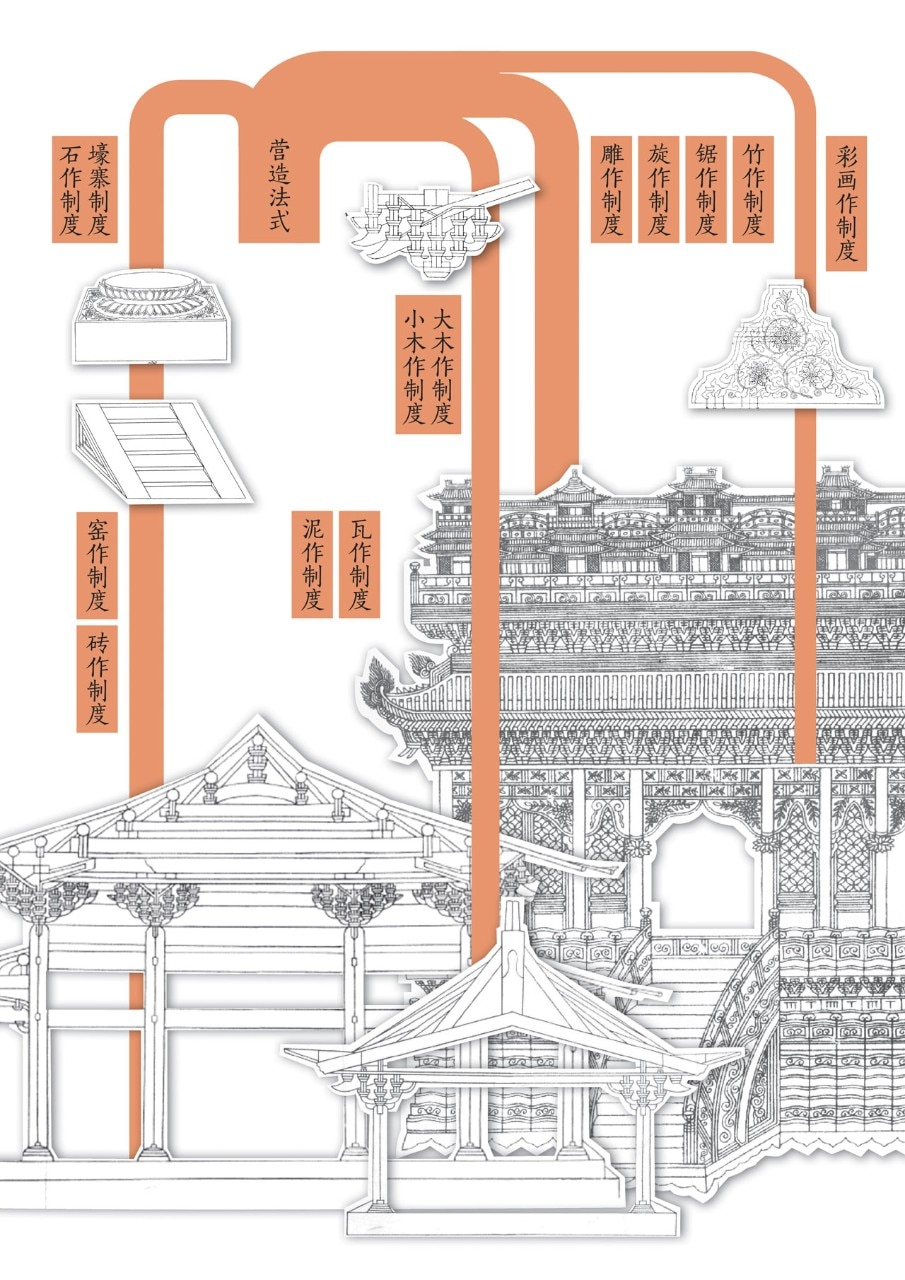
A day in an open city: a journey through “Springtime along the river”
MAX Office, Networks of Knowledge, 2019
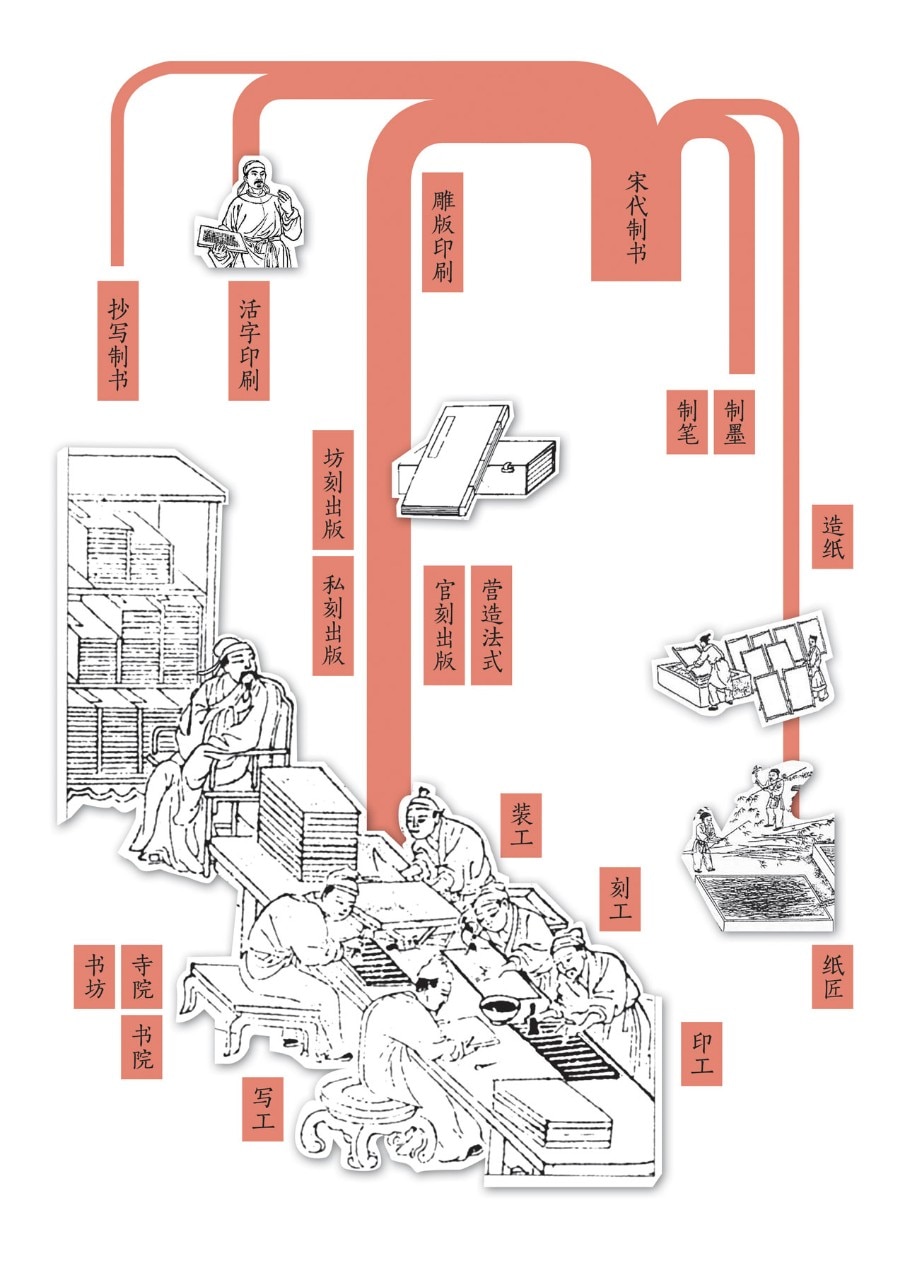
A day in an open city: a journey through “Springtime along the river”
MAX Office, Networks of Knowledge, 2019
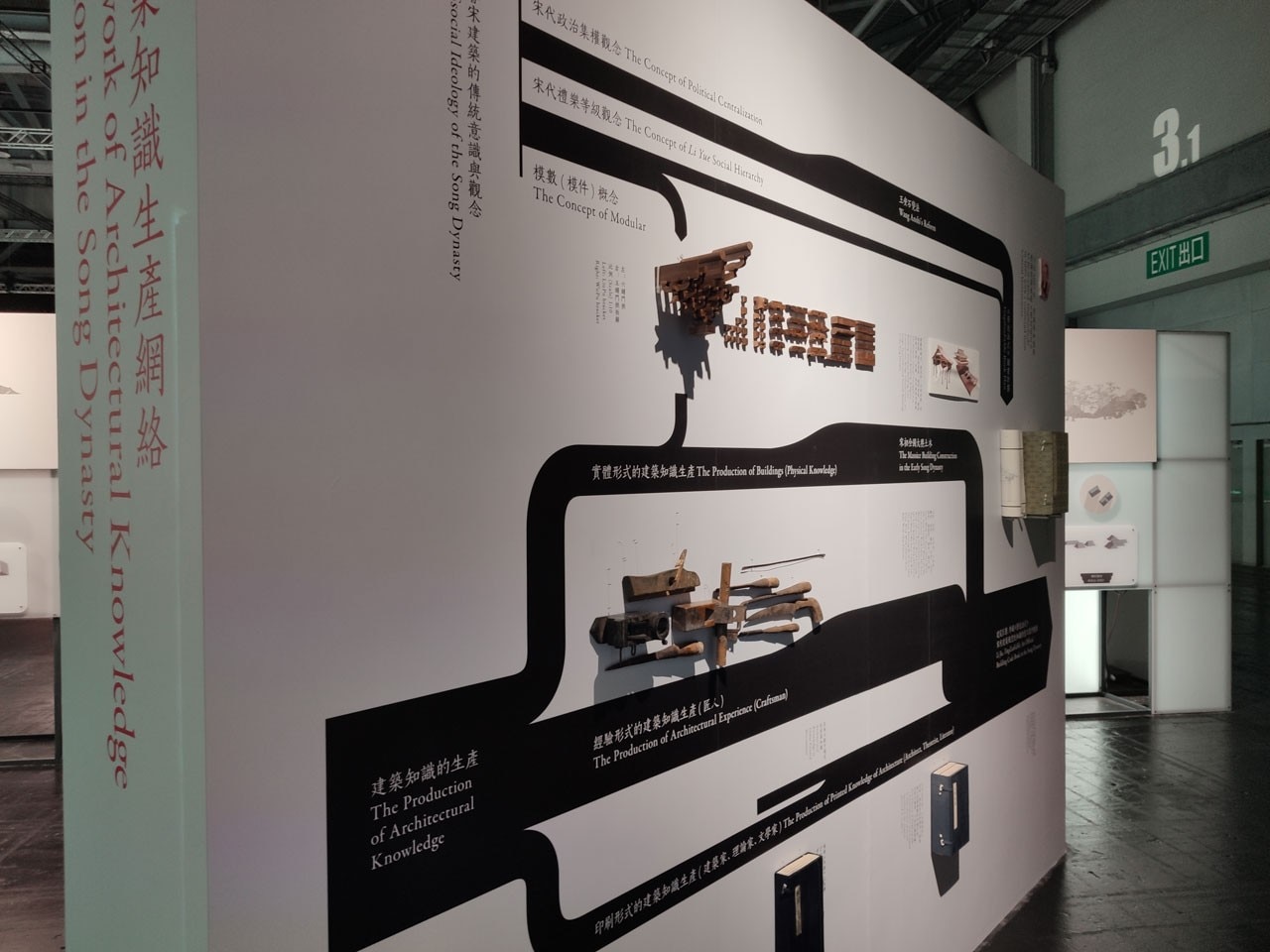
A day in an open city: a journey through “Springtime along the river”
MAX Office, Networks of Knowledge, 2019
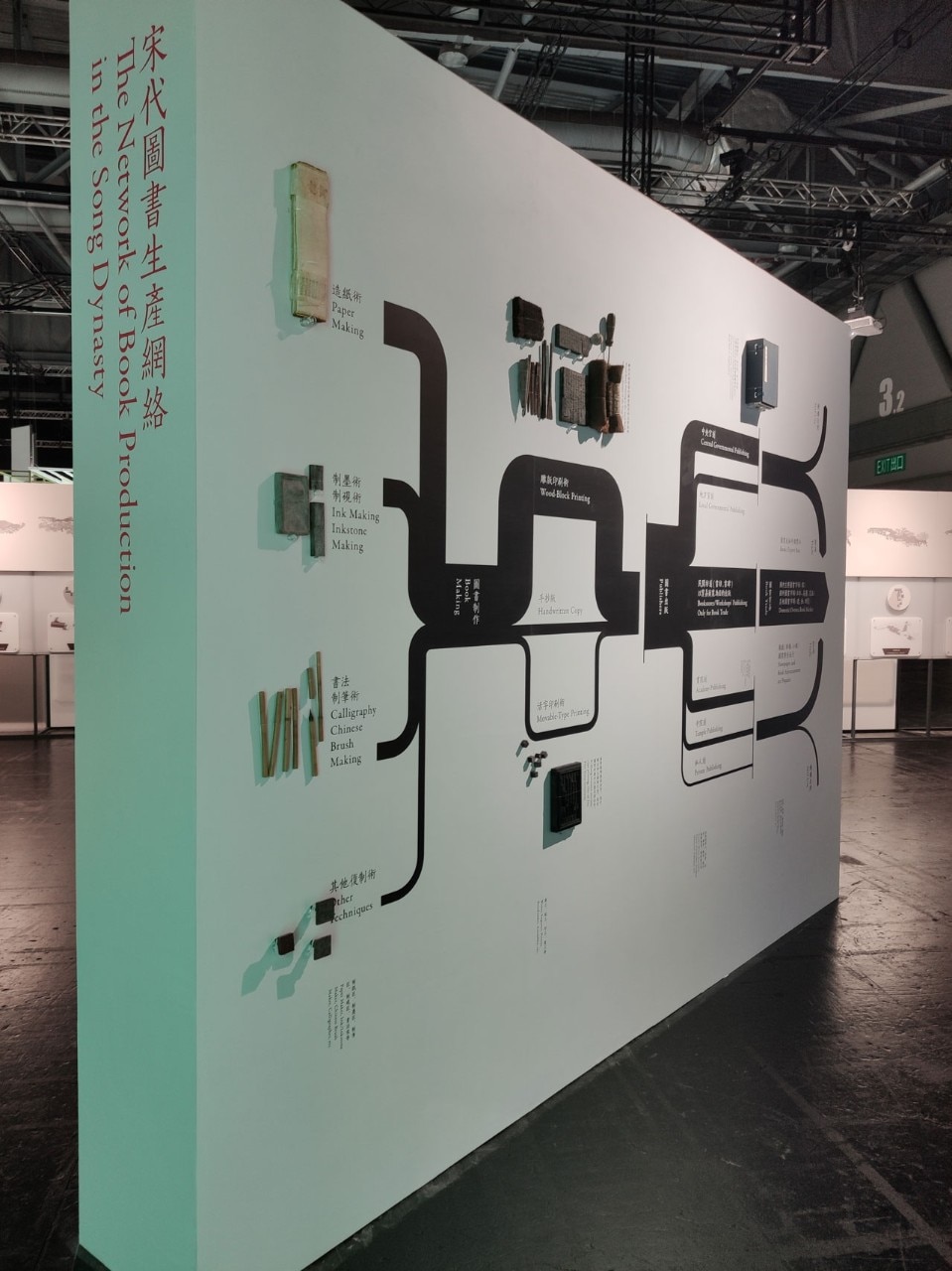
A day in an open city: a journey through “Springtime along the river”
MAX Office, Networks of Knowledge, 2019

A day in an open city: a journey through “Springtime along the river”
MAX Office, Networks of Knowledge, 2019

A day in an open city: a journey through “Springtime along the river”
MAX Office, Networks of Knowledge, 2019

A day in an open city: a journey through “Springtime along the river”
MAX Office, Networks of Knowledge, 2019

A day in an open city: a journey through “Springtime along the river”
MAX Office, Networks of Knowledge, 2019
Urban Society & Material Culture, and The Architecture of Everyday Life
These two scenes focus on material culture such as fashion, furniture, fragrances, porcelains, etc. Here, Atlas Studio and Benwu Studio had an intervention on incense and furniture, respectively. Atlas Studio’s installation started with a Song dynasty recipe of incense, followed by the major scents that were inscribed in the painting, i.e. frankincense, agarwood, sandalwood, and rose water, as well as those researched by Atlas Studio such as ambergris, musk, and saffron.
Benwu Studio’s work was on the history of Song furniture, where they documented different uses and making techniques of furniture, tables, chairs, shelves, space dividers, and so on. They focused especially on the mortise and tenon technique, i.e. sunmao, a furniture making technique that uses interlocking wood parts that don’t require any joinery pieces such as bolts, or adhesives. This technique makes visible the structures it assembles, and increases sustainability because of reducing transportation size, and polluting materials as adhesives.
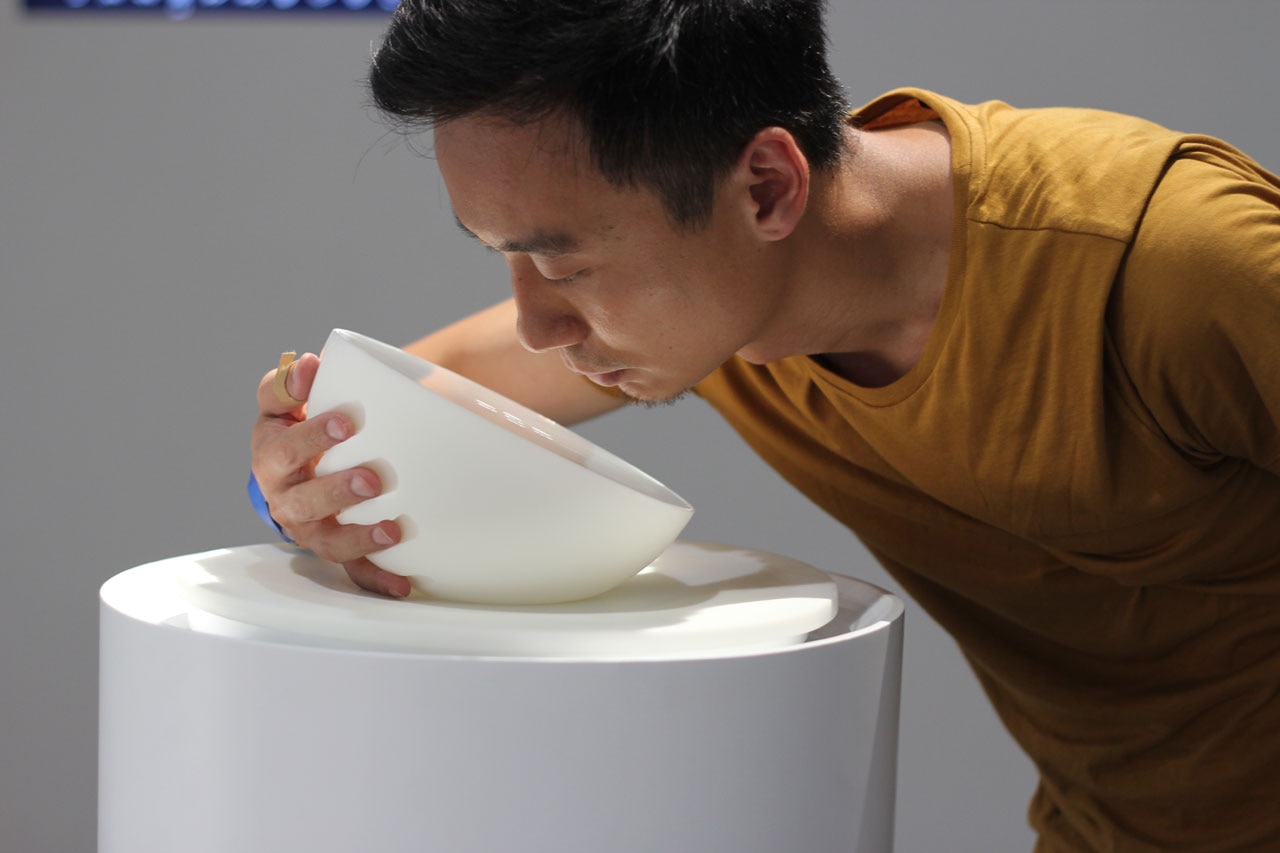
 View gallery
View gallery
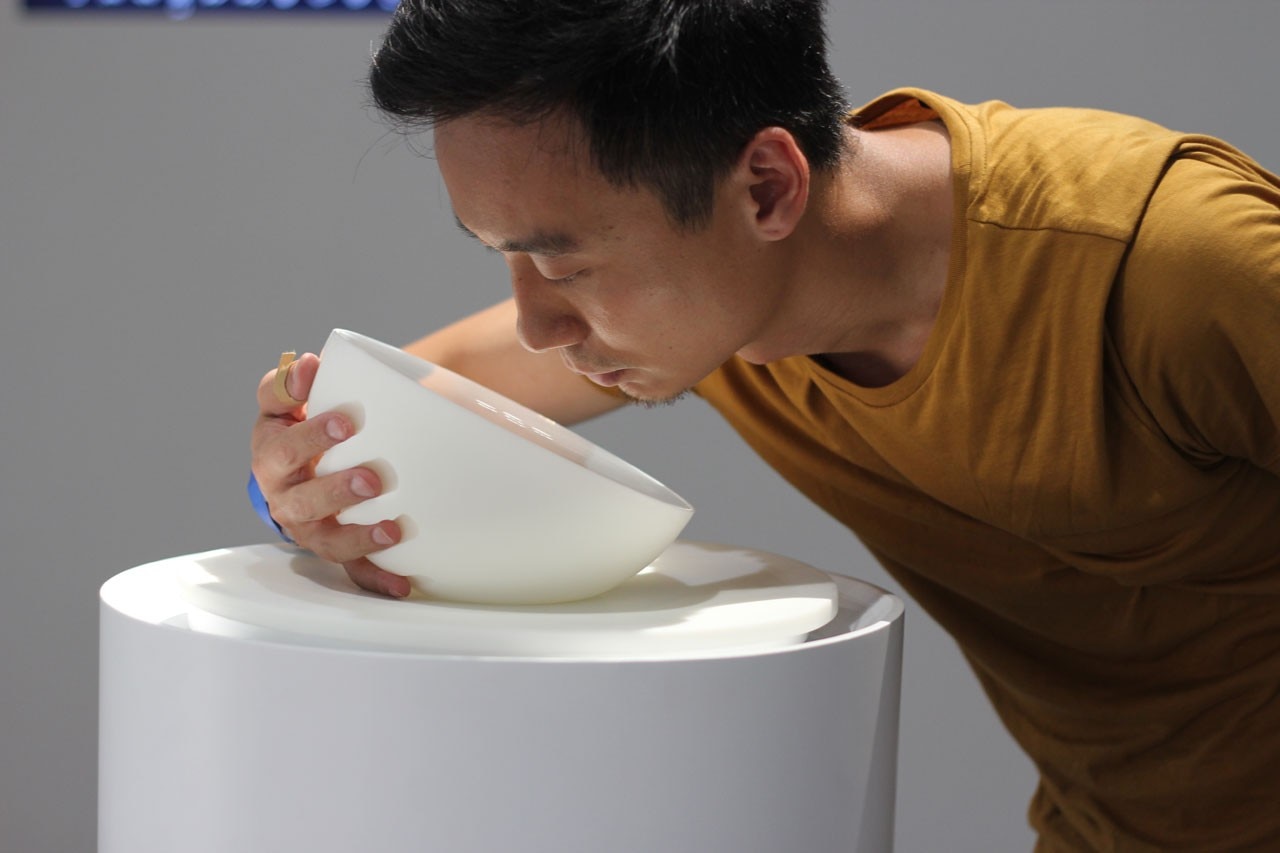
A day in an open city: a journey through “Springtime along the river”
Atlas Studio, Vessels, 2019
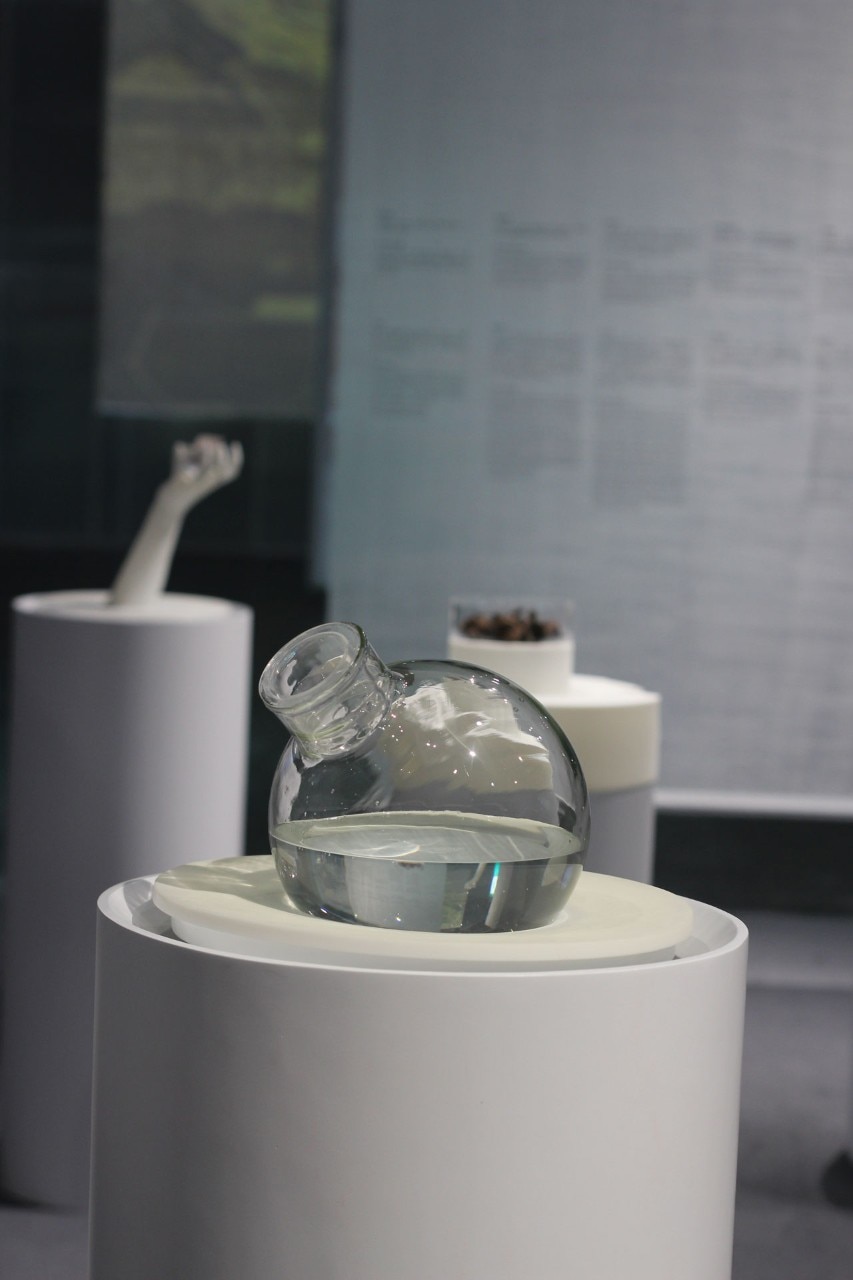
A day in an open city: a journey through “Springtime along the river”
Atlas Studio, Vessels, 2019
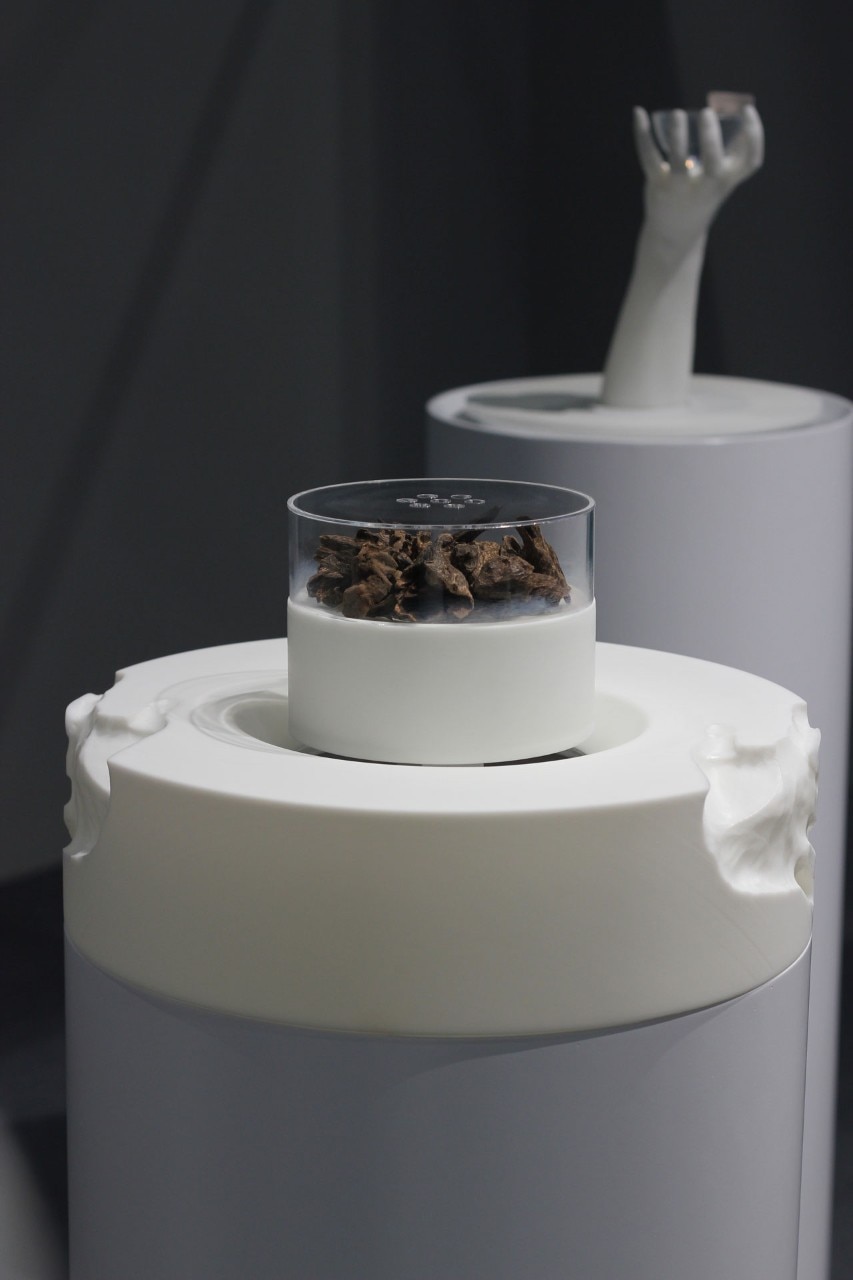
A day in an open city: a journey through “Springtime along the river”
Atlas Studio, Vessels, 2019
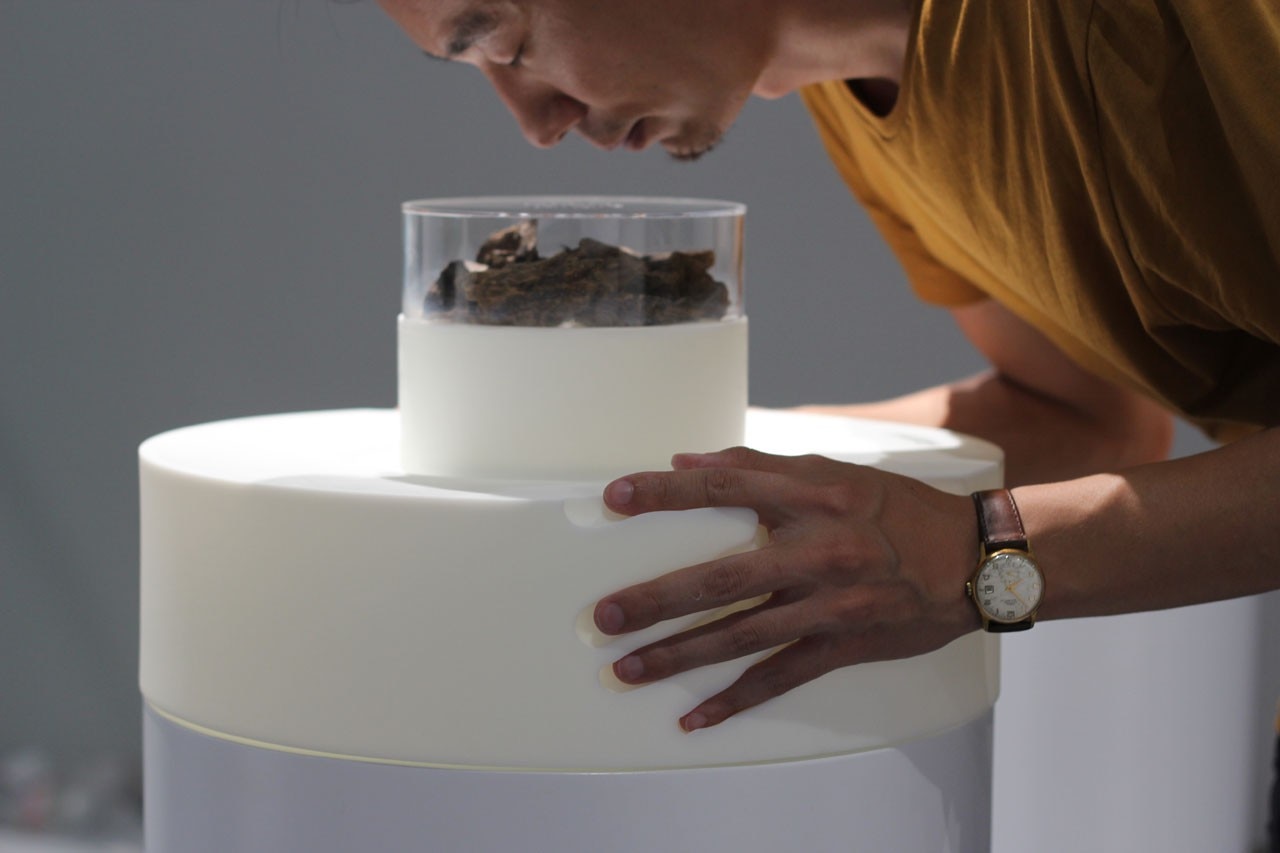
A day in an open city: a journey through “Springtime along the river”
Atlas Studio, Vessels, 2019
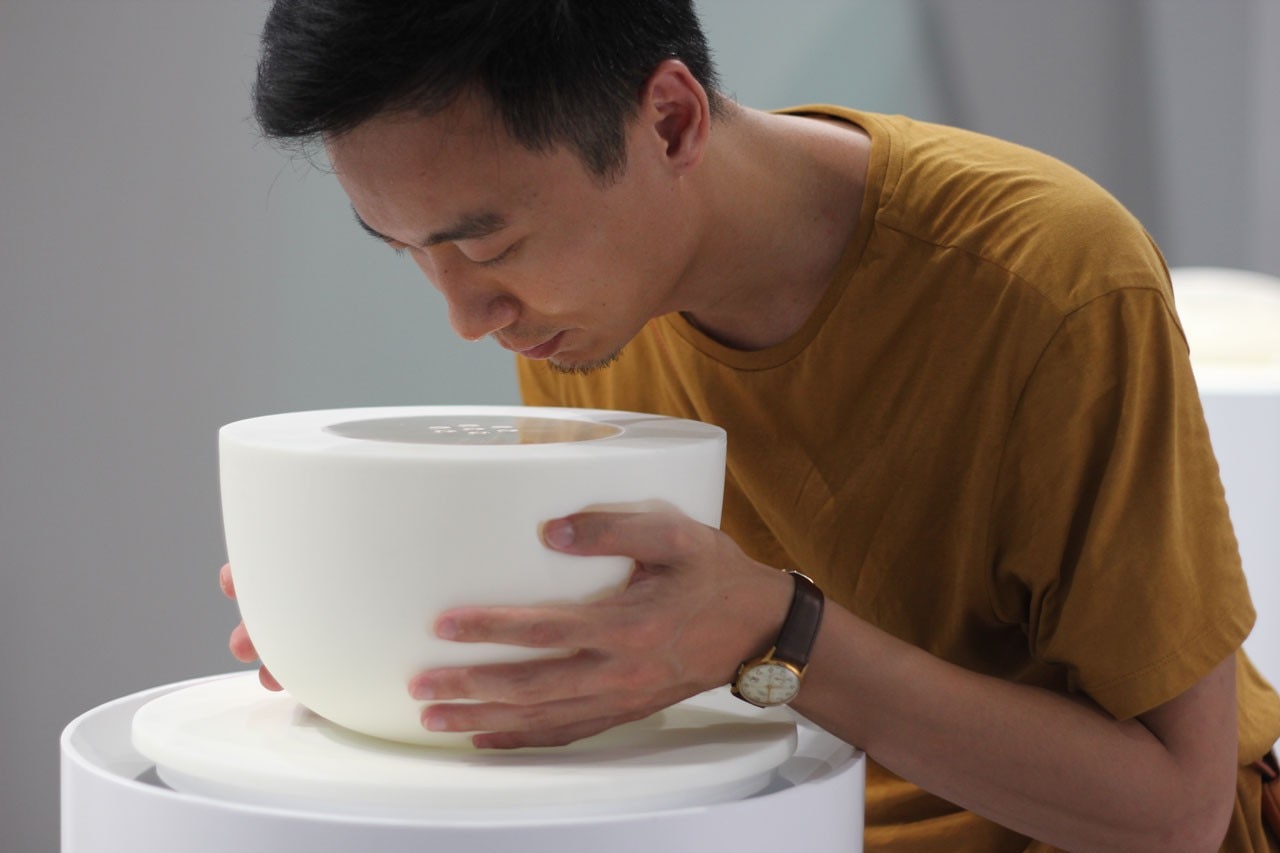
A day in an open city: a journey through “Springtime along the river”
Atlas Studio, Vessels, 2019
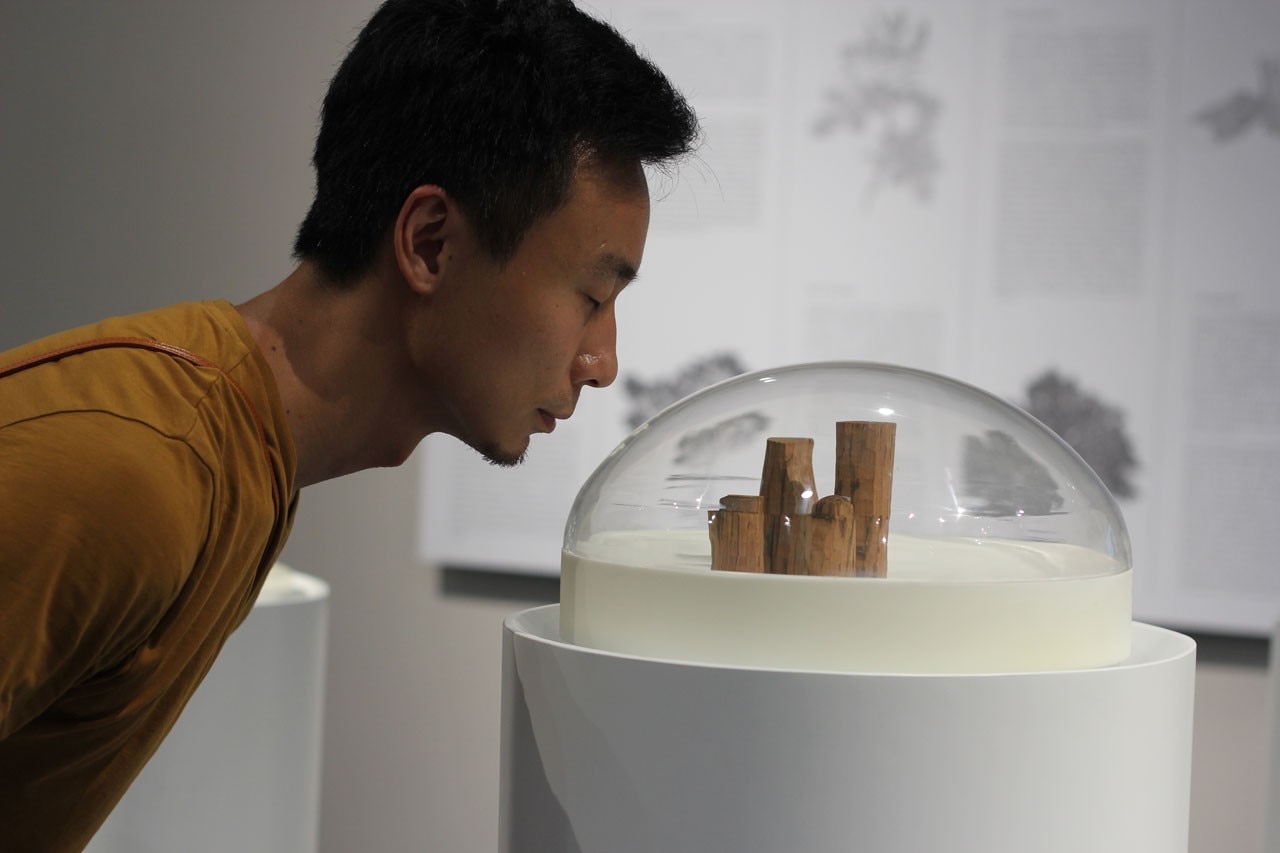
A day in an open city: a journey through “Springtime along the river”
Atlas Studio, Vessels, 2019
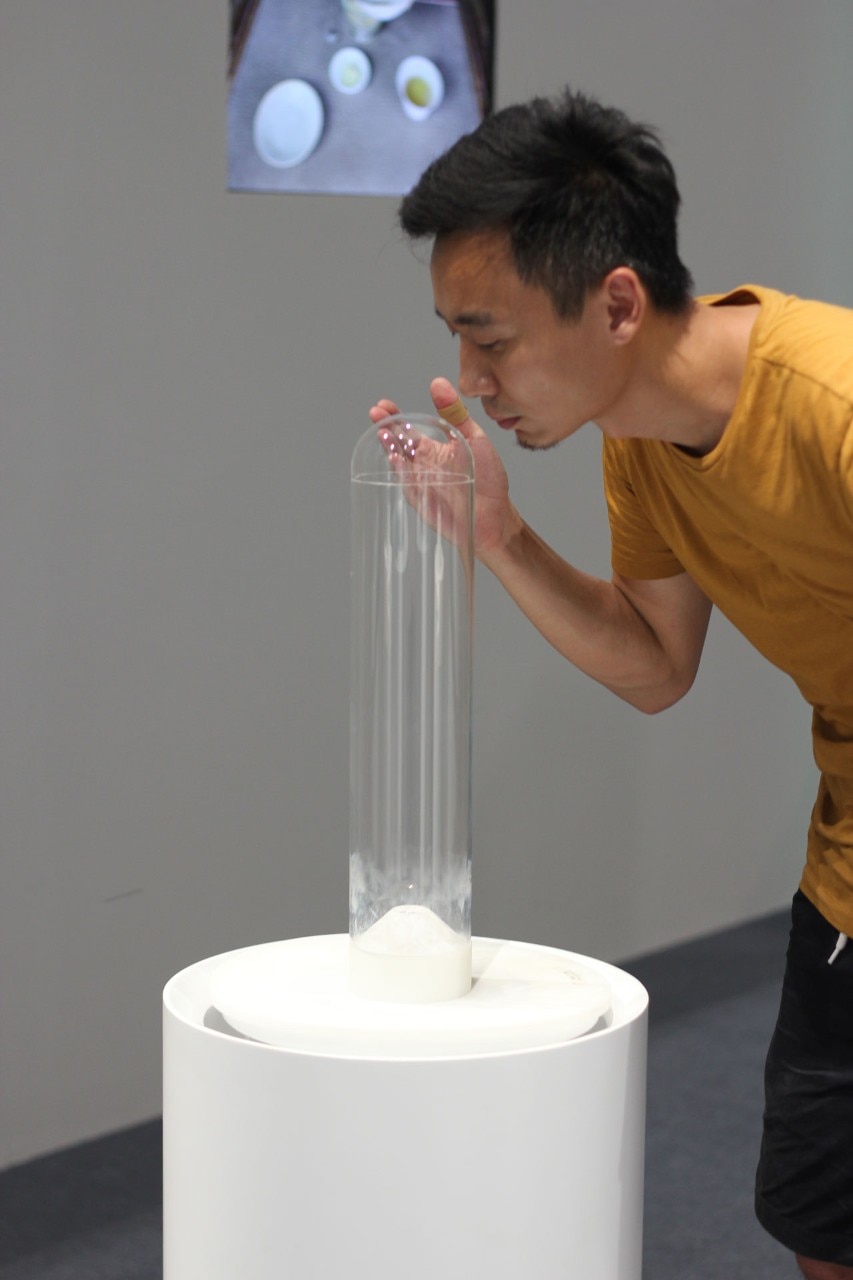
A day in an open city: a journey through “Springtime along the river”
Atlas Studio, Vessels, 2019
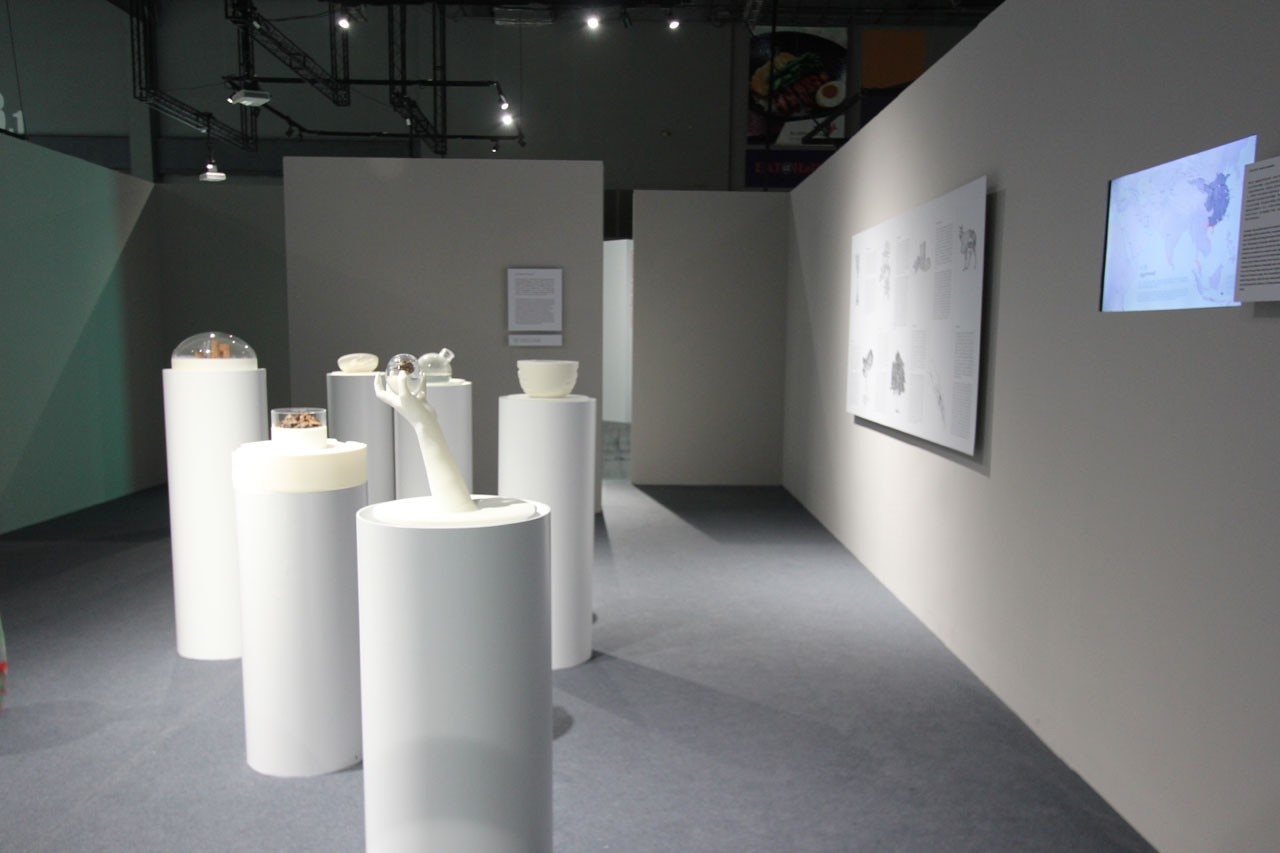
A day in an open city: a journey through “Springtime along the river”
Atlas Studio, Vessels, 2019
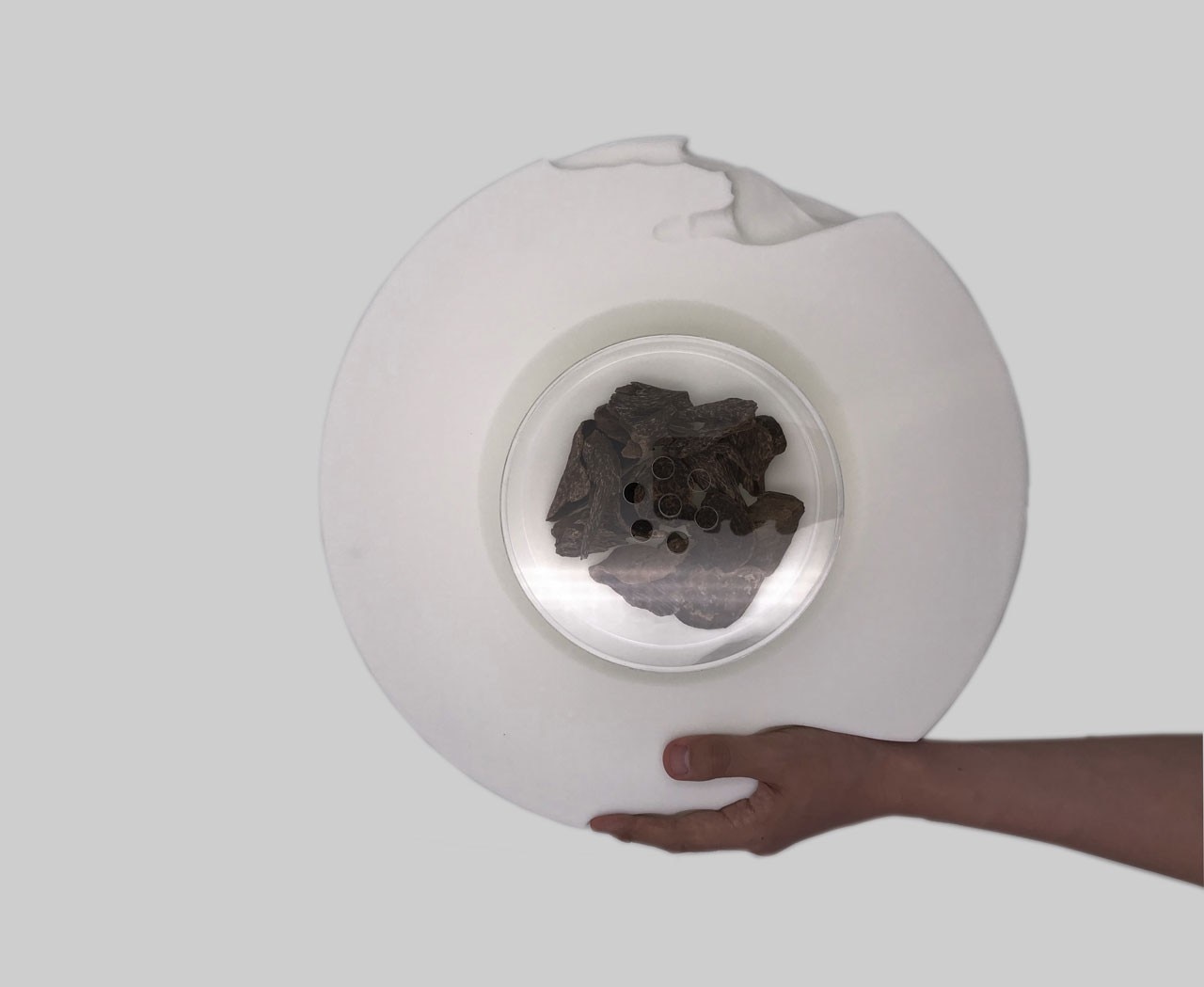
A day in an open city: a journey through “Springtime along the river”
Atlas Studio, Vessels, 2019
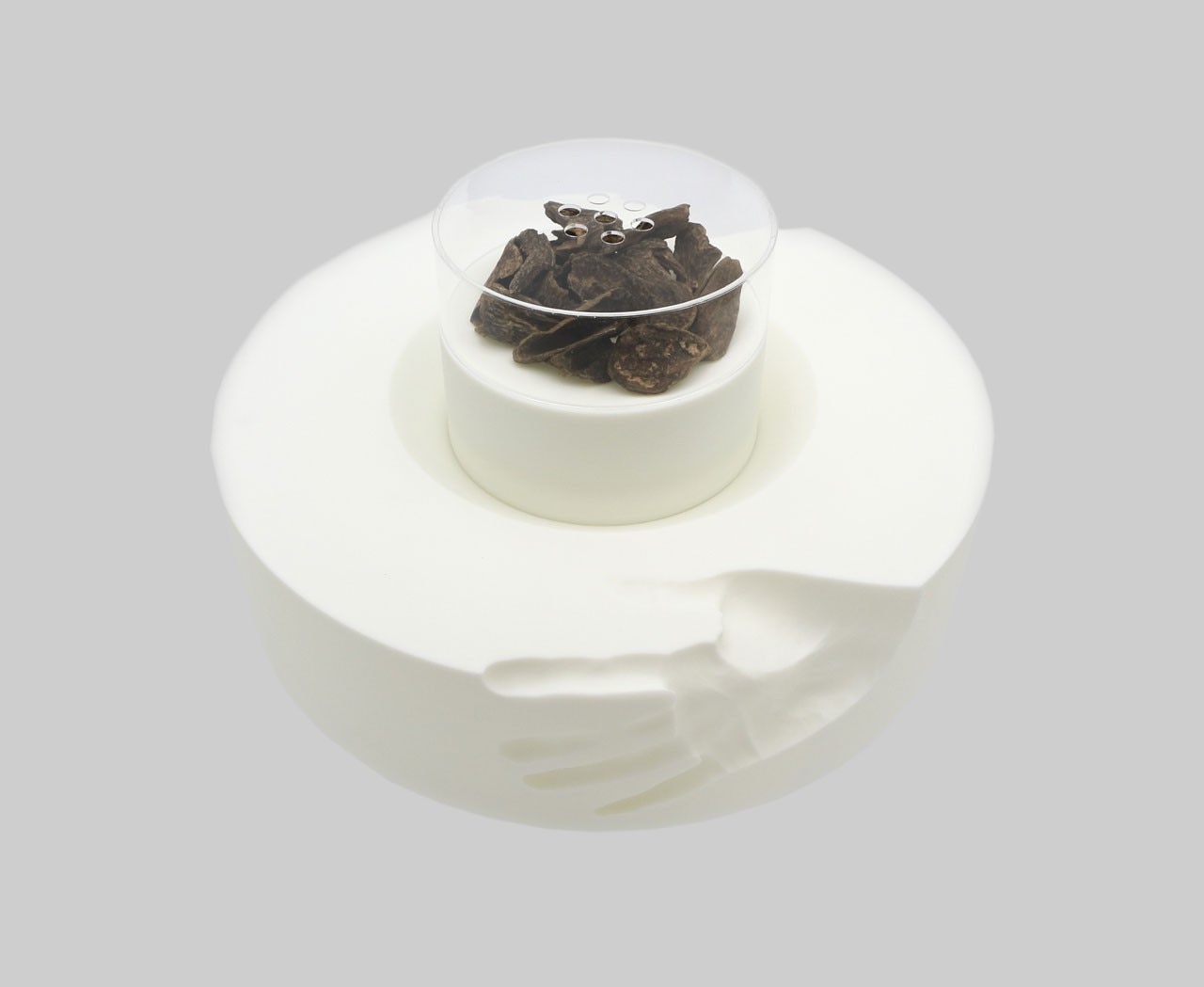
A day in an open city: a journey through “Springtime along the river”
Atlas Studio, Vessels, 2019
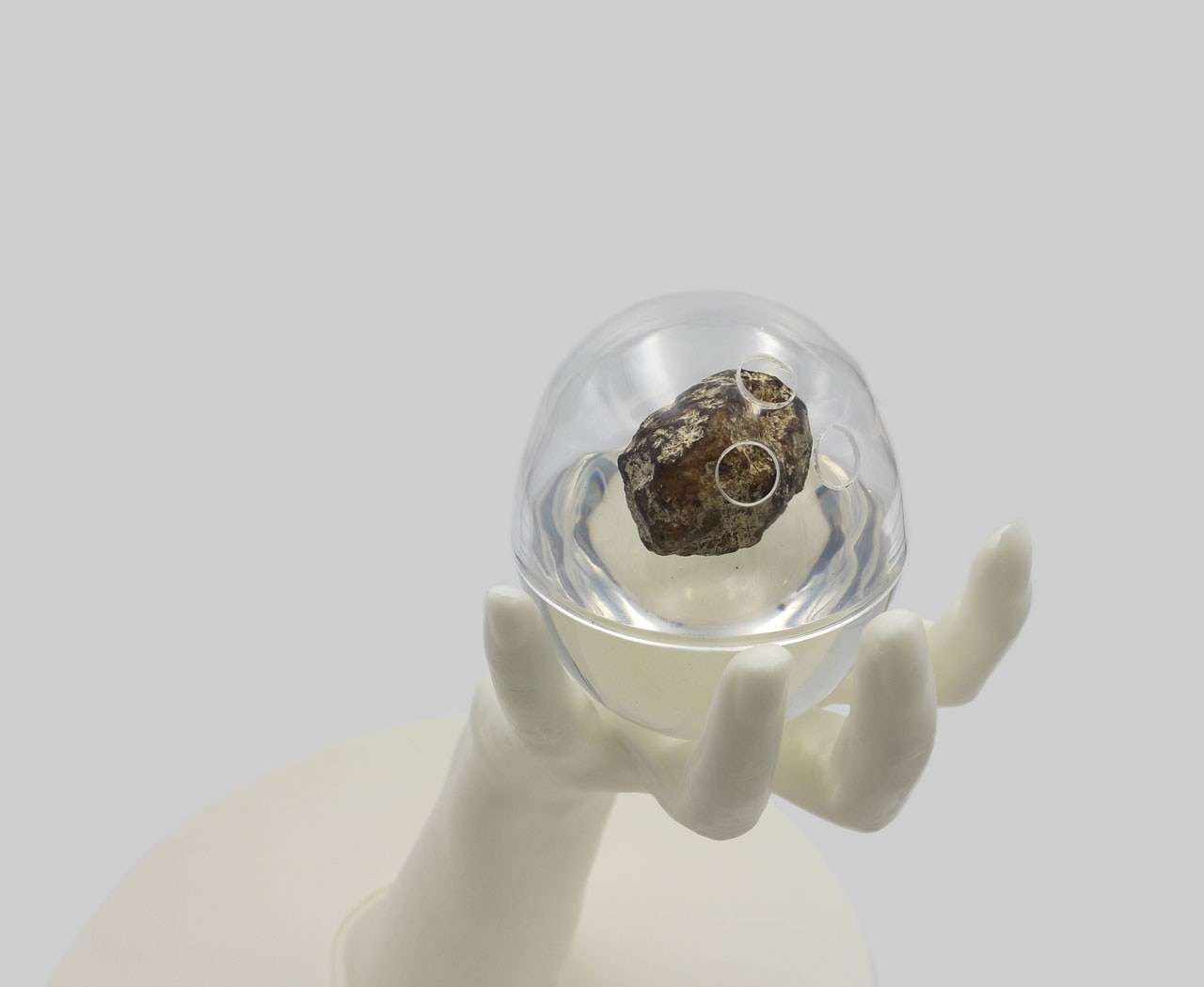
A day in an open city: a journey through “Springtime along the river”
Atlas Studio, Vessels, 2019
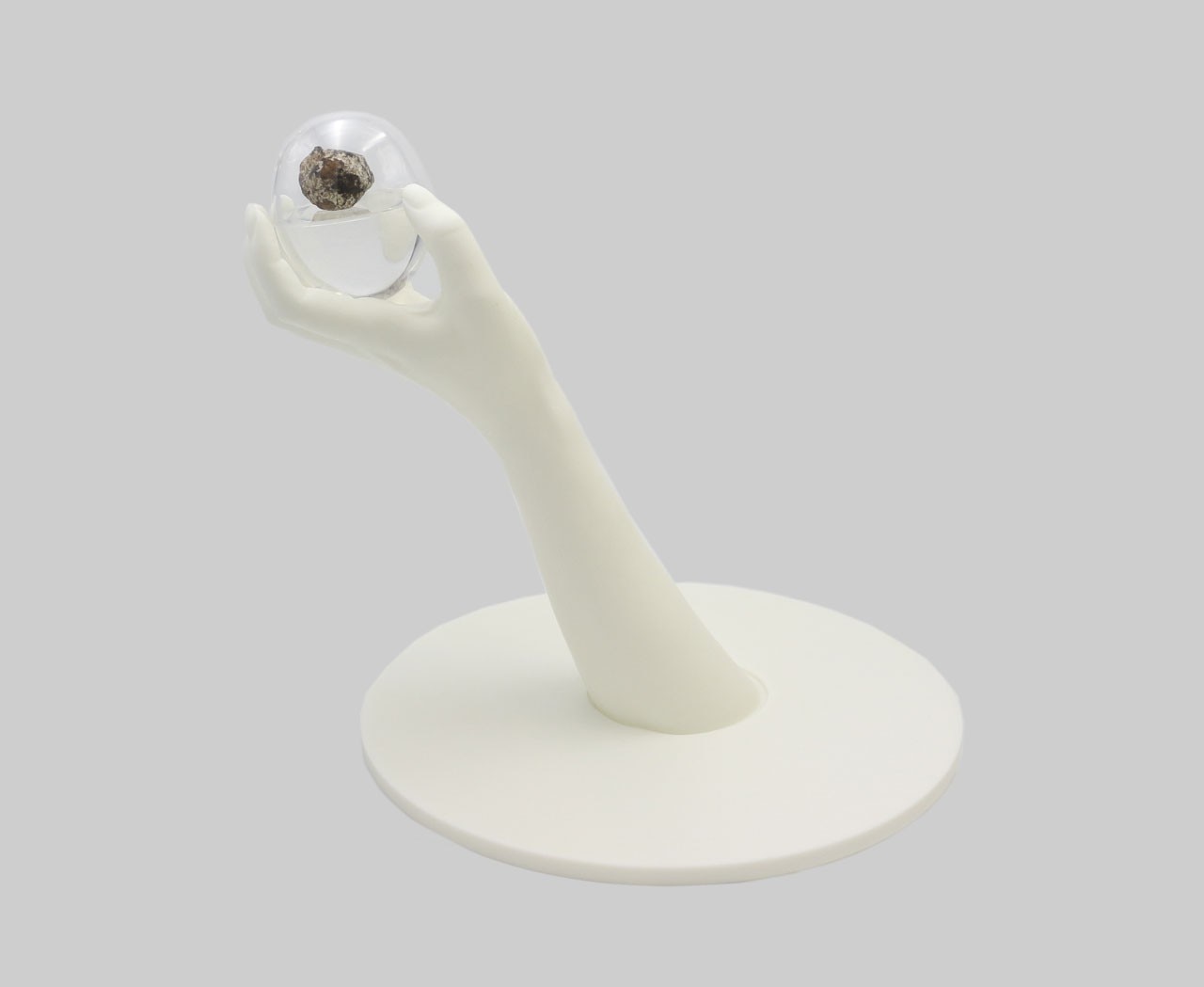
A day in an open city: a journey through “Springtime along the river”
Atlas Studio, Vessels, 2019
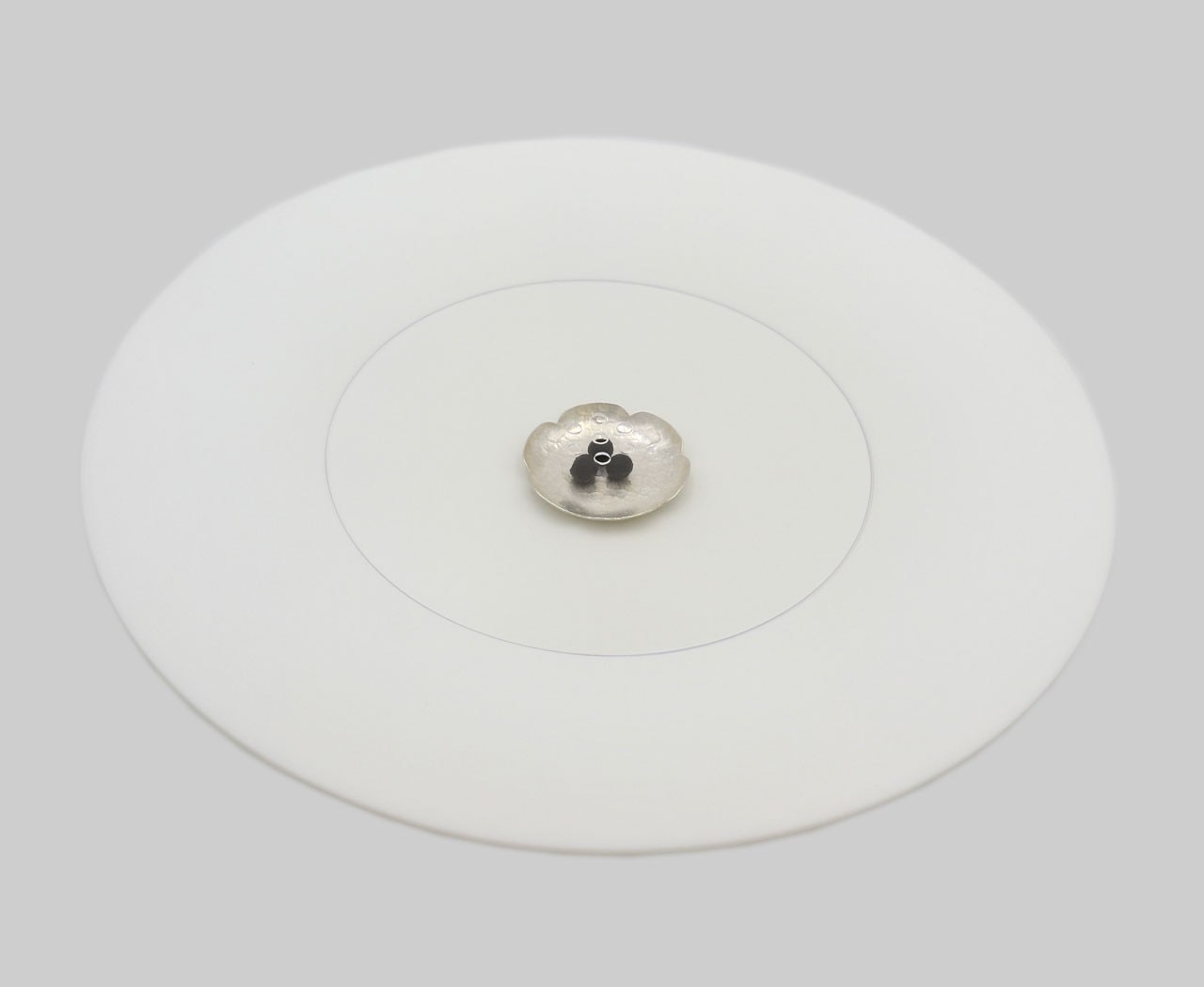
A day in an open city: a journey through “Springtime along the river”
Atlas Studio, Vessels, 2019
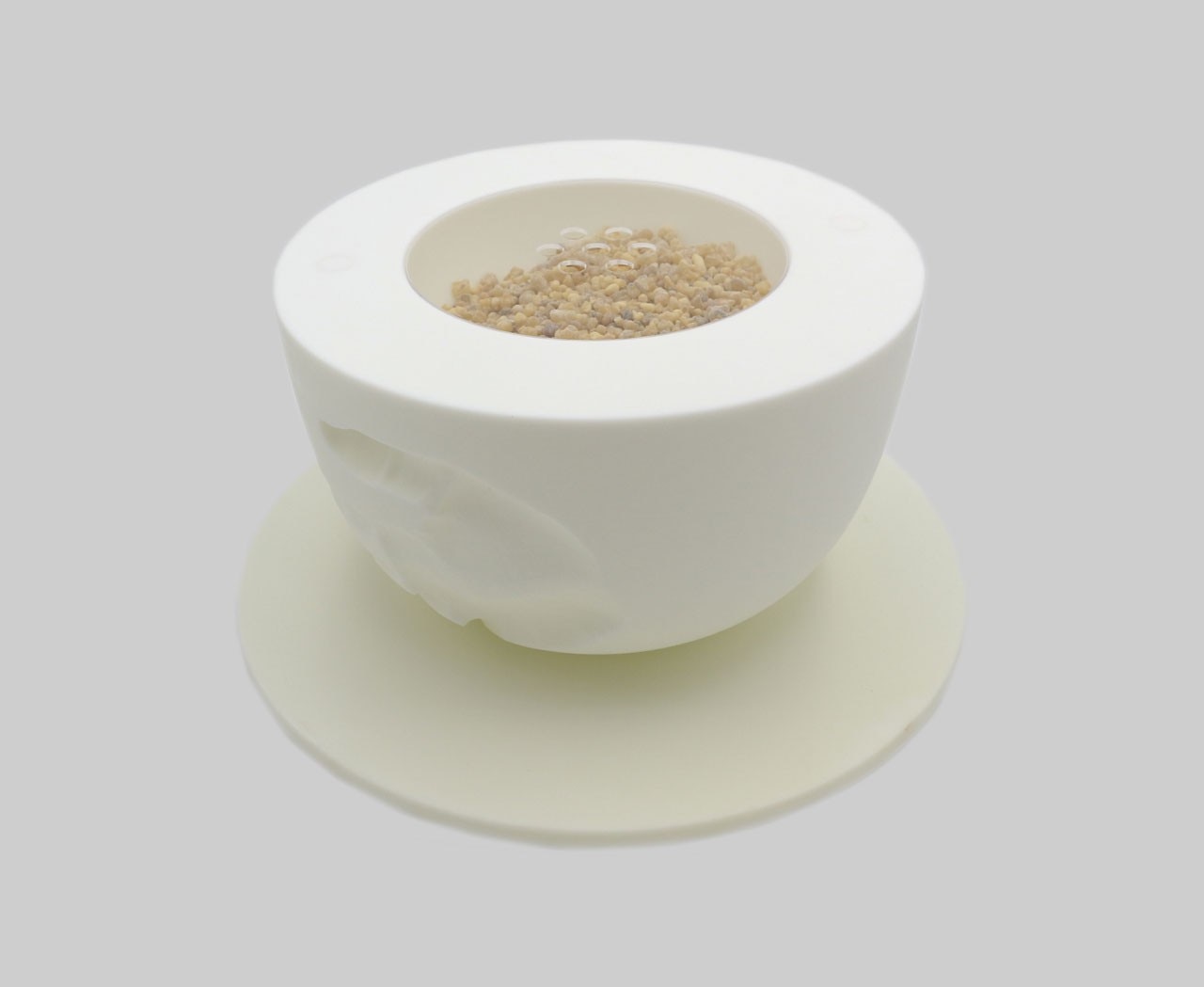
A day in an open city: a journey through “Springtime along the river”
Atlas Studio, Vessels, 2019
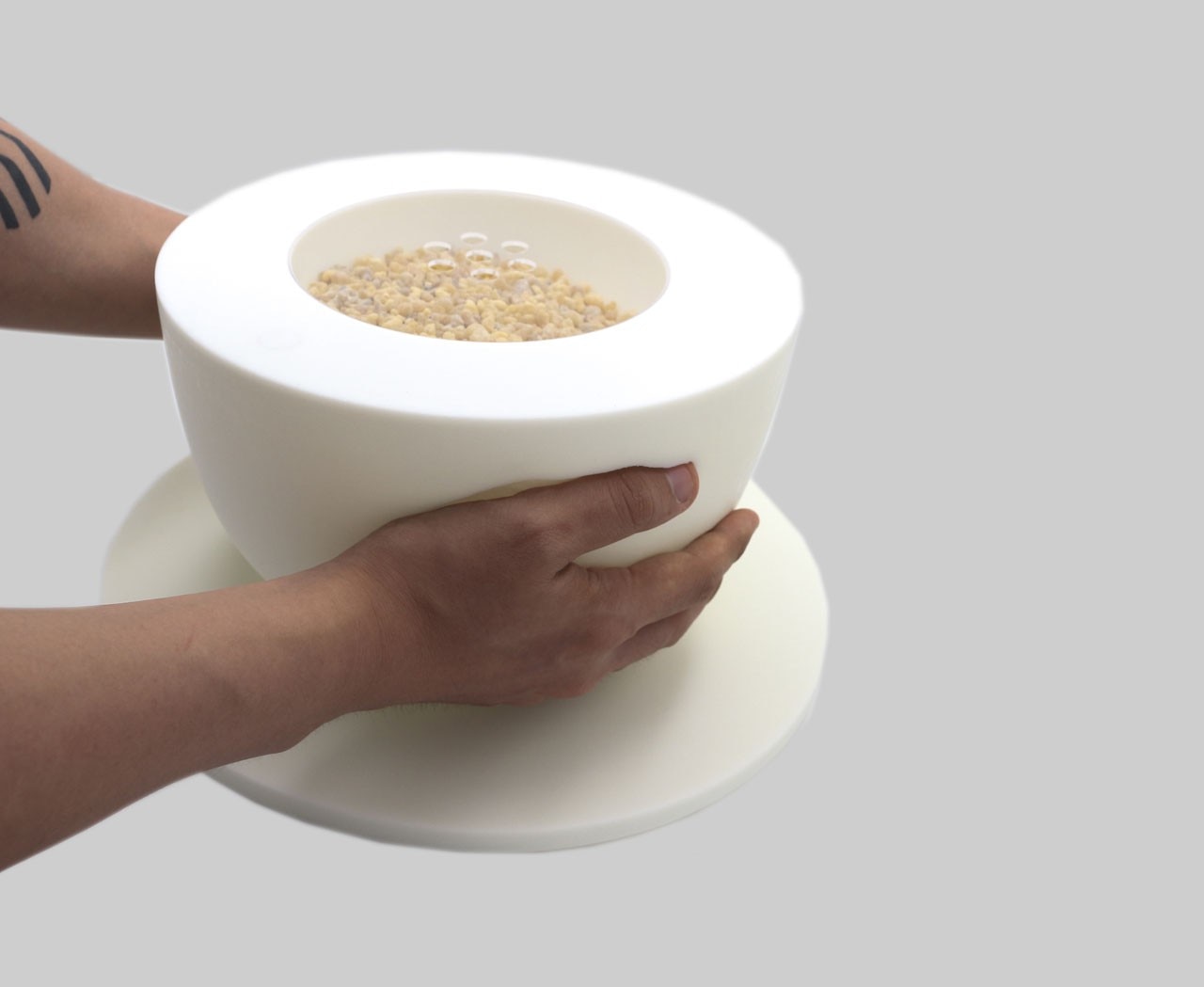
A day in an open city: a journey through “Springtime along the river”
Atlas Studio, Vessels, 2019
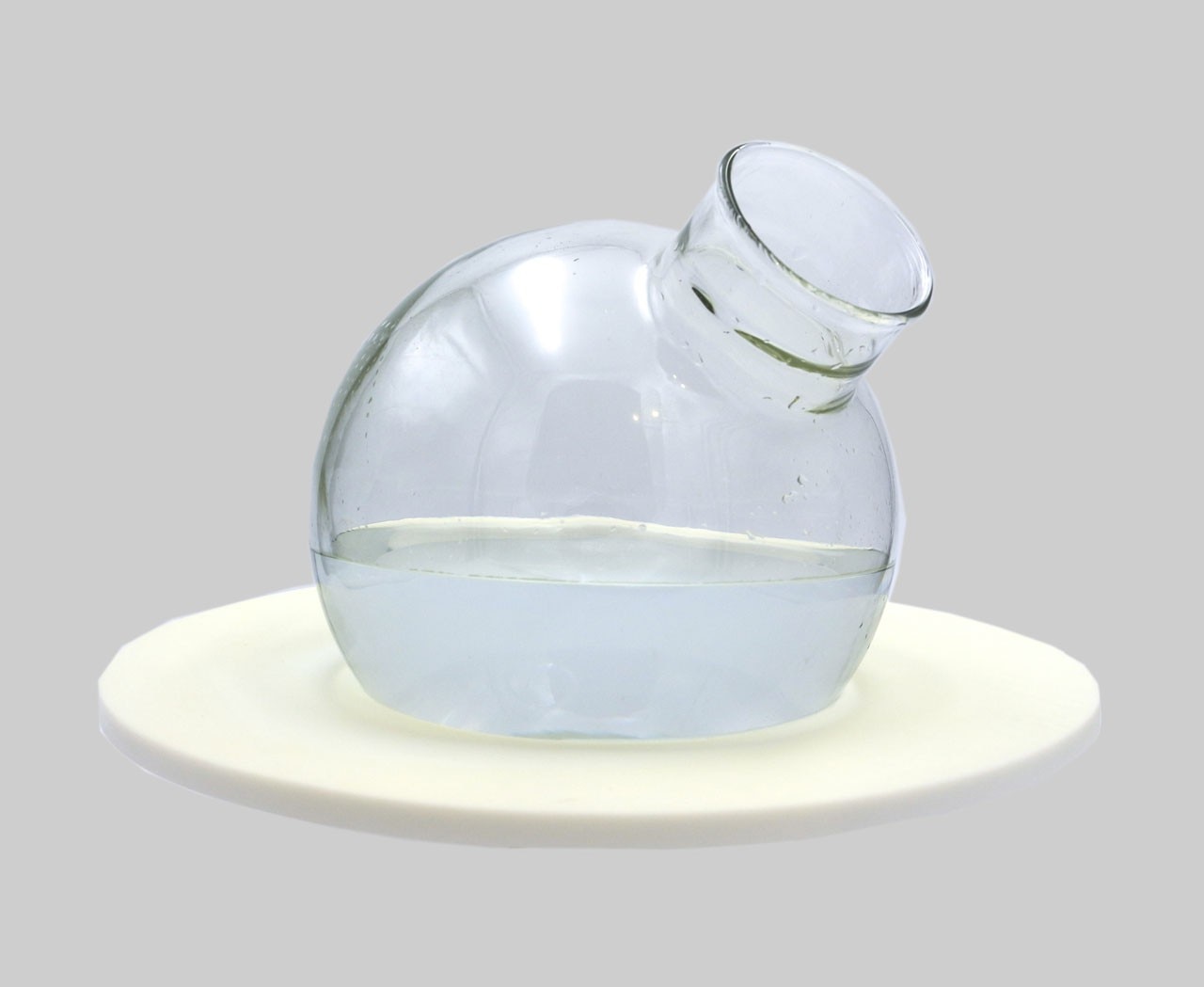
A day in an open city: a journey through “Springtime along the river”
Atlas Studio, Vessels, 2019
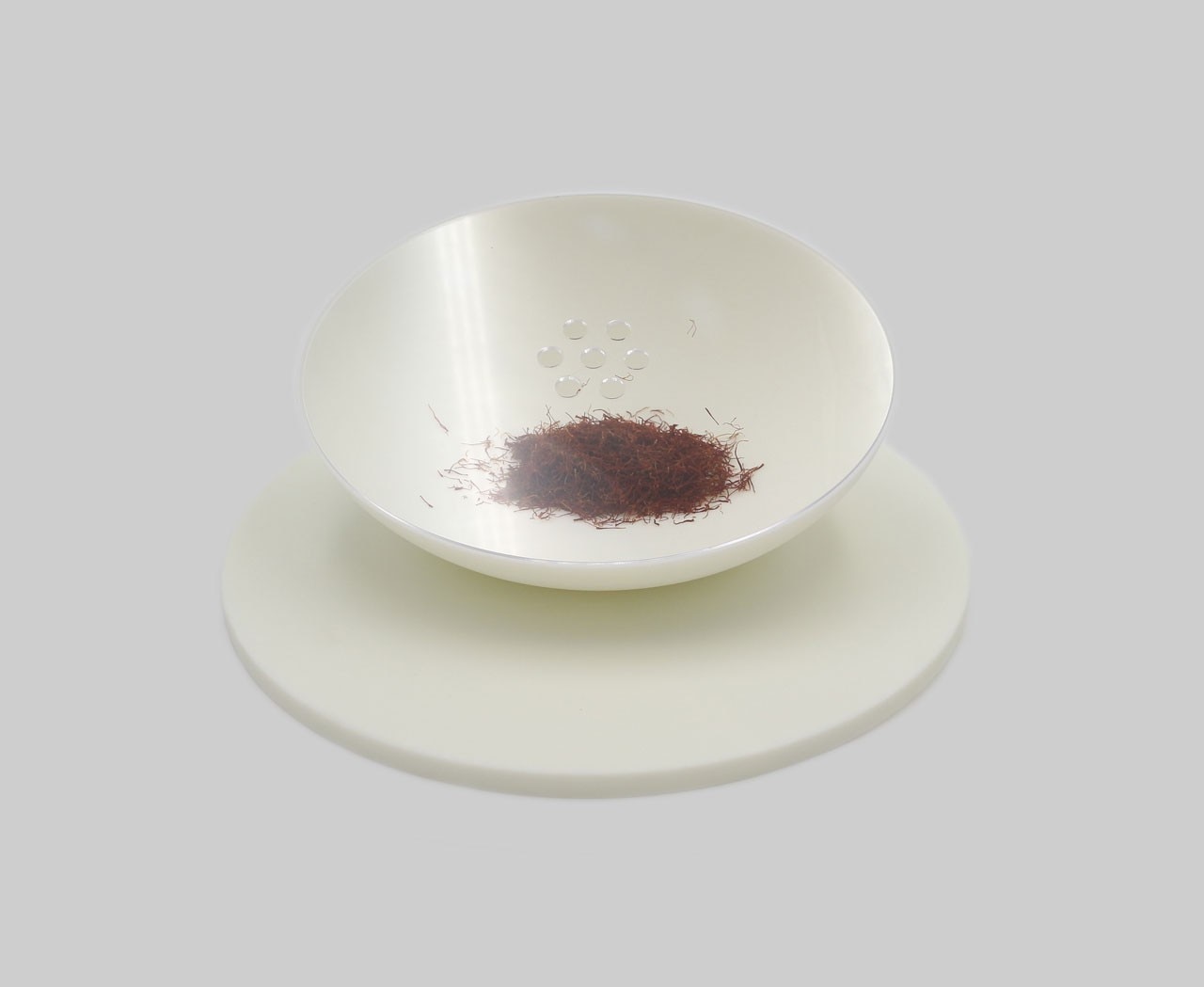
A day in an open city: a journey through “Springtime along the river”
Atlas Studio, Vessels, 2019
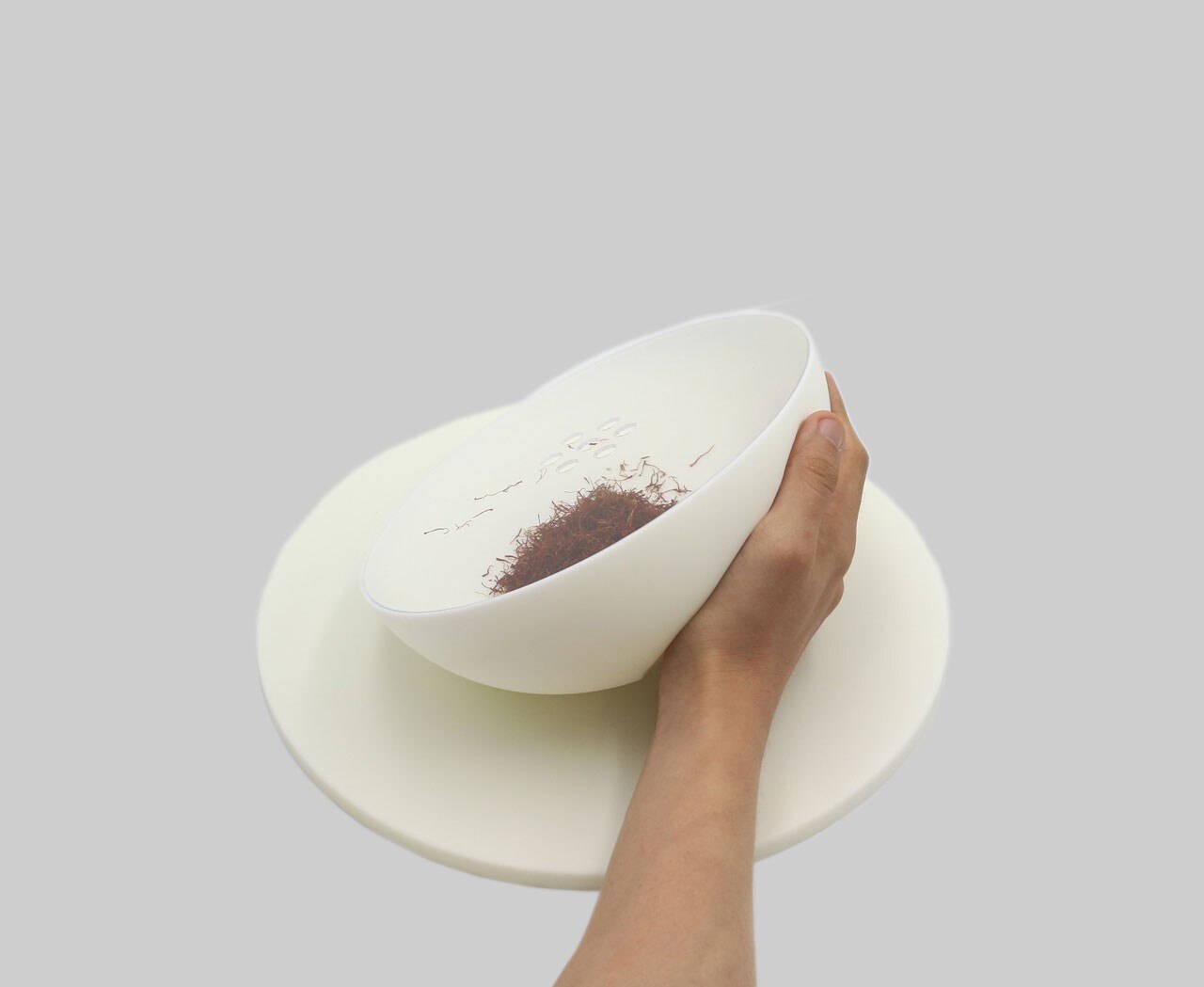
A day in an open city: a journey through “Springtime along the river”
Atlas Studio, Vessels, 2019
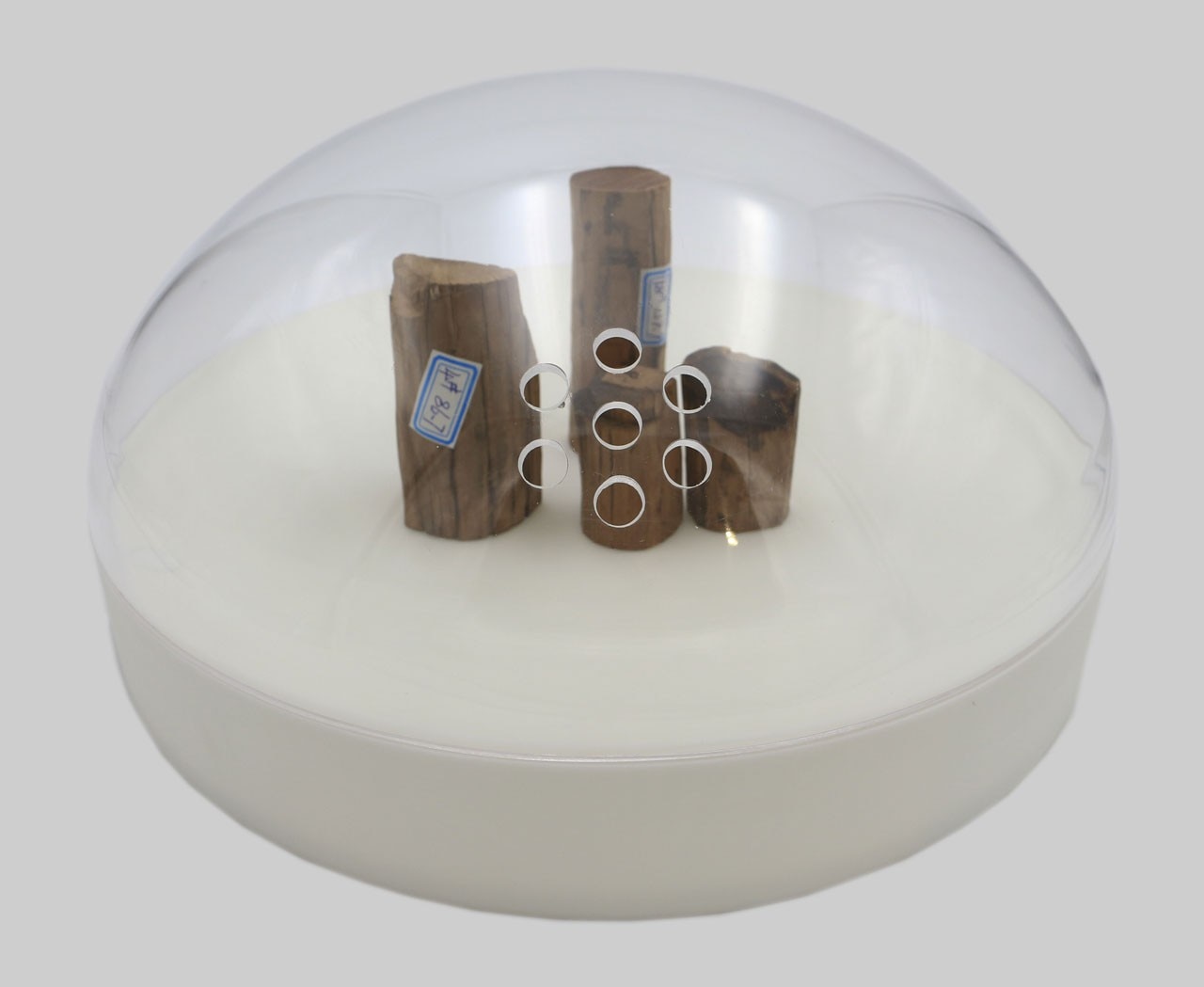
A day in an open city: a journey through “Springtime along the river”
Atlas Studio, Vessels, 2019

A day in an open city: a journey through “Springtime along the river”
Atlas Studio, Vessels, 2019

A day in an open city: a journey through “Springtime along the river”
Atlas Studio, Vessels, 2019

A day in an open city: a journey through “Springtime along the river”
Atlas Studio, Vessels, 2019

A day in an open city: a journey through “Springtime along the river”
Atlas Studio, Vessels, 2019

A day in an open city: a journey through “Springtime along the river”
Atlas Studio, Vessels, 2019

A day in an open city: a journey through “Springtime along the river”
Atlas Studio, Vessels, 2019

A day in an open city: a journey through “Springtime along the river”
Atlas Studio, Vessels, 2019

A day in an open city: a journey through “Springtime along the river”
Atlas Studio, Vessels, 2019

A day in an open city: a journey through “Springtime along the river”
Atlas Studio, Vessels, 2019

A day in an open city: a journey through “Springtime along the river”
Atlas Studio, Vessels, 2019

A day in an open city: a journey through “Springtime along the river”
Atlas Studio, Vessels, 2019

A day in an open city: a journey through “Springtime along the river”
Atlas Studio, Vessels, 2019

A day in an open city: a journey through “Springtime along the river”
Atlas Studio, Vessels, 2019

A day in an open city: a journey through “Springtime along the river”
Atlas Studio, Vessels, 2019

A day in an open city: a journey through “Springtime along the river”
Atlas Studio, Vessels, 2019

A day in an open city: a journey through “Springtime along the river”
Atlas Studio, Vessels, 2019

A day in an open city: a journey through “Springtime along the river”
Atlas Studio, Vessels, 2019

A day in an open city: a journey through “Springtime along the river”
Atlas Studio, Vessels, 2019

A day in an open city: a journey through “Springtime along the river”
Atlas Studio, Vessels, 2019
Lastly, Nod Young’s installation referred to the times of the day in eight capital cities in China, recording the sky from the morning to the night, in reference to the painting’s spatial and temporal character. The recording of skies was printed on fans, which were also named as “bianmian” – literally convenient face – a tool to shield one’s face in public contexts to avoid being seen or greeting people inadvertently met.
- Exhibition title:
- A day in an open city: a journey through “Springtime along the river”
- Curated by:
- Beatrice Leanza, B/Side Design
- Venue:
- Asian World Expo
- Designers:
- Atlas, BenWu Studio, FIELD, HVN Studio, LAVA Beijing, MAT Office, Pinwu Design Studio, Weestar Studio, Nod Young
- Organized by:
- The Palace Museum (Beijing) and Phoenix TV, with Bank of China (Hong Kong) as chief charity partner
- Opening dates:
- July 26 – August 25, 2019


